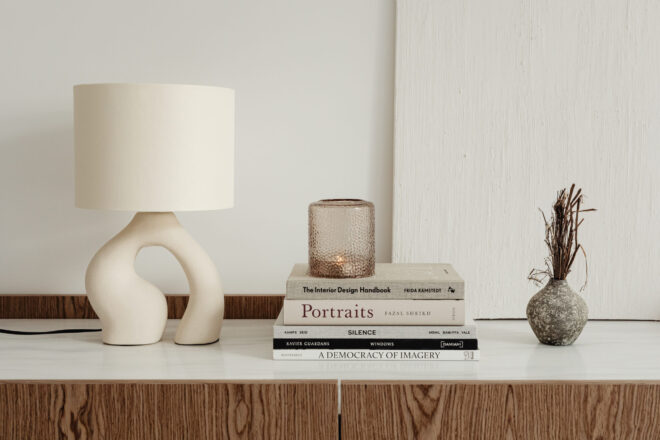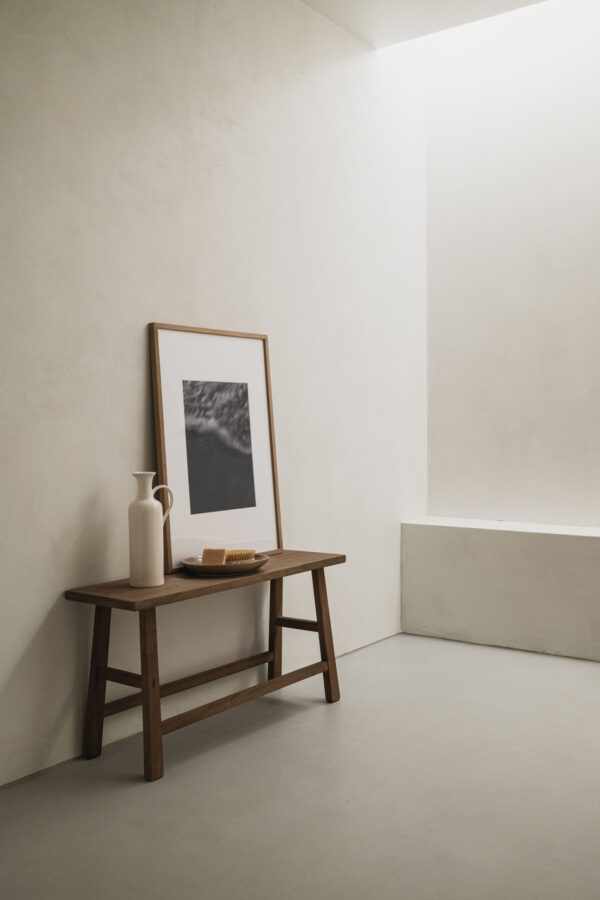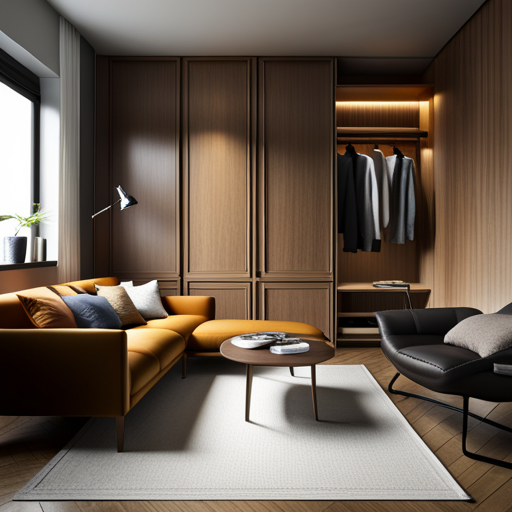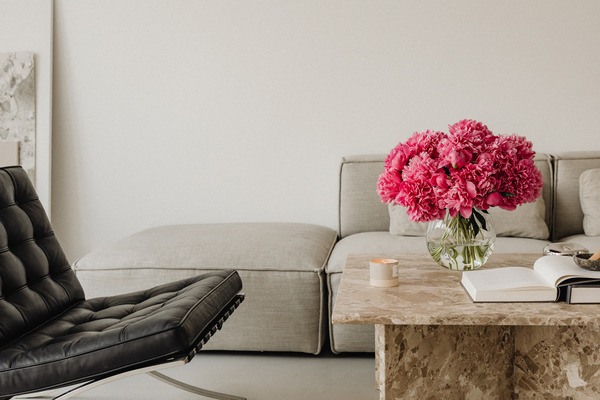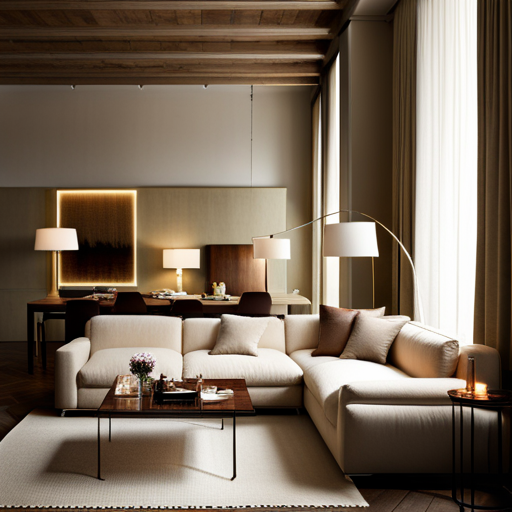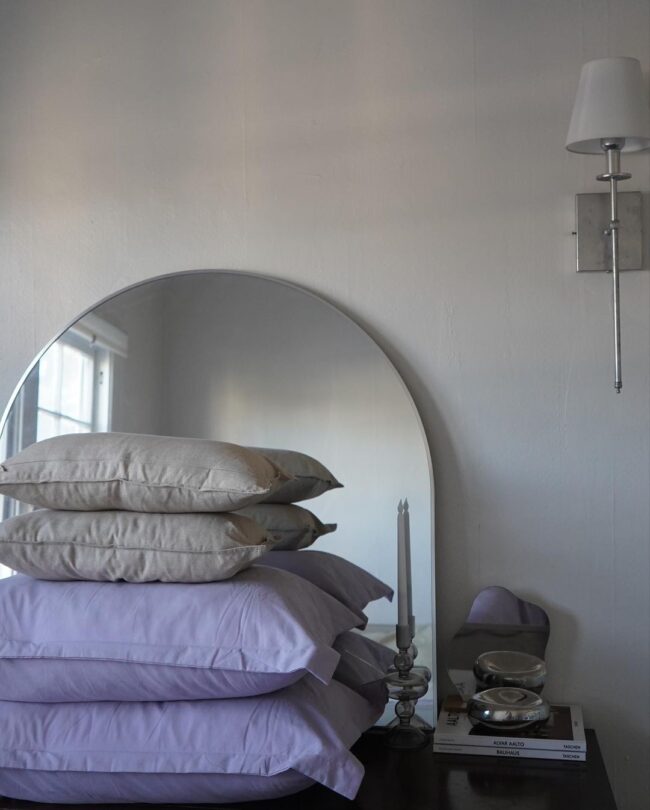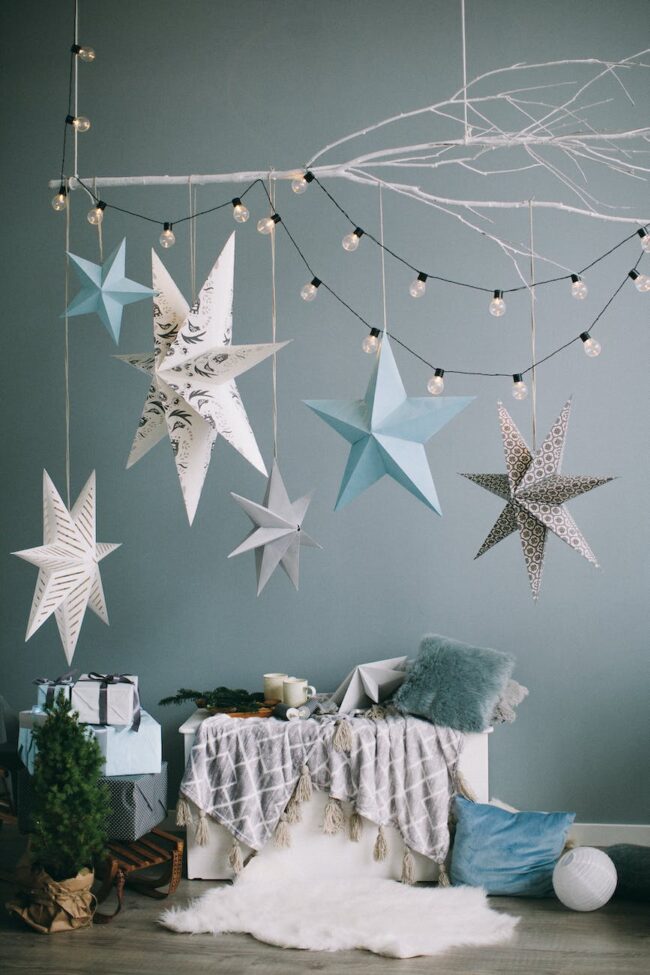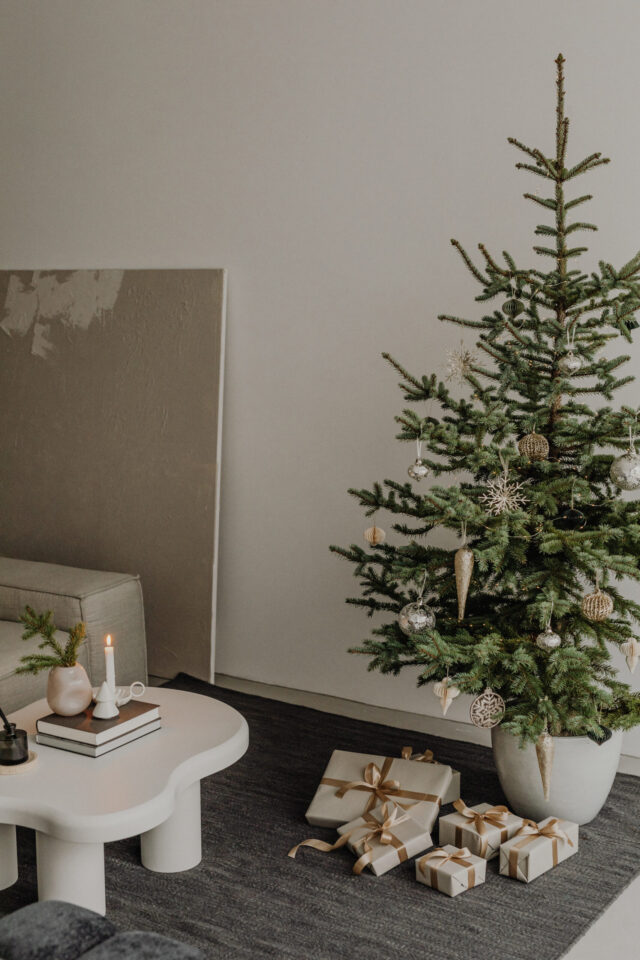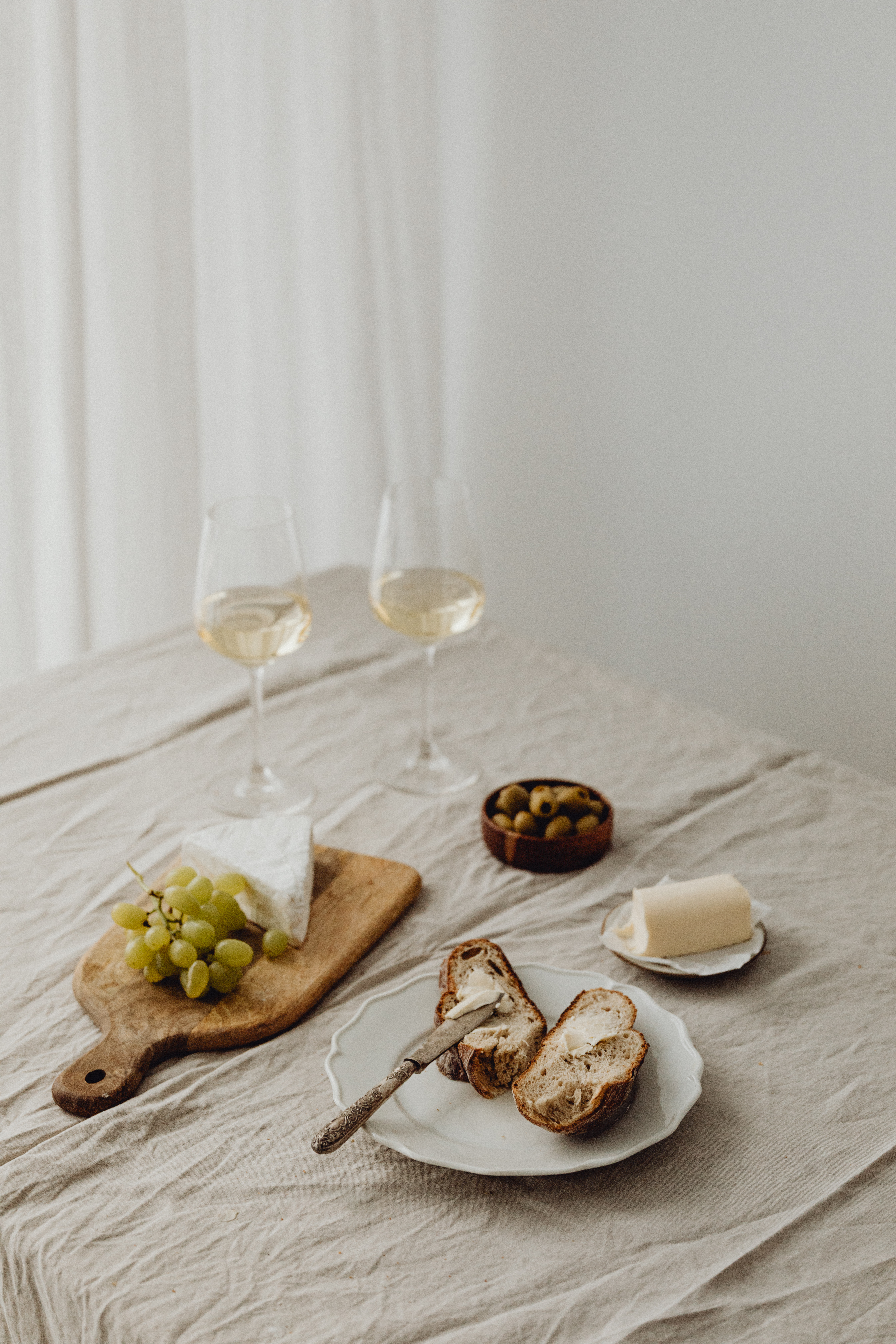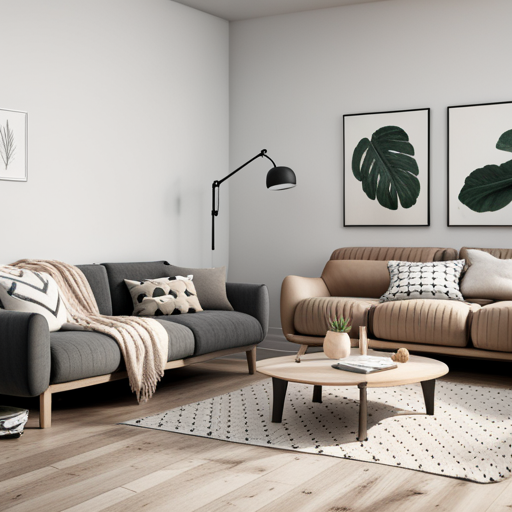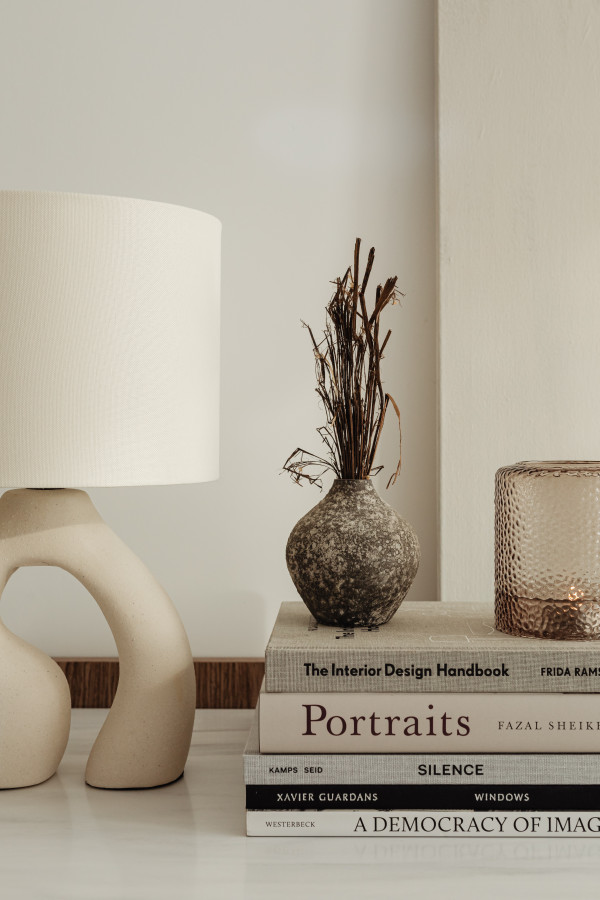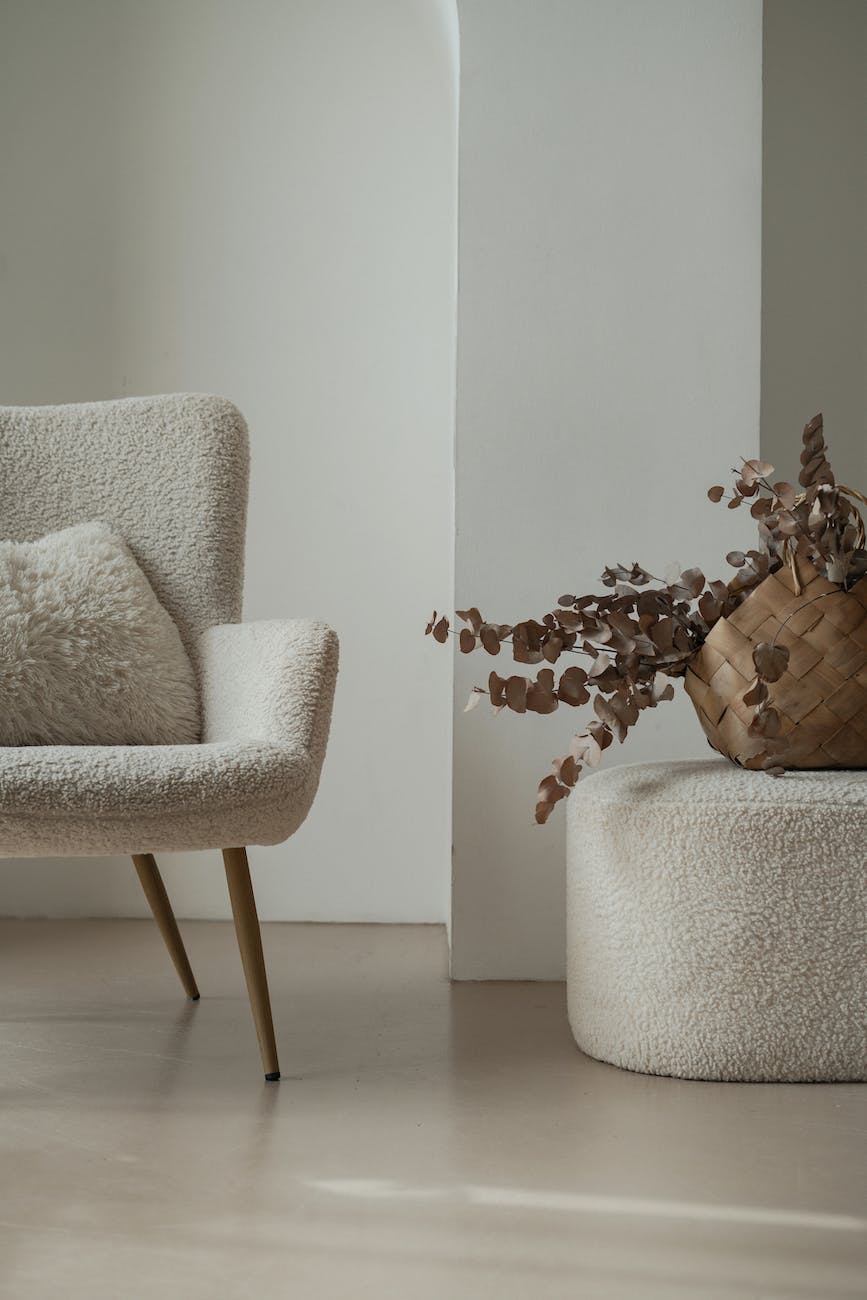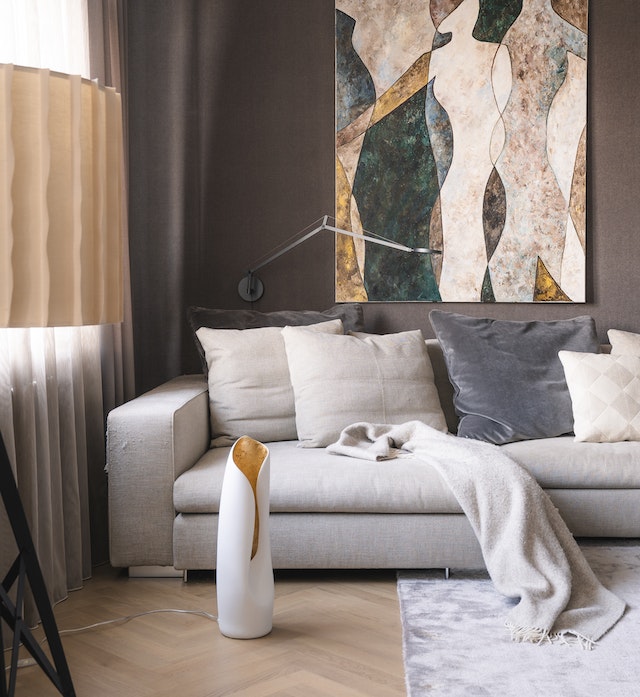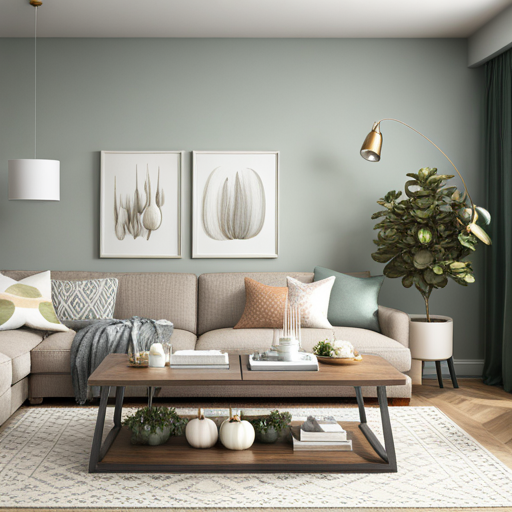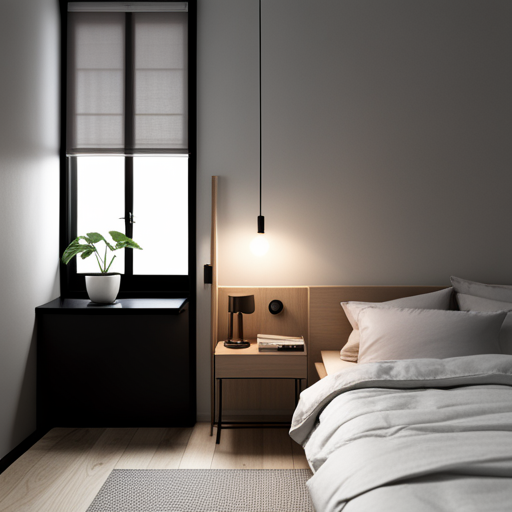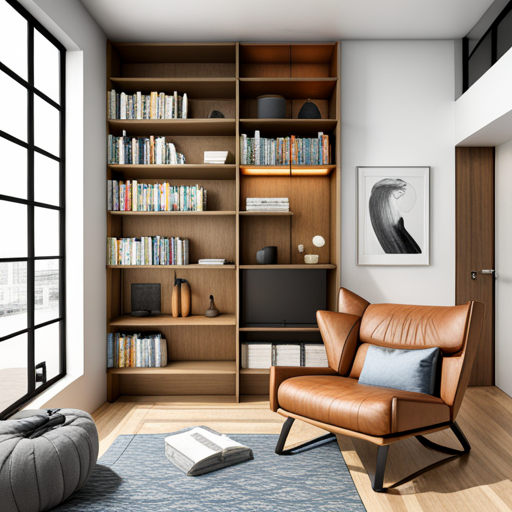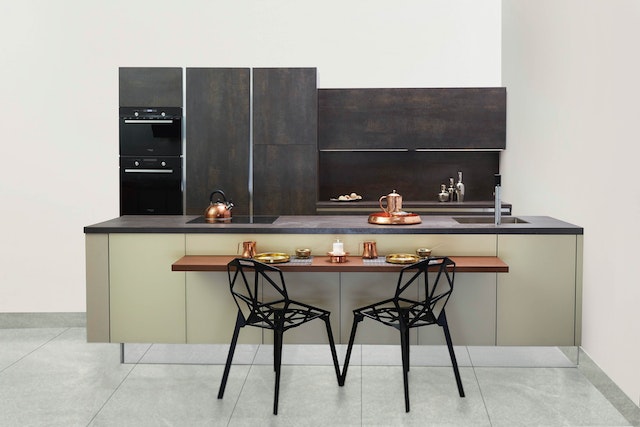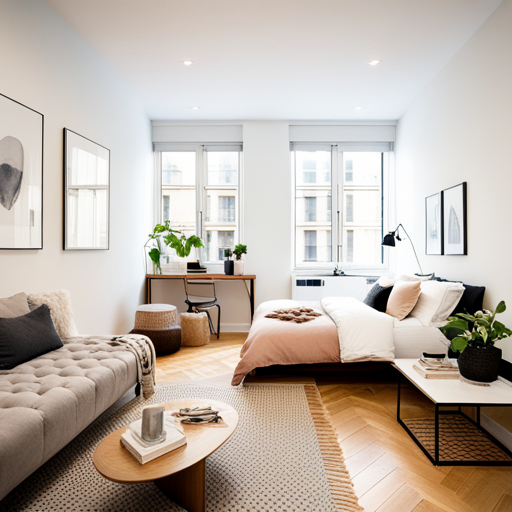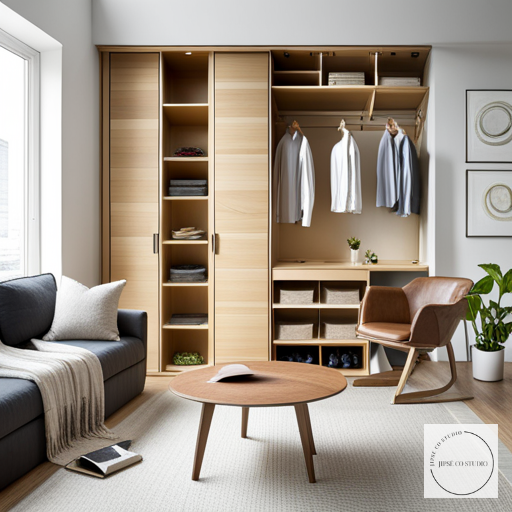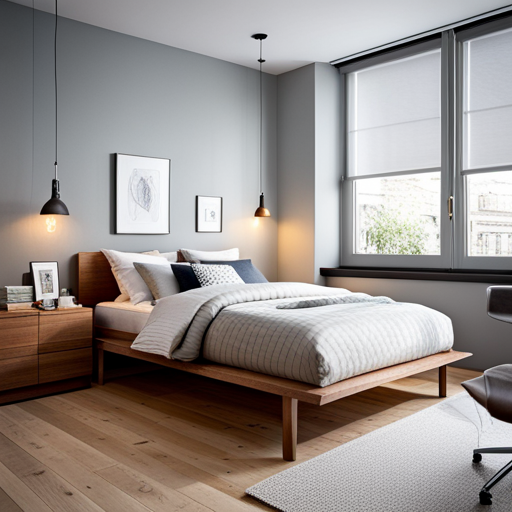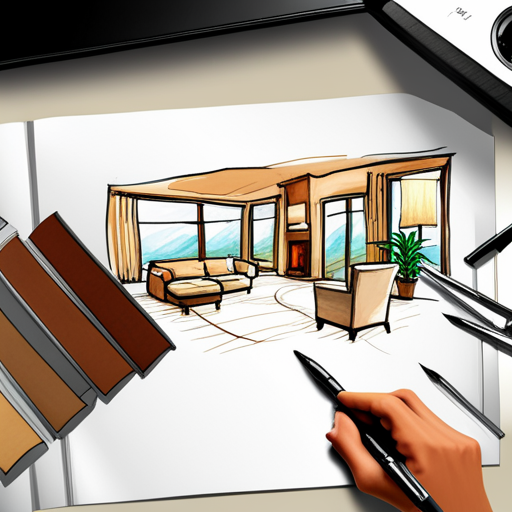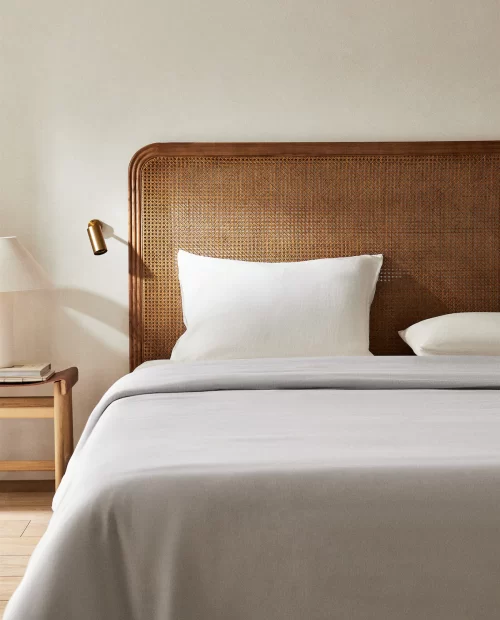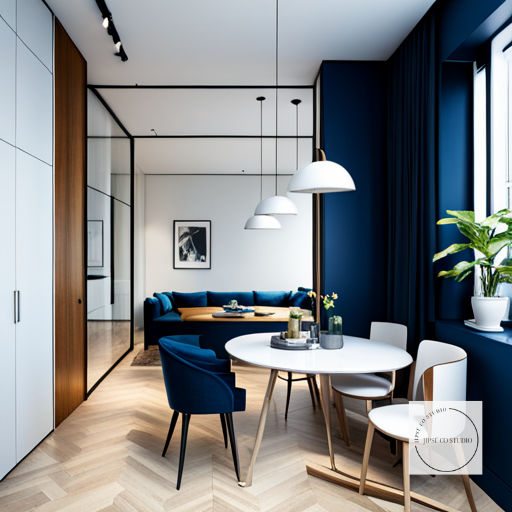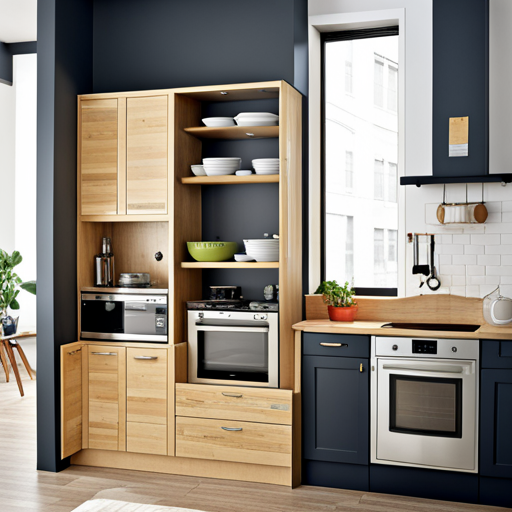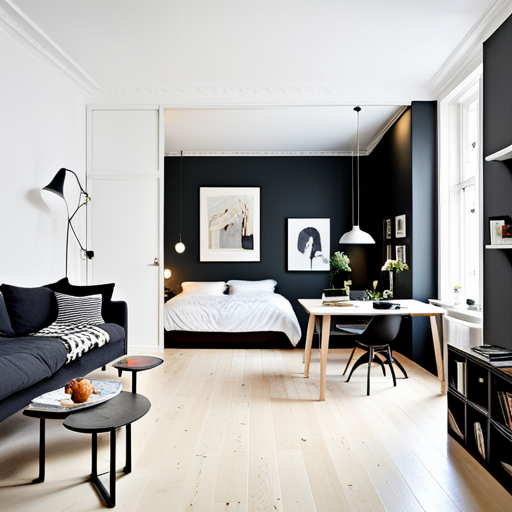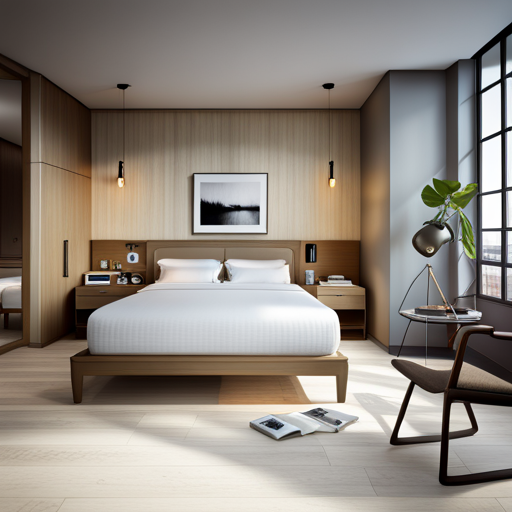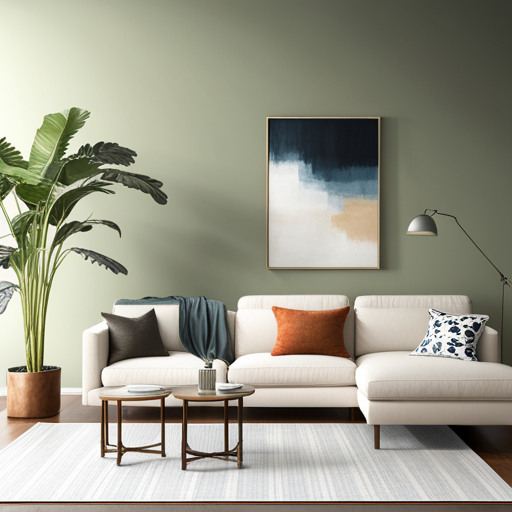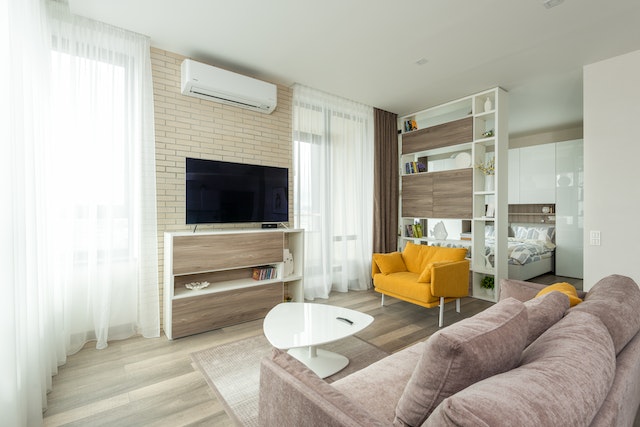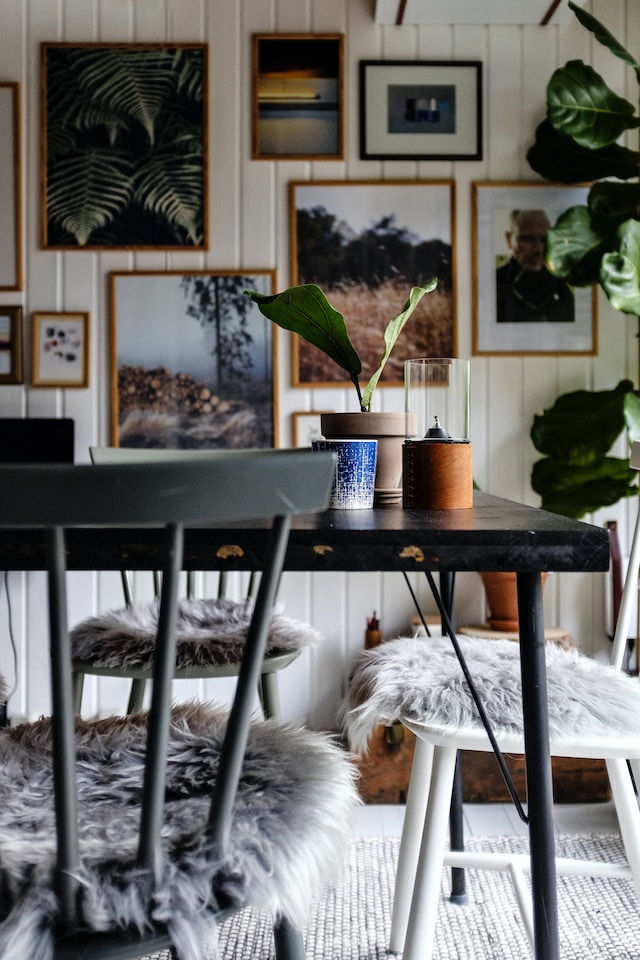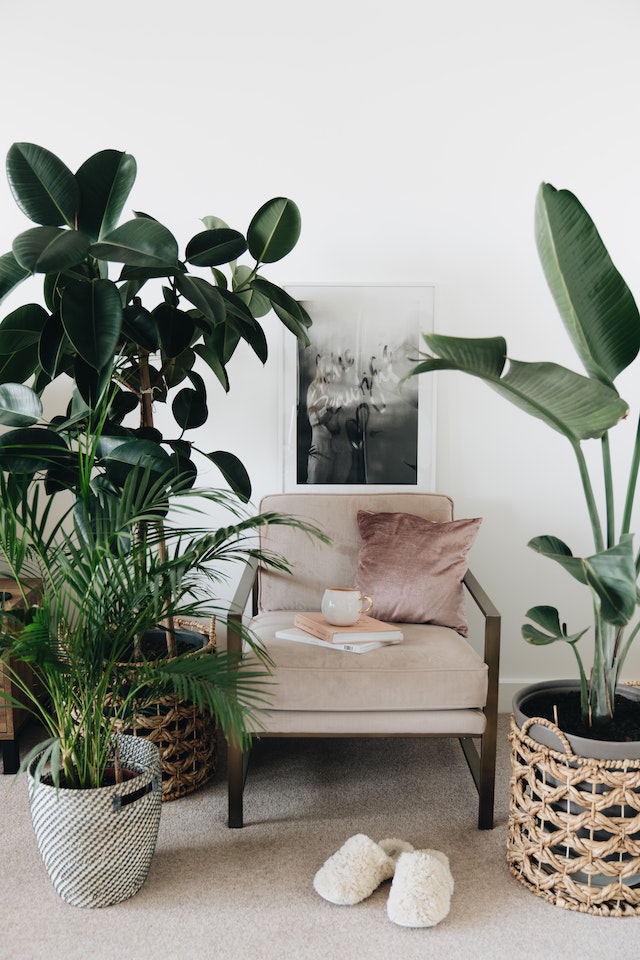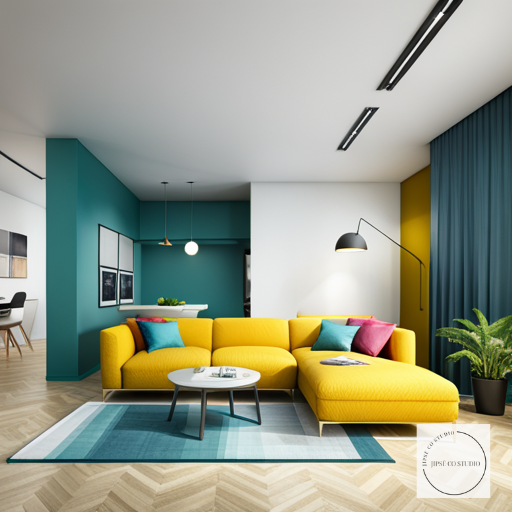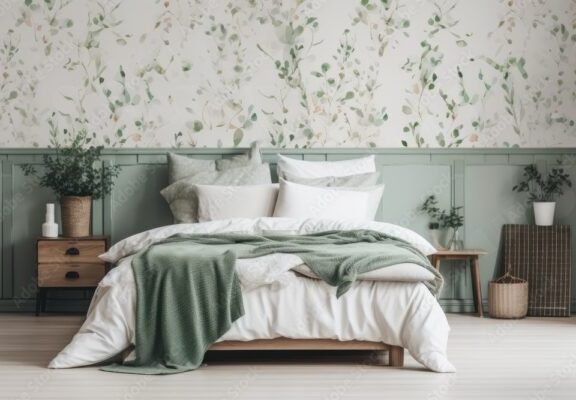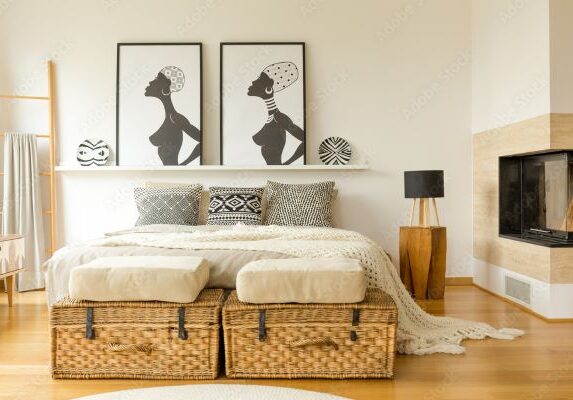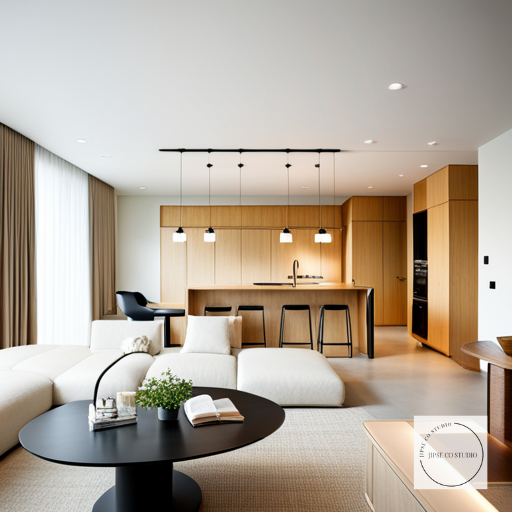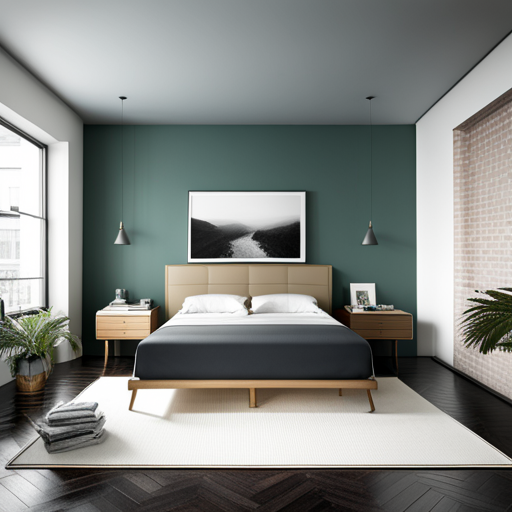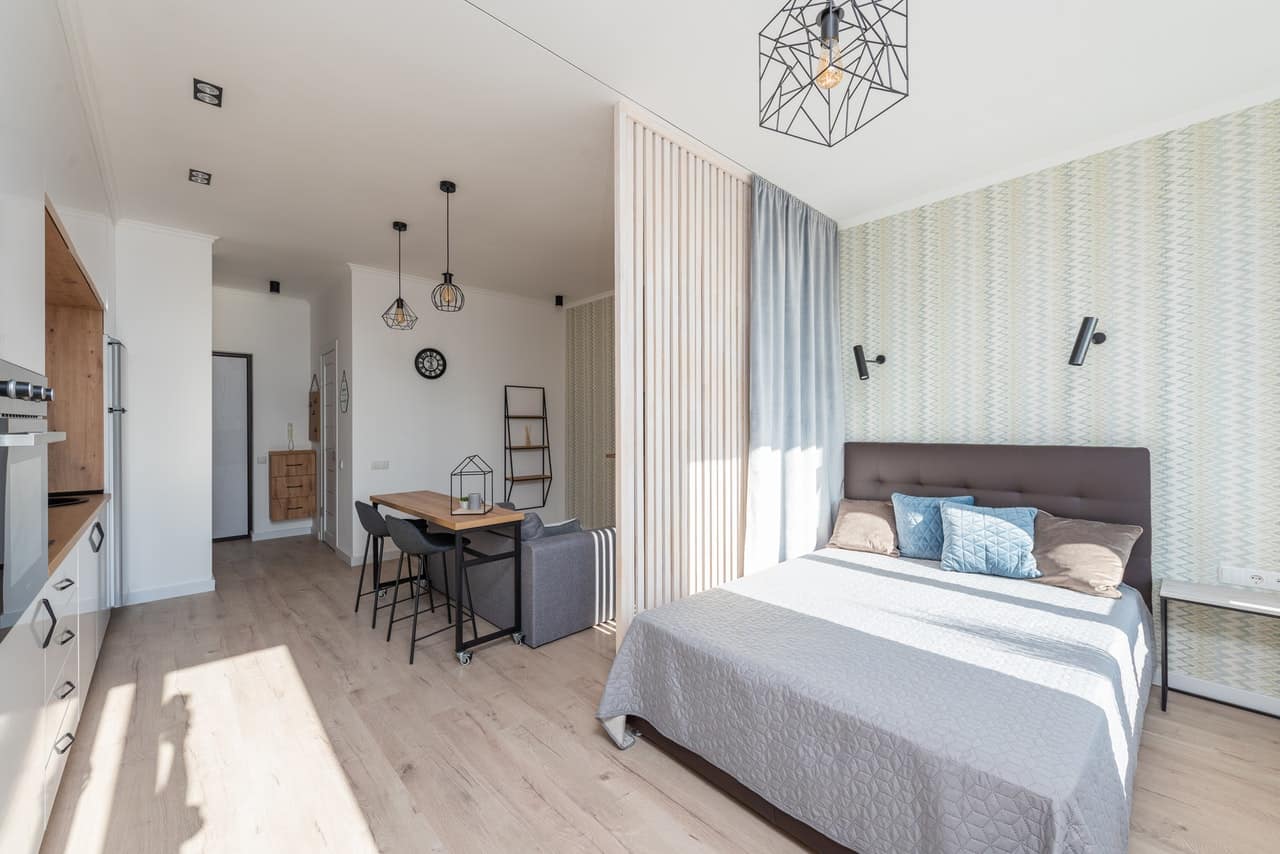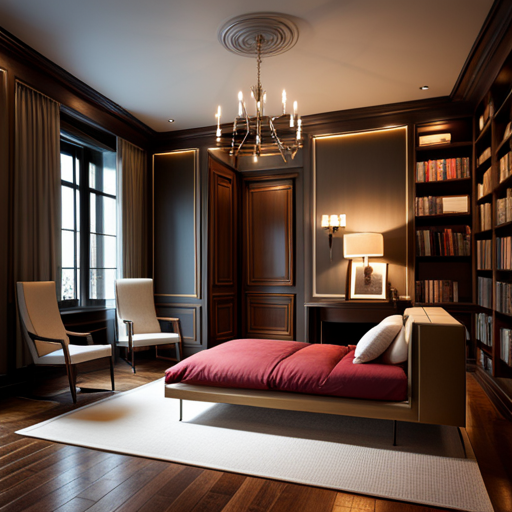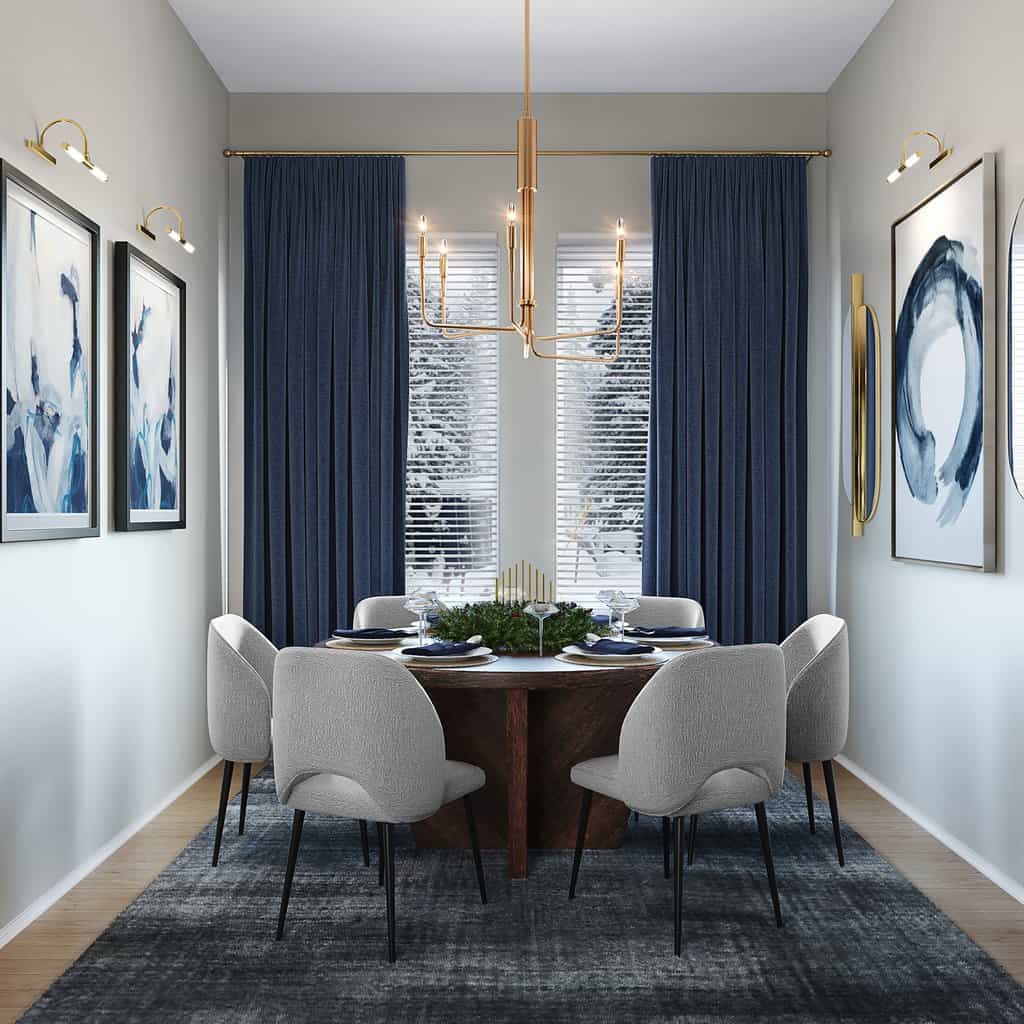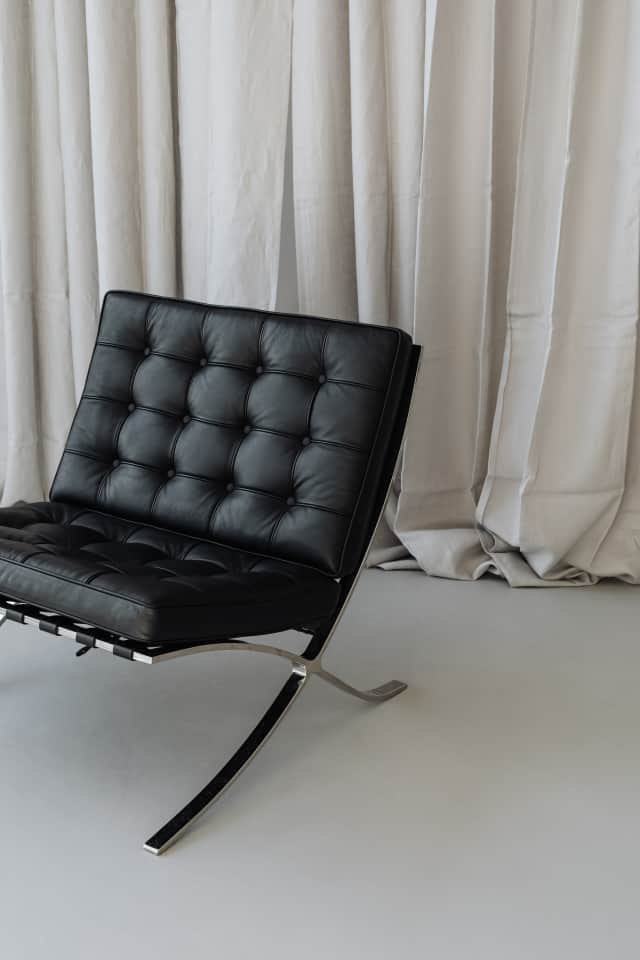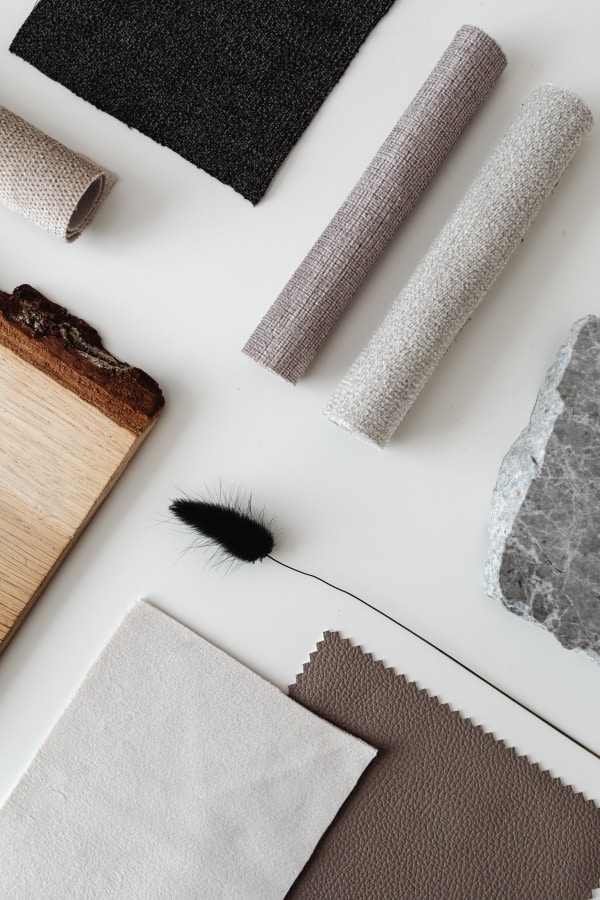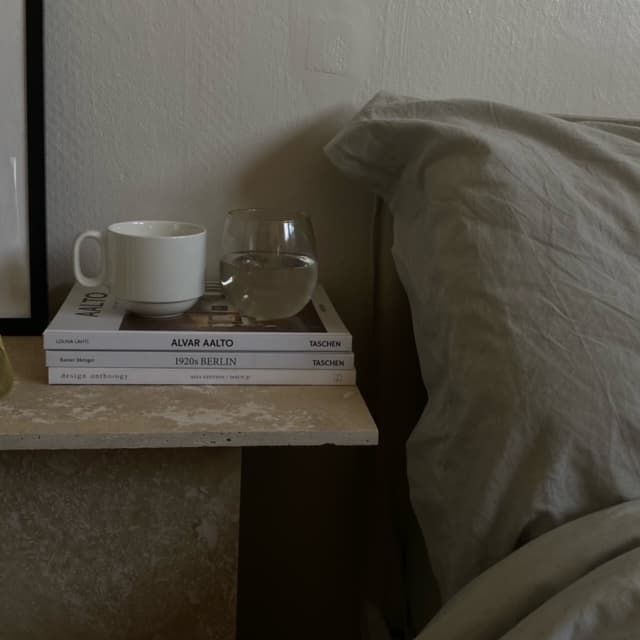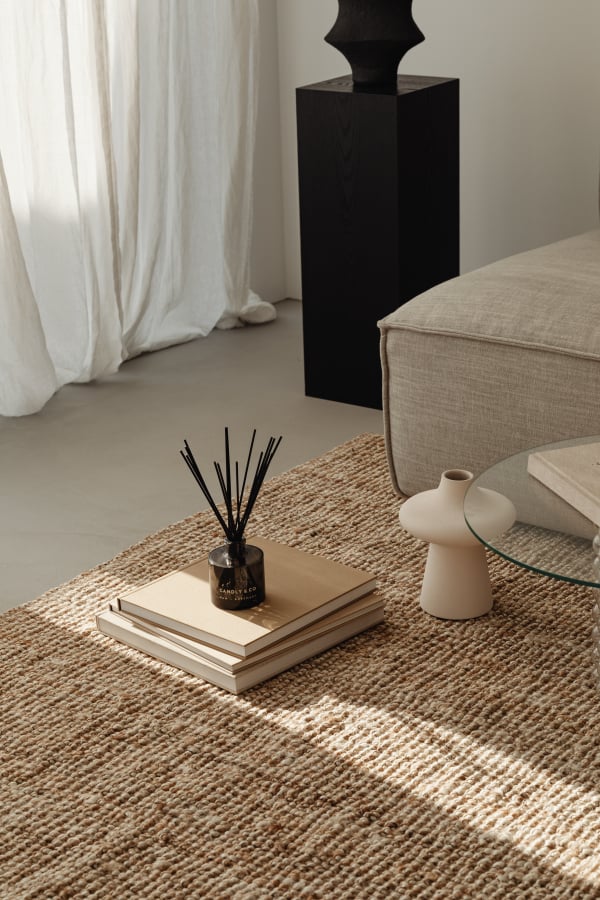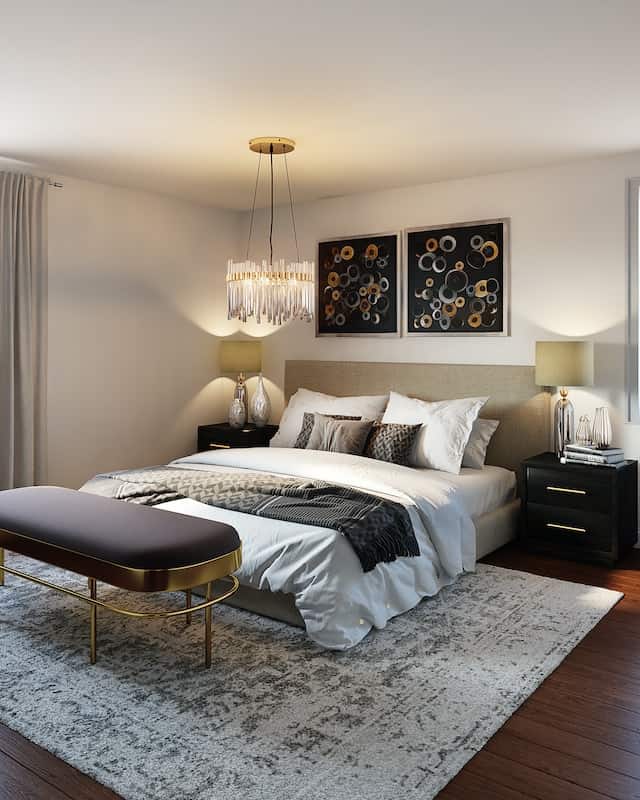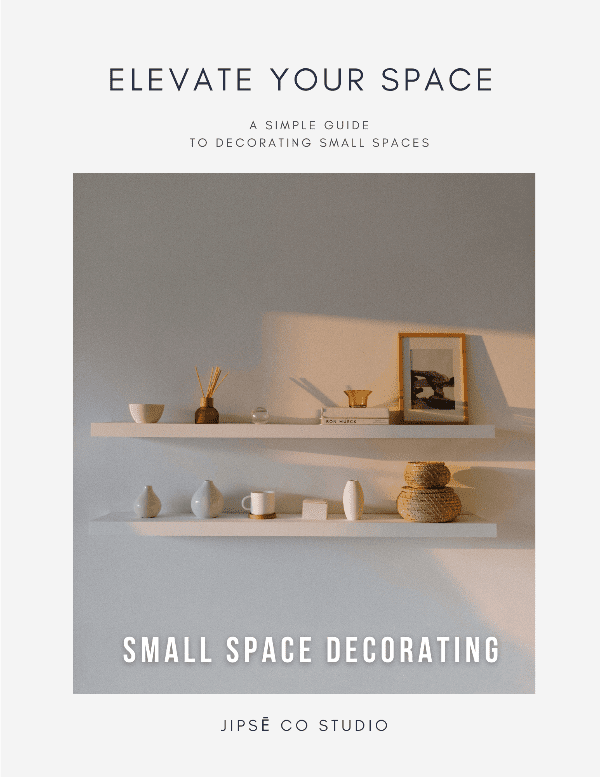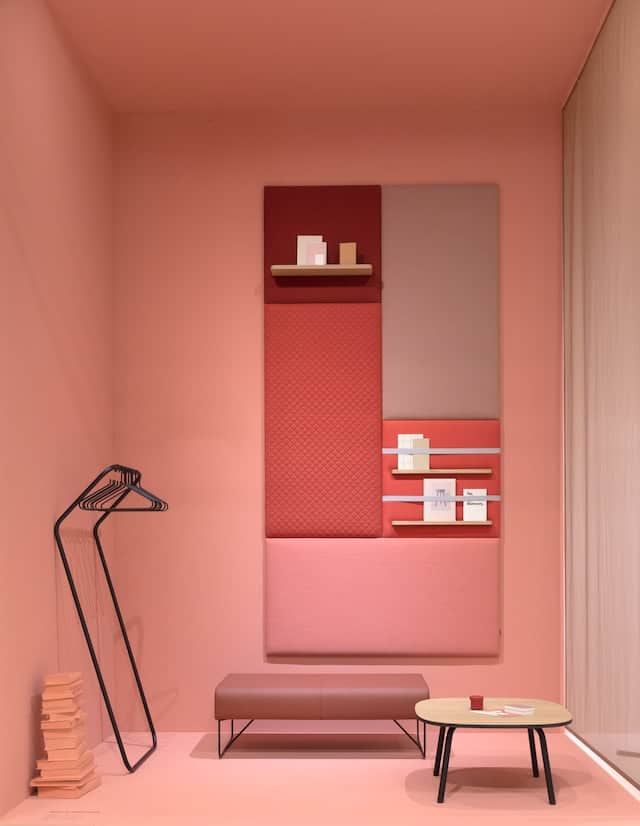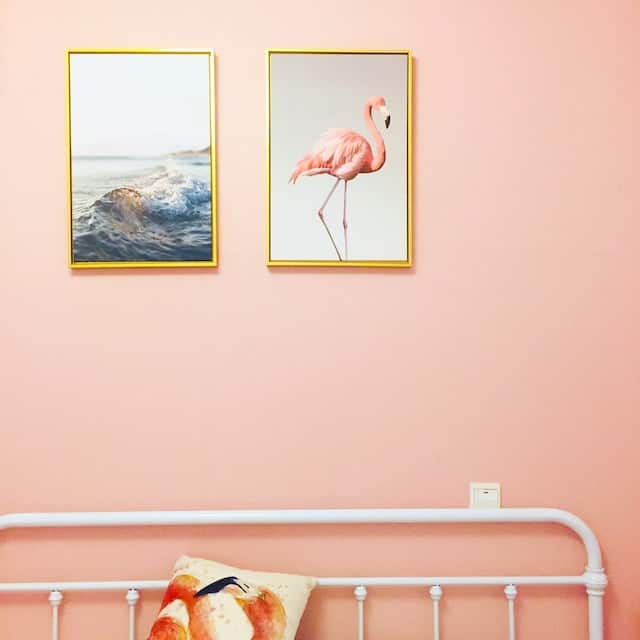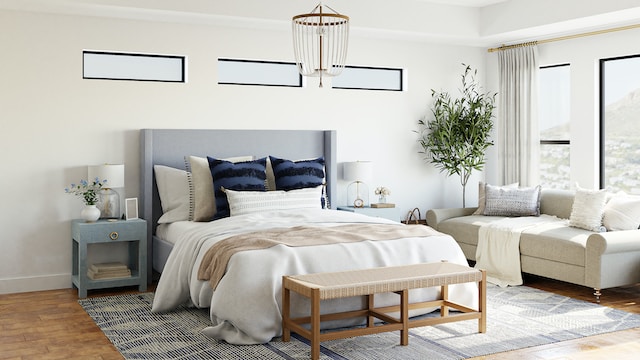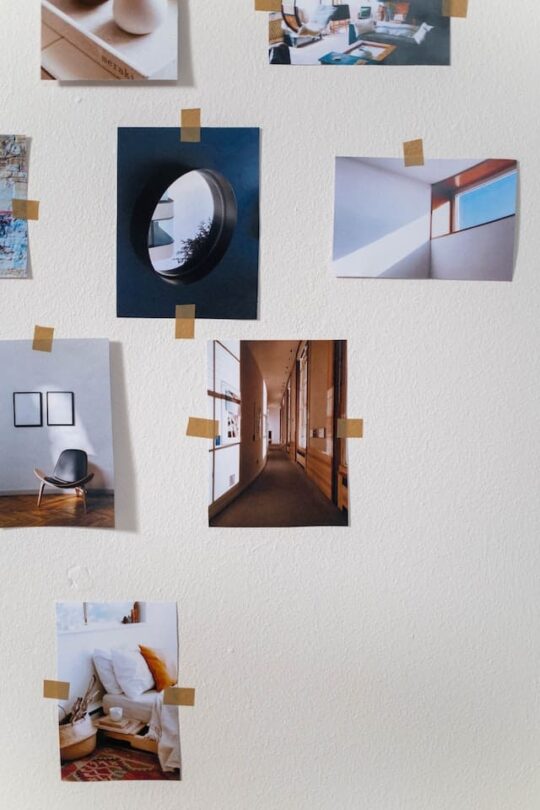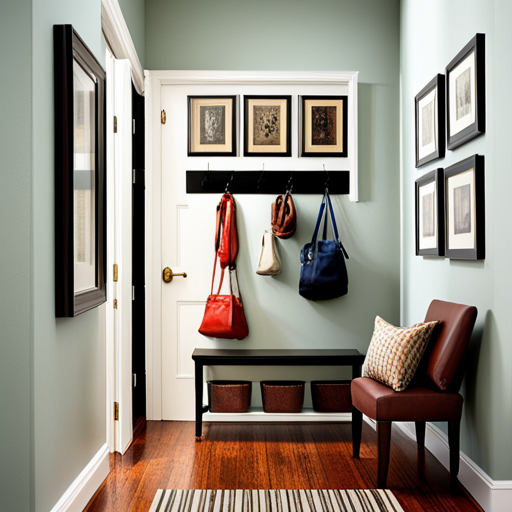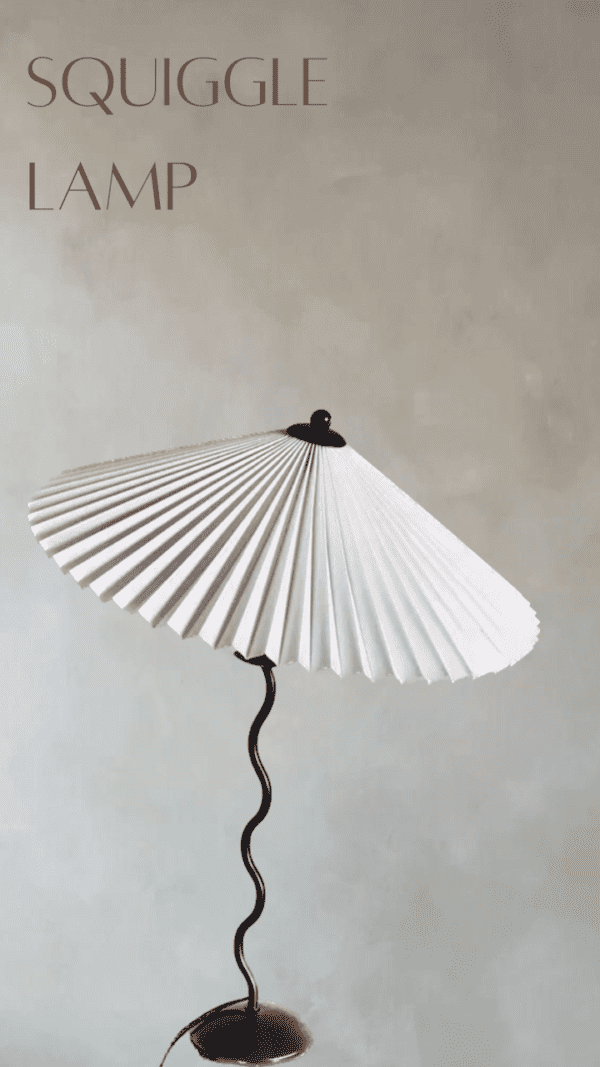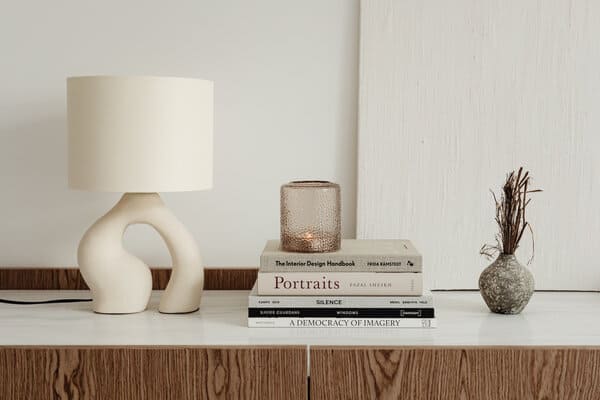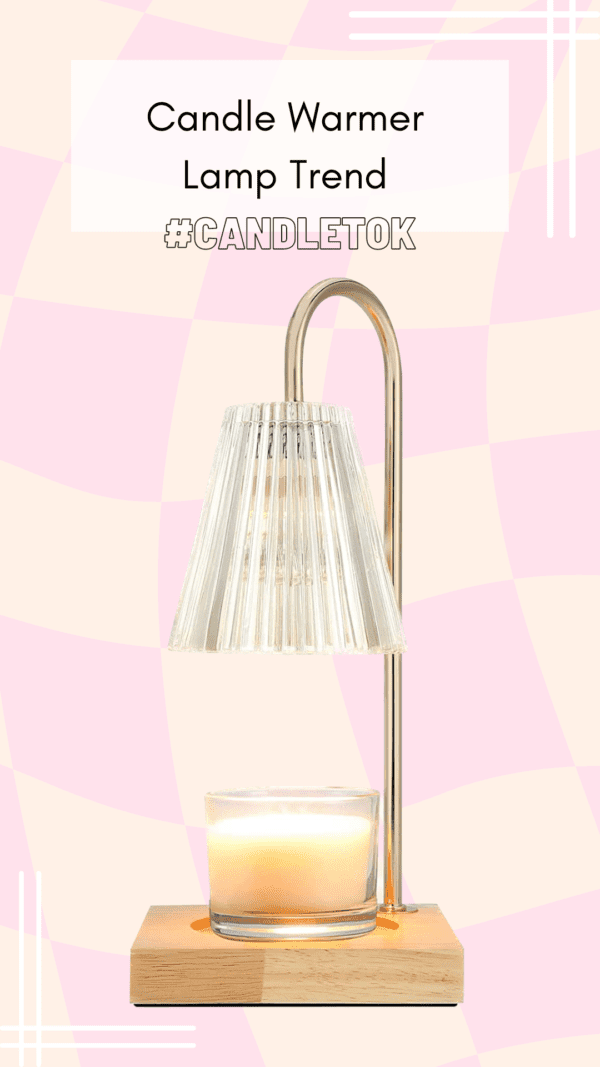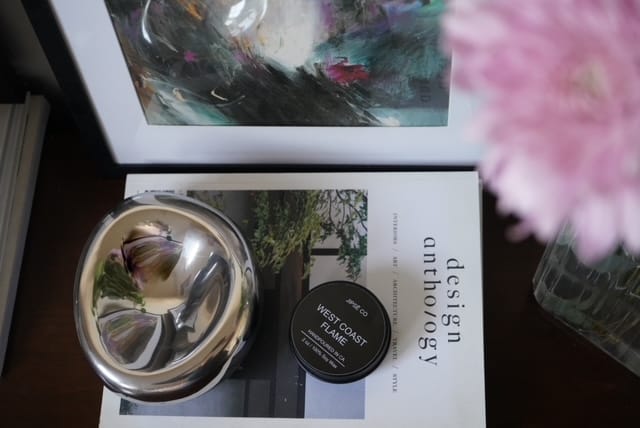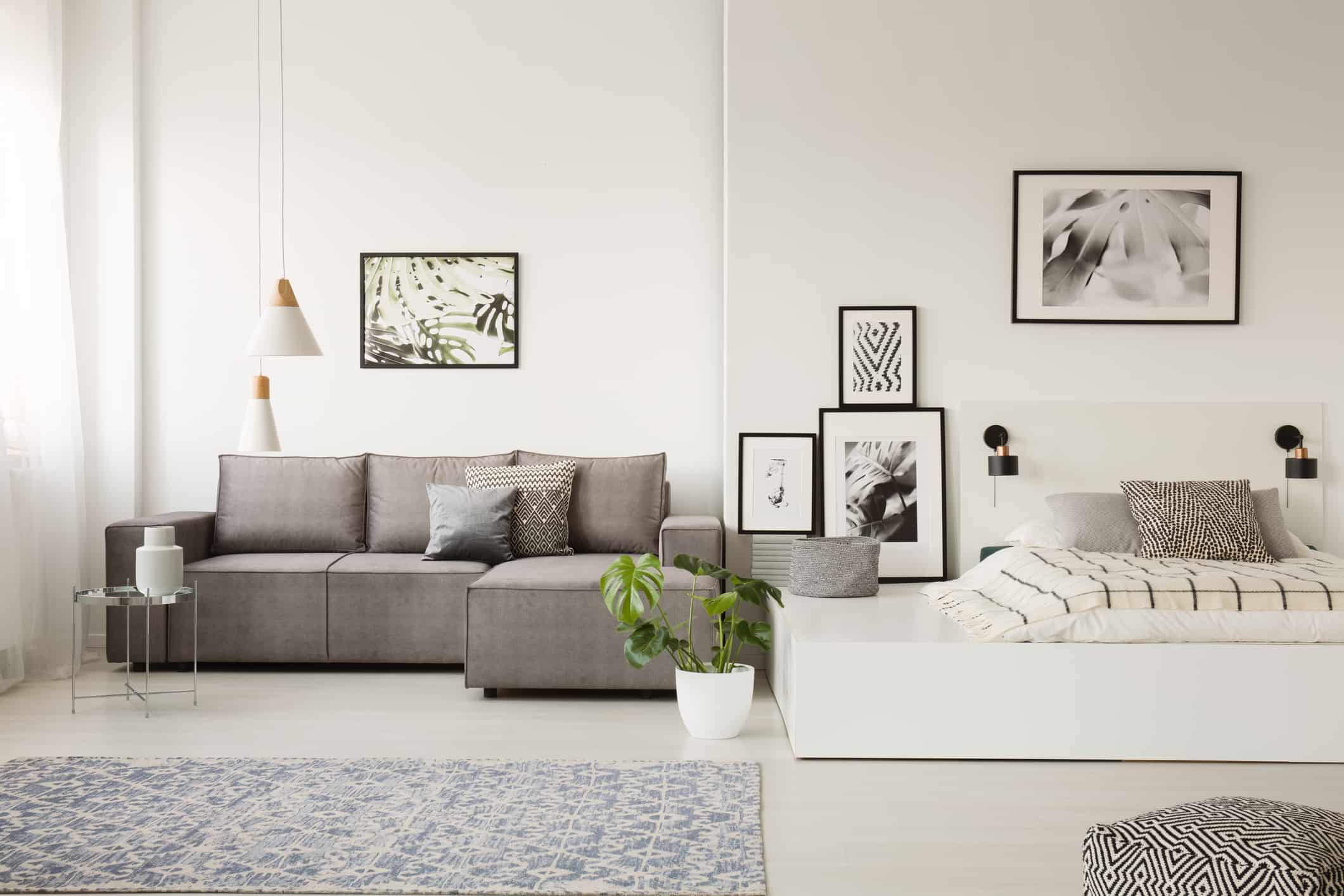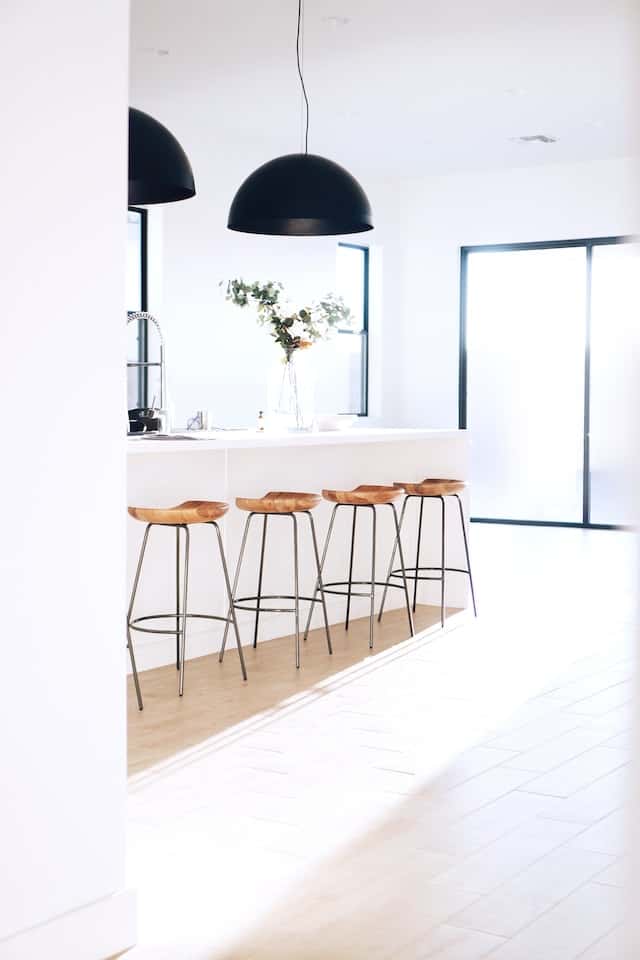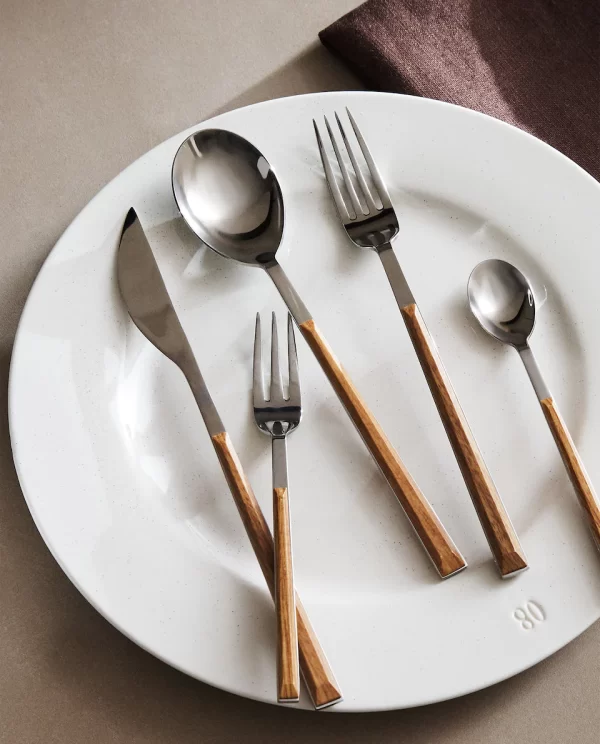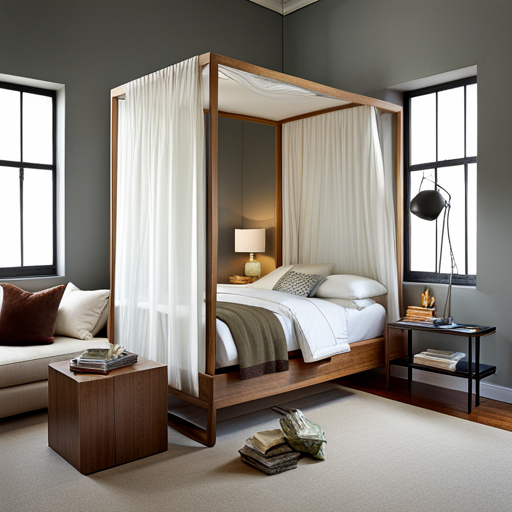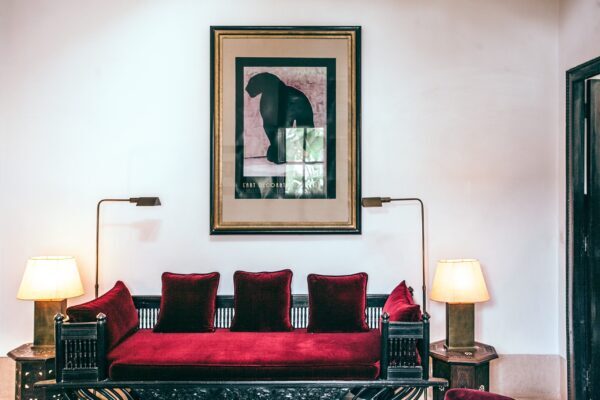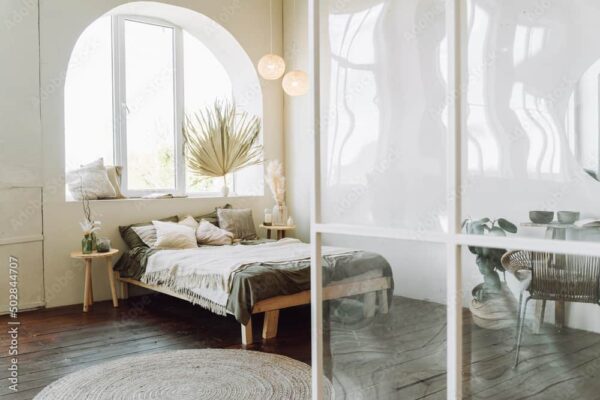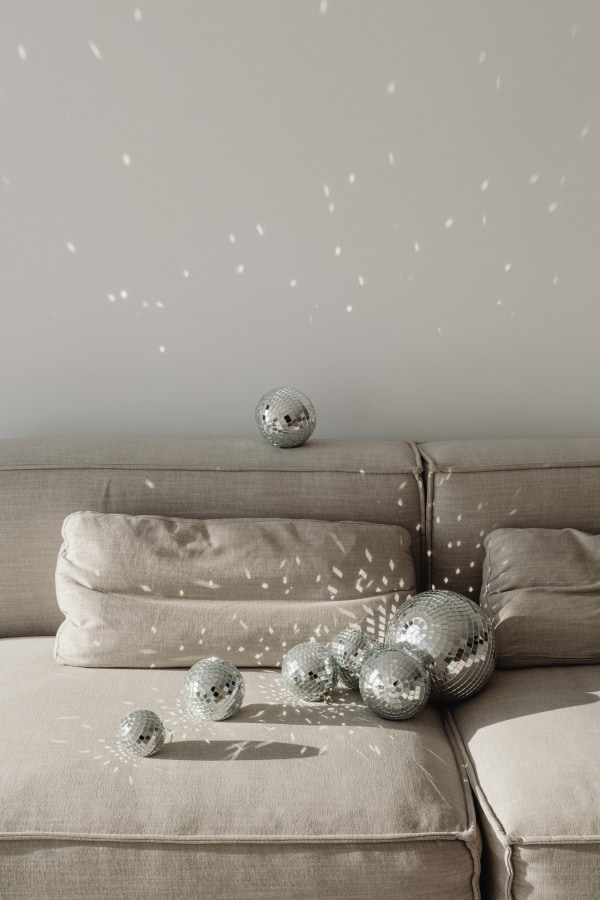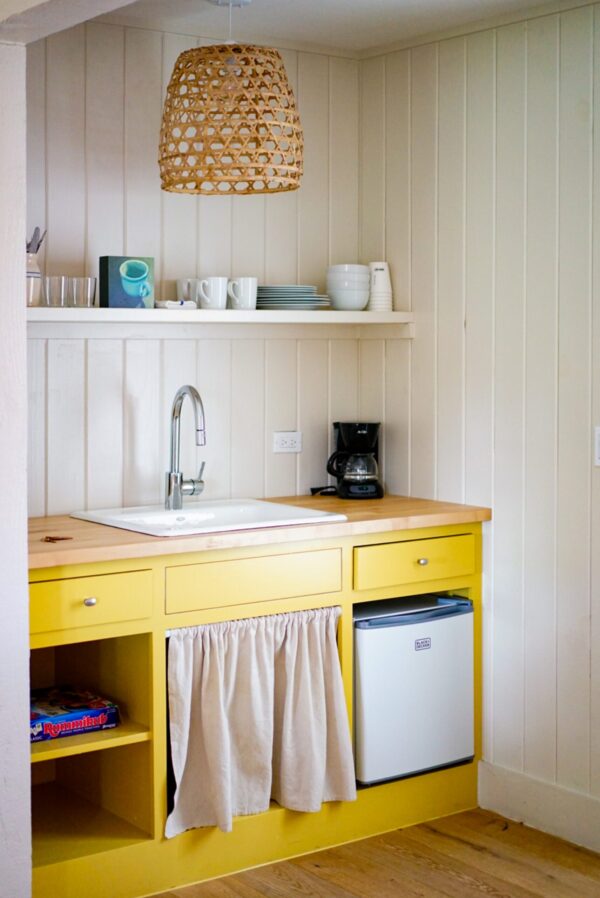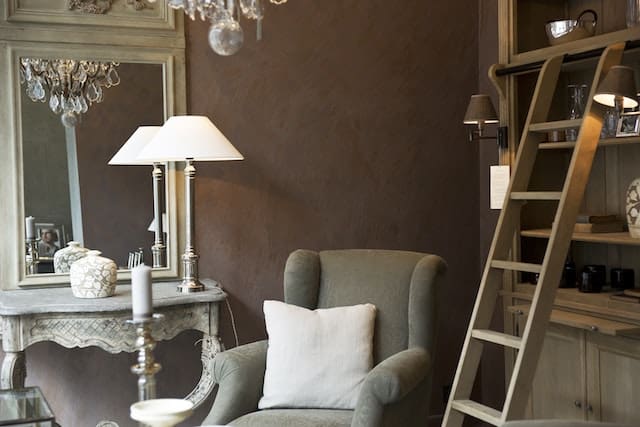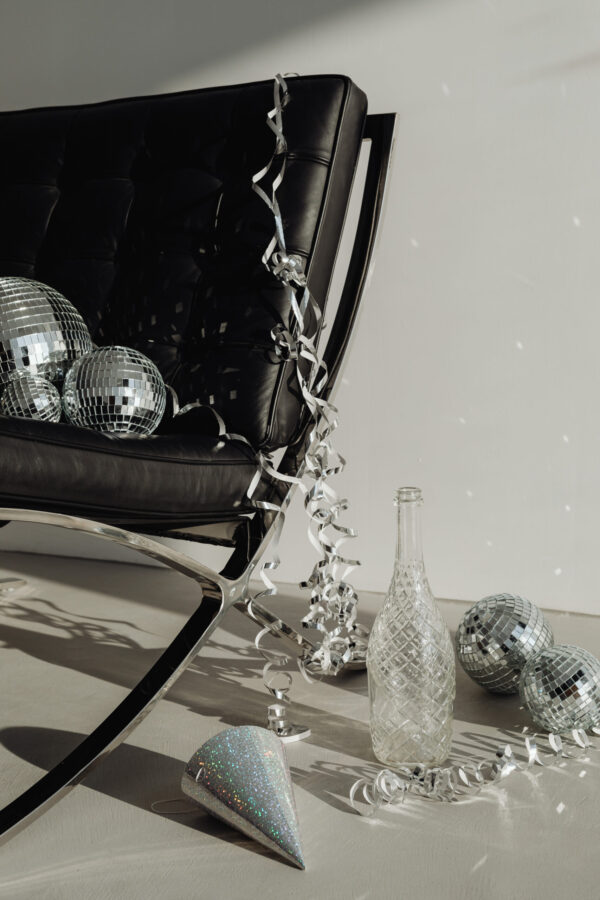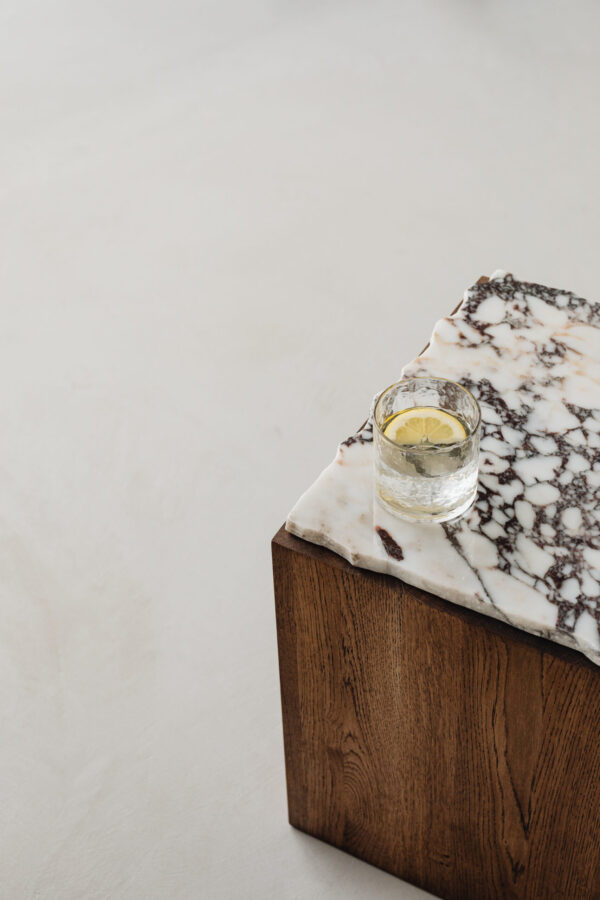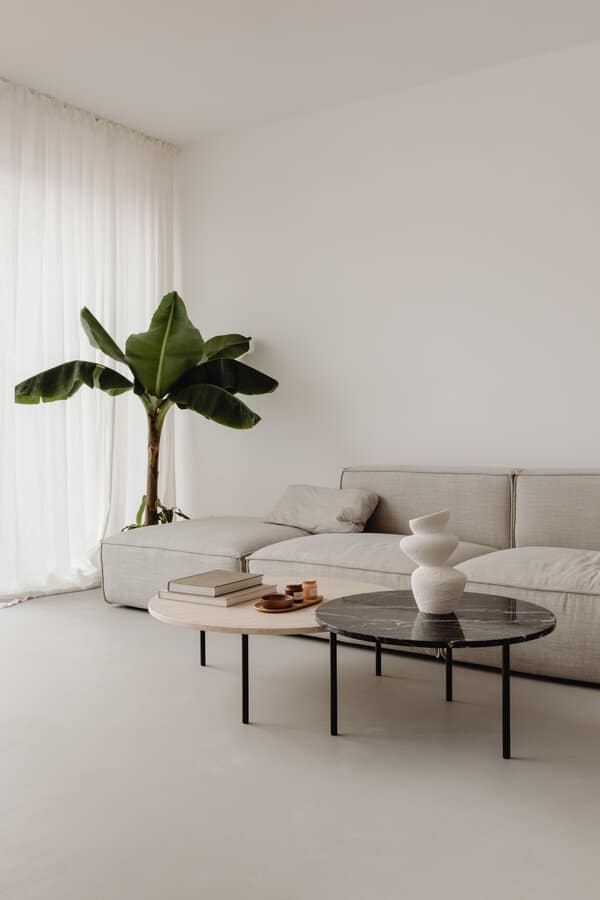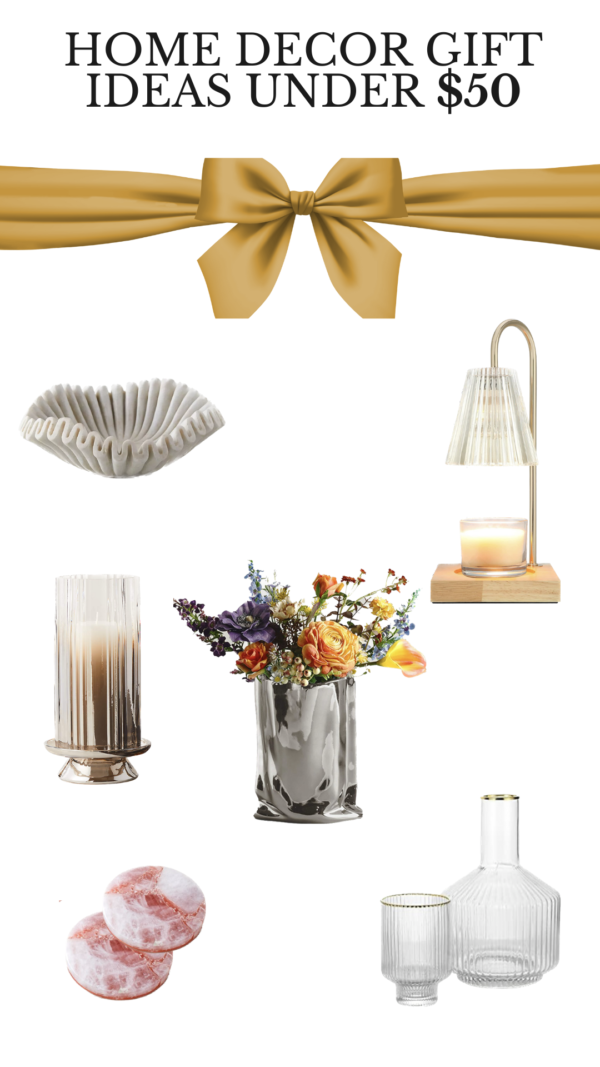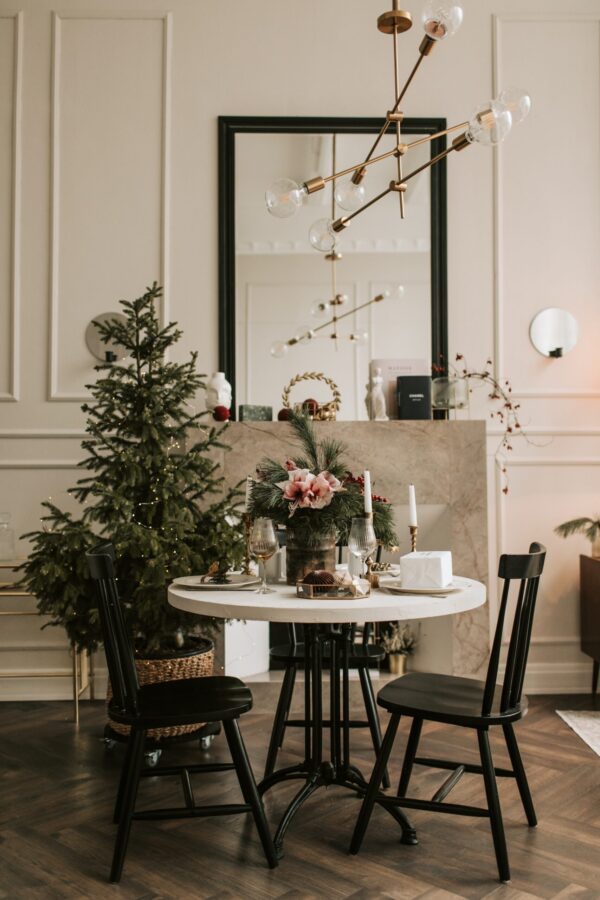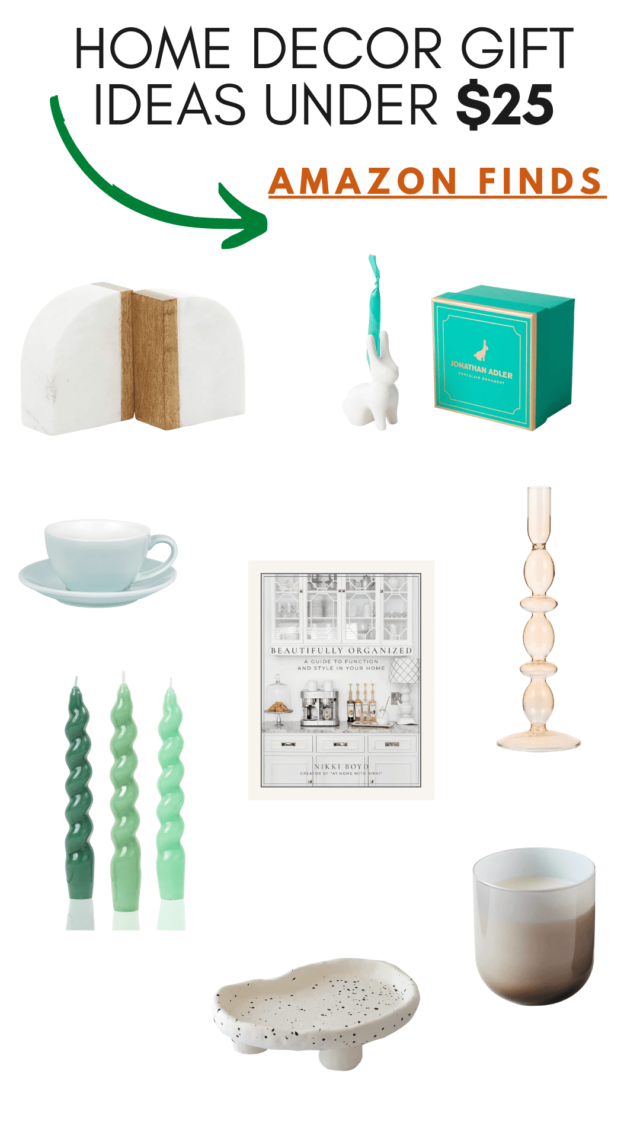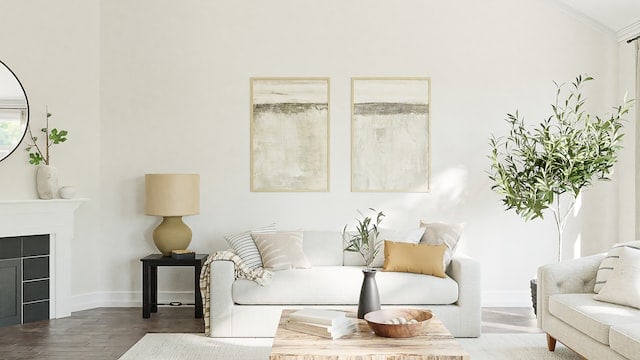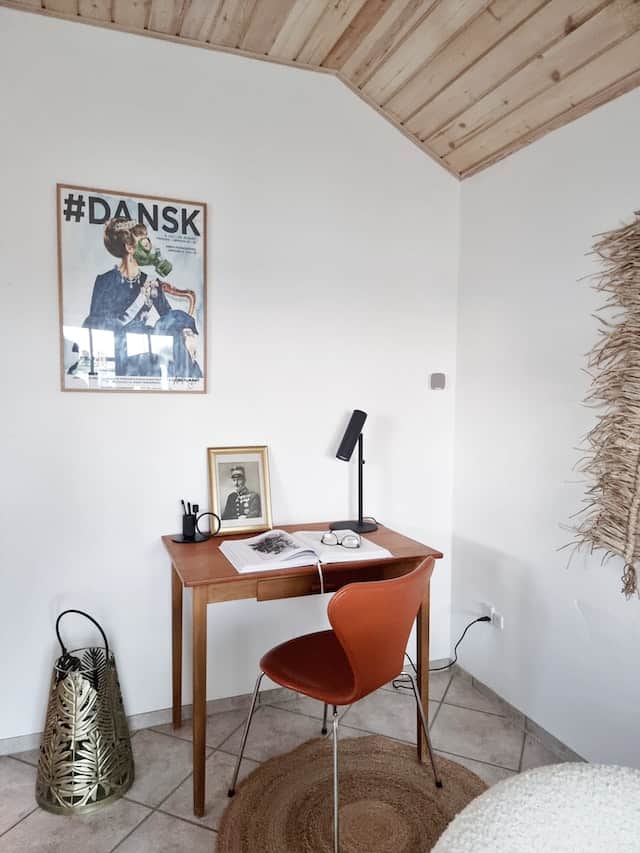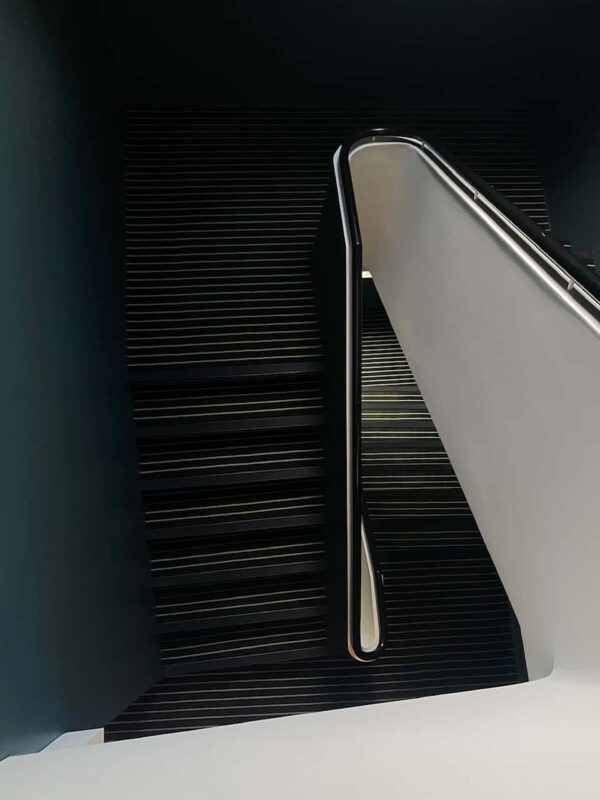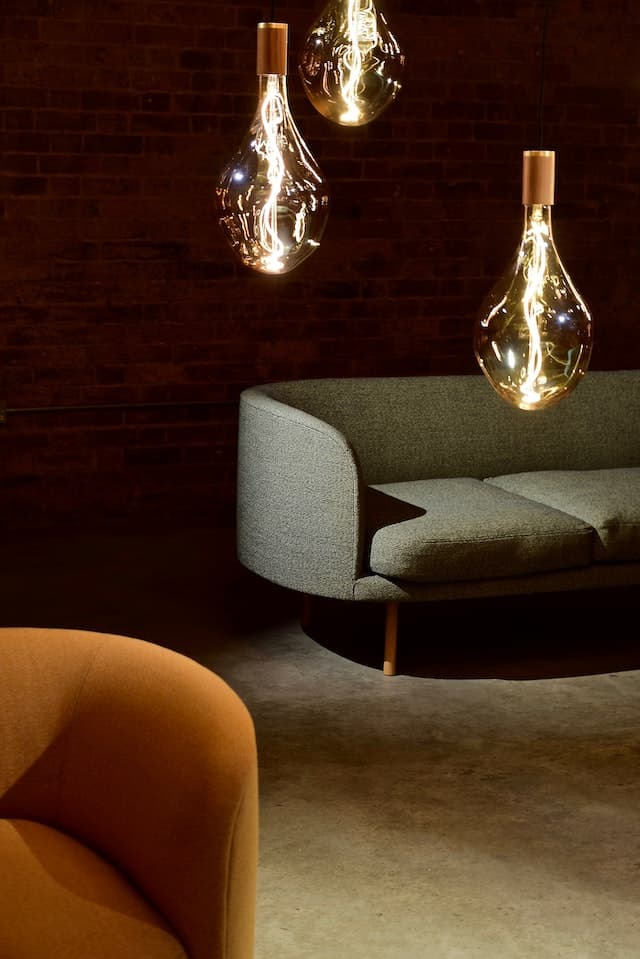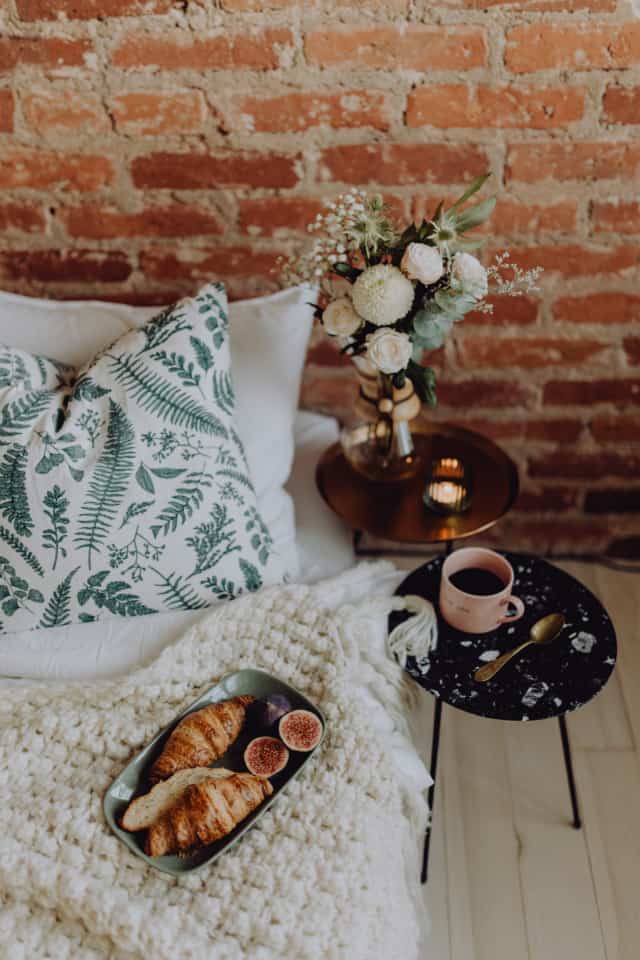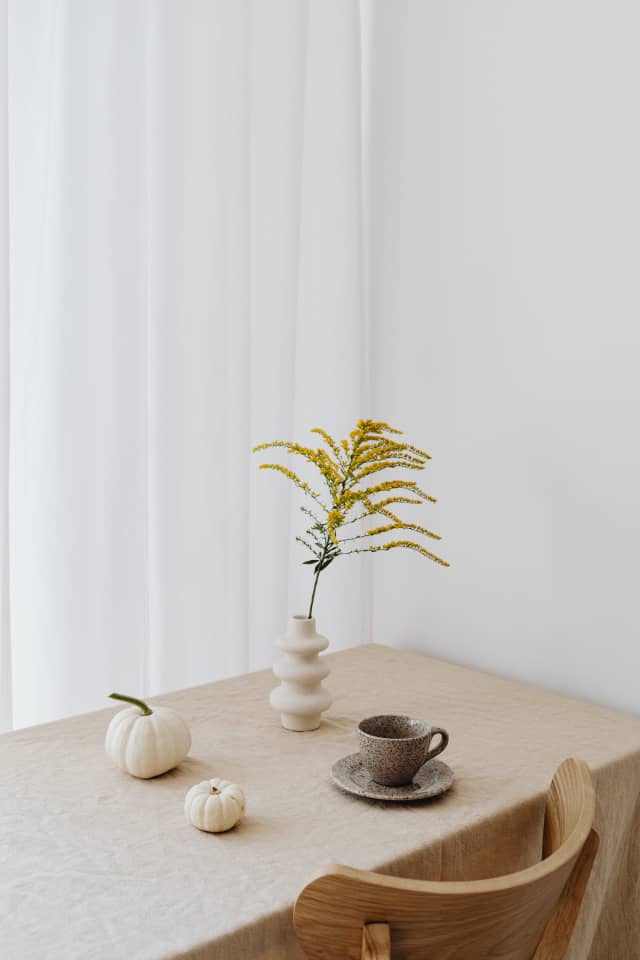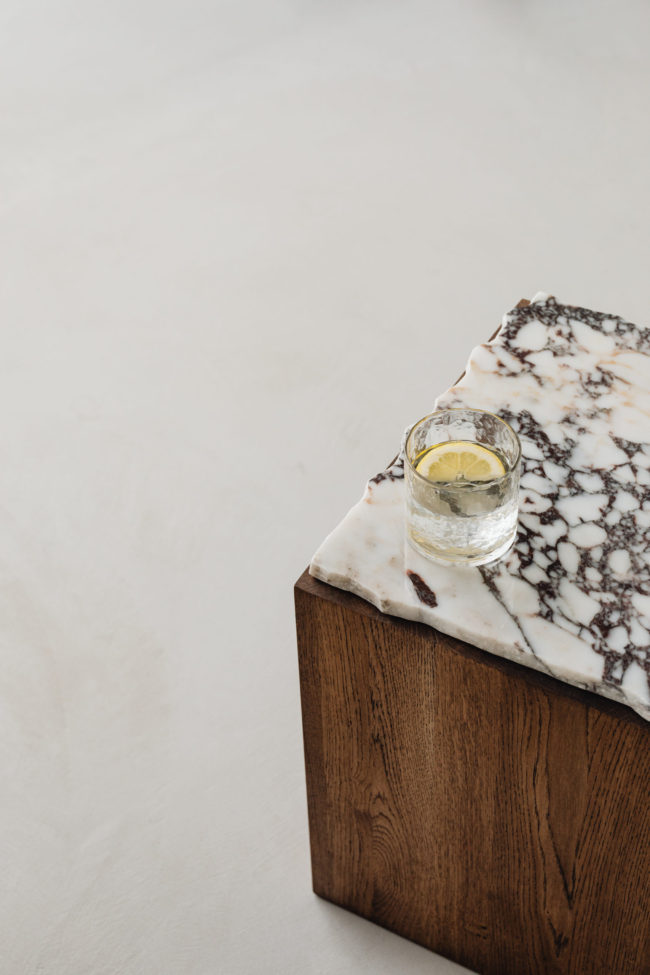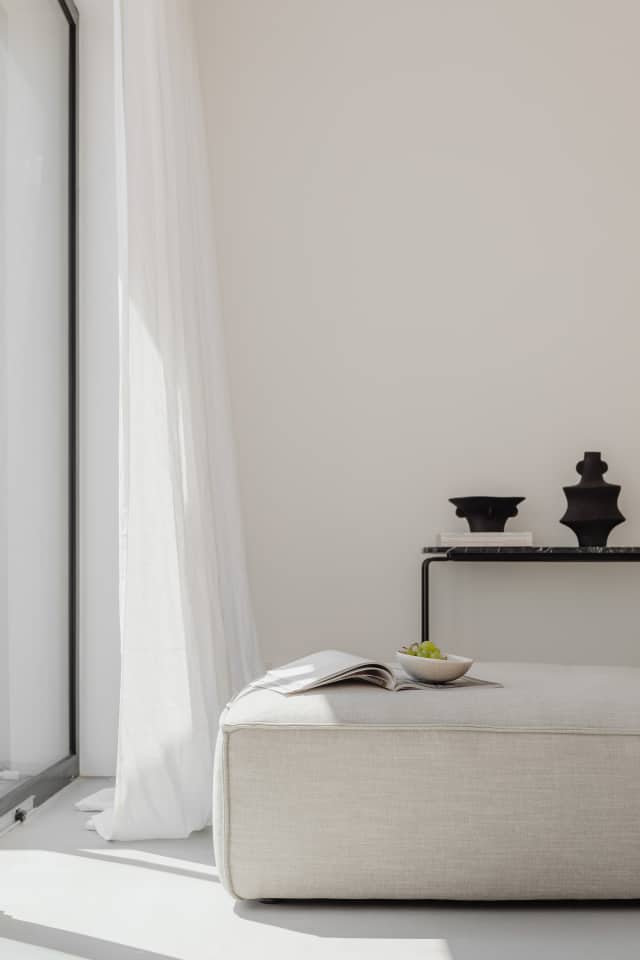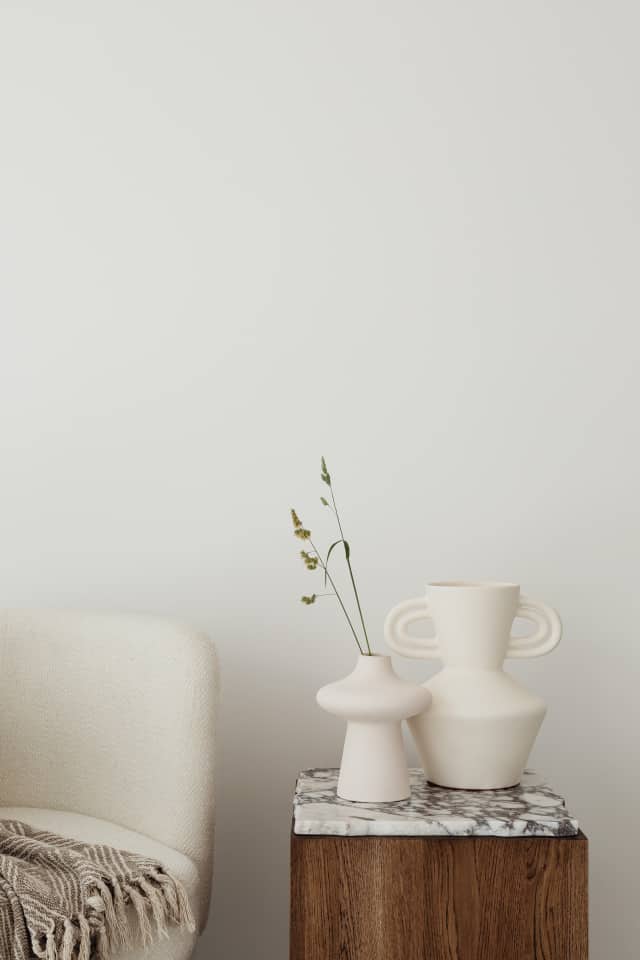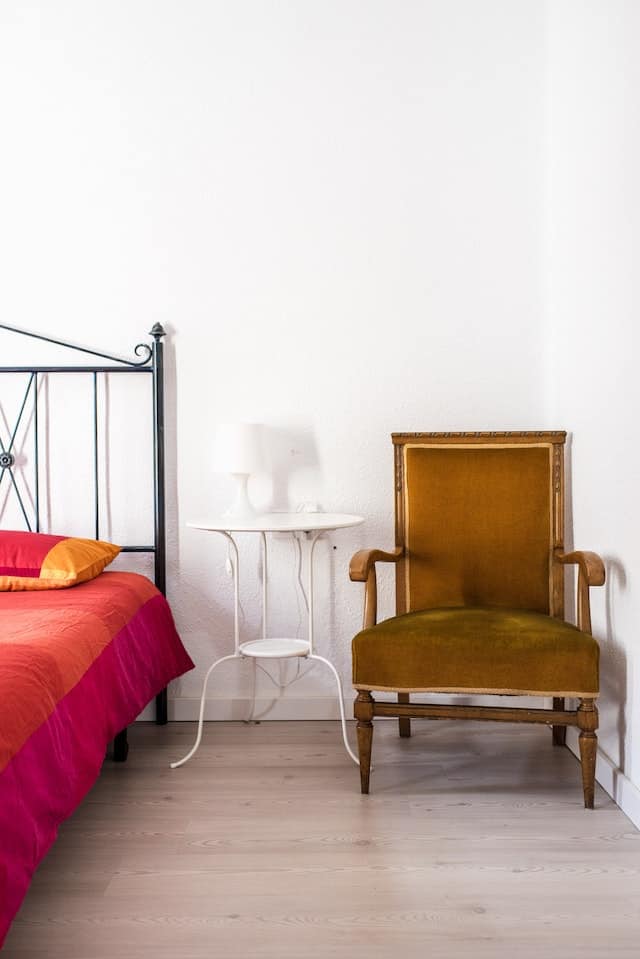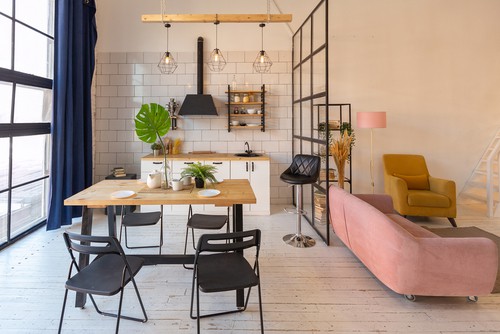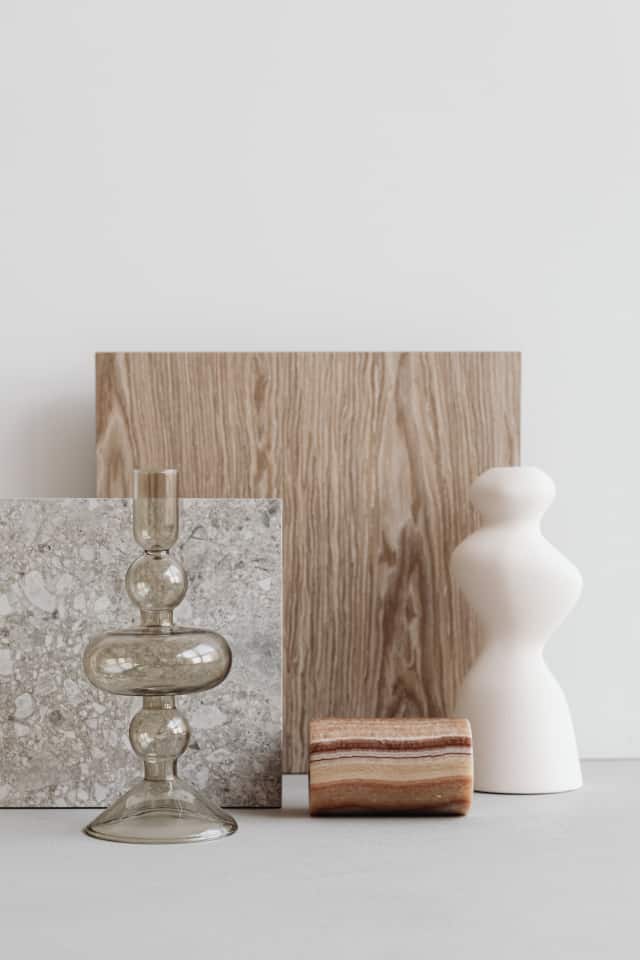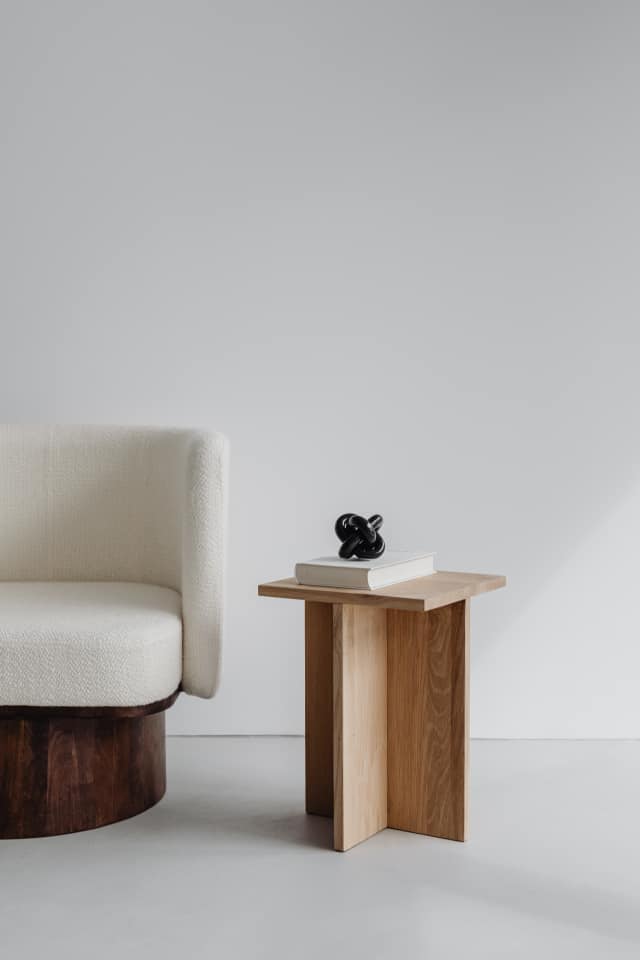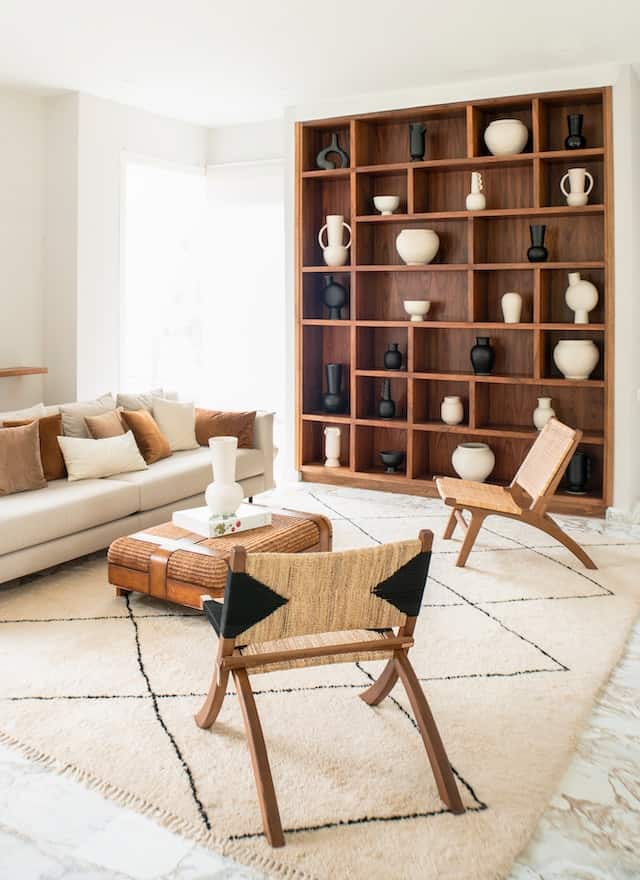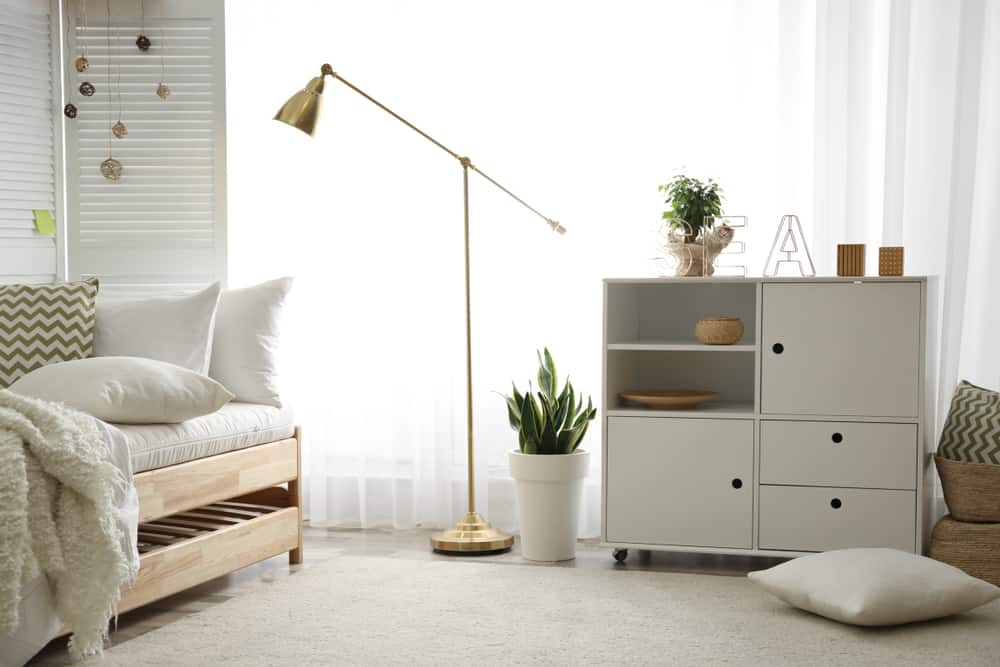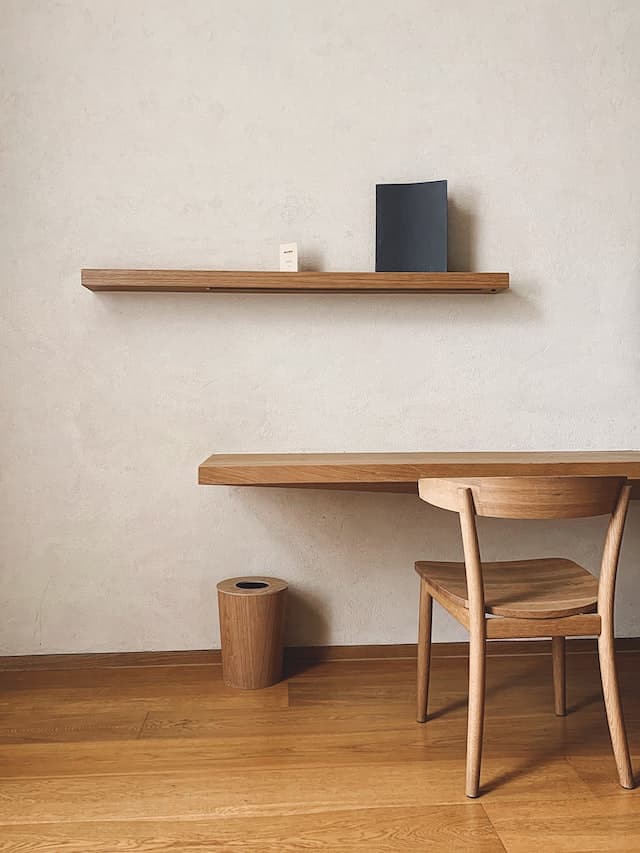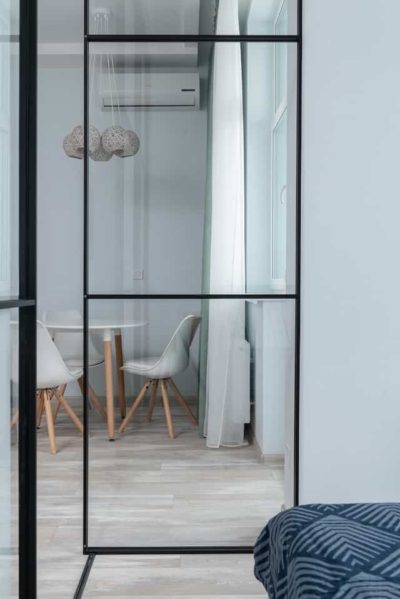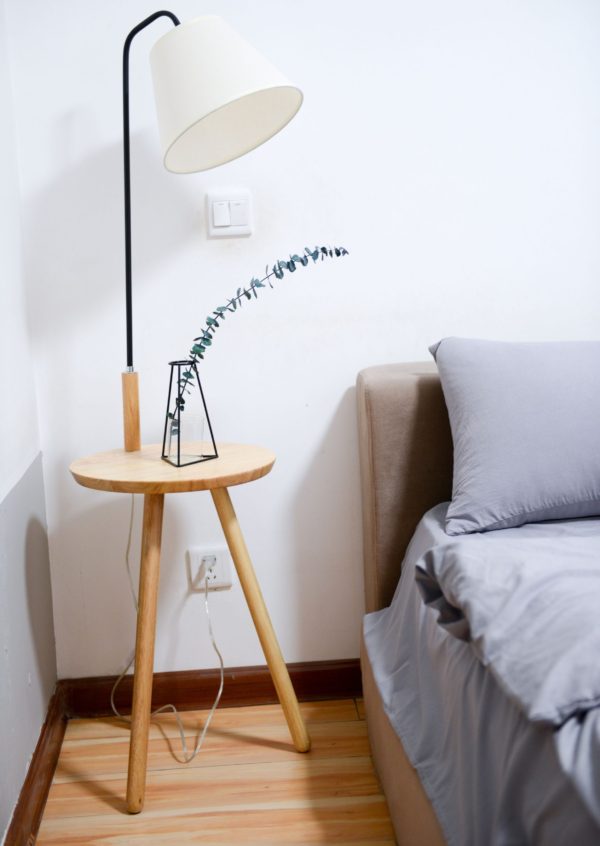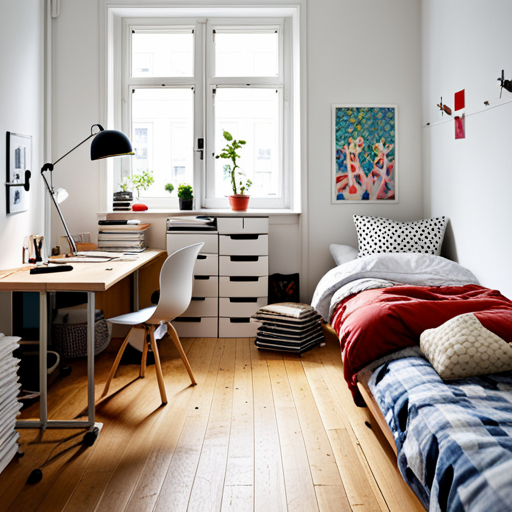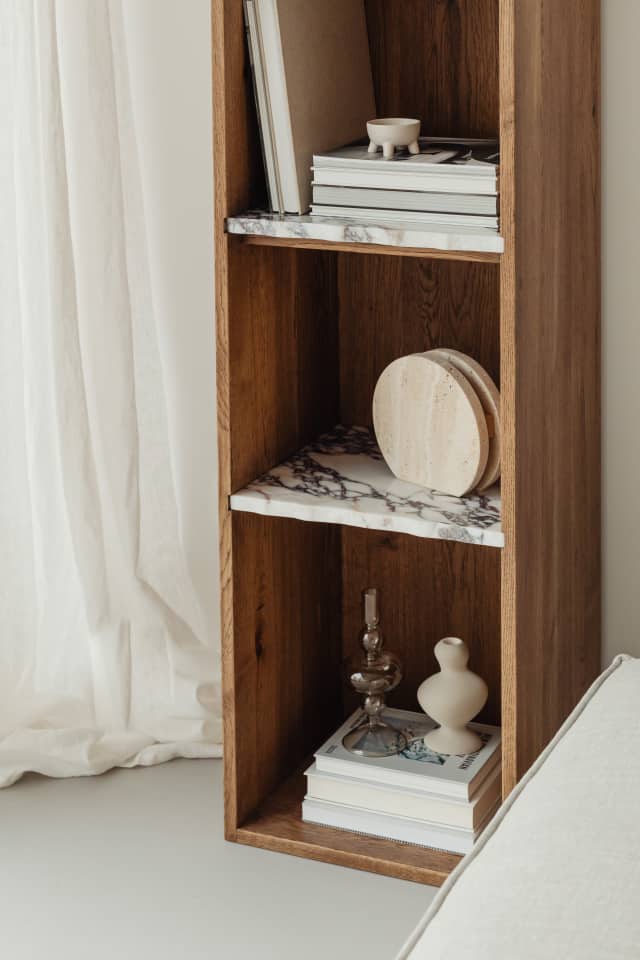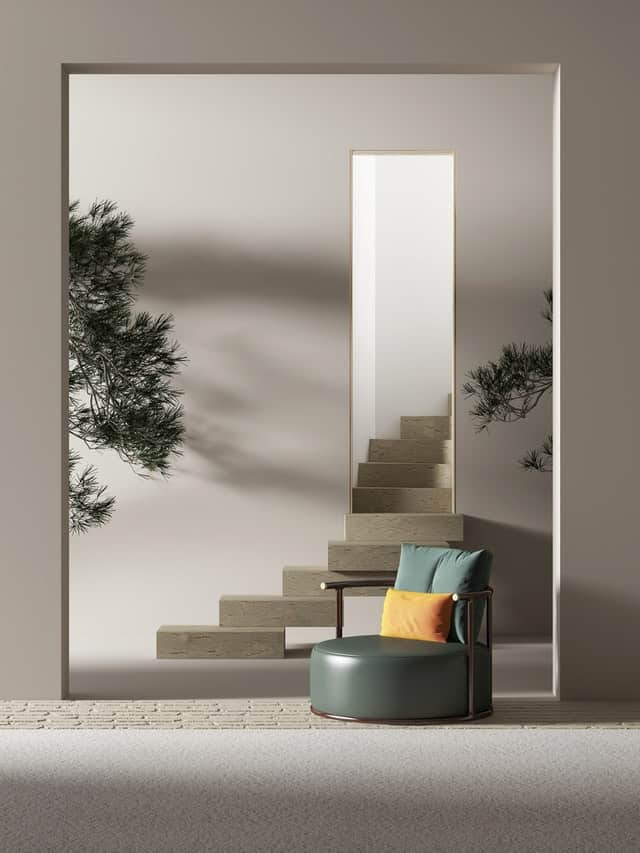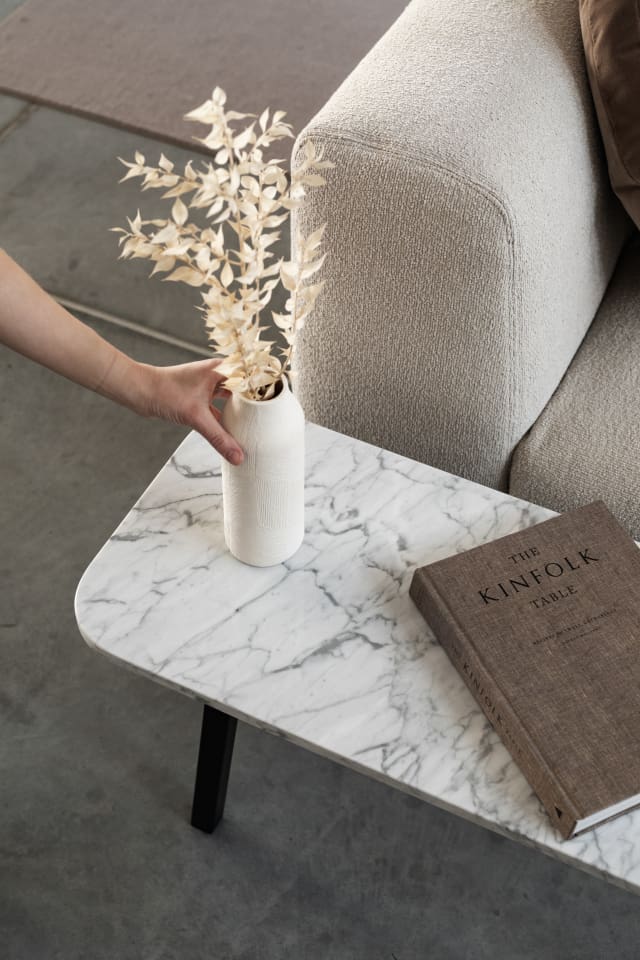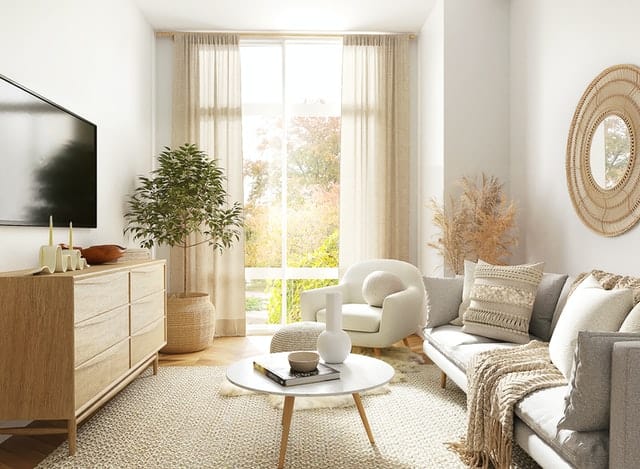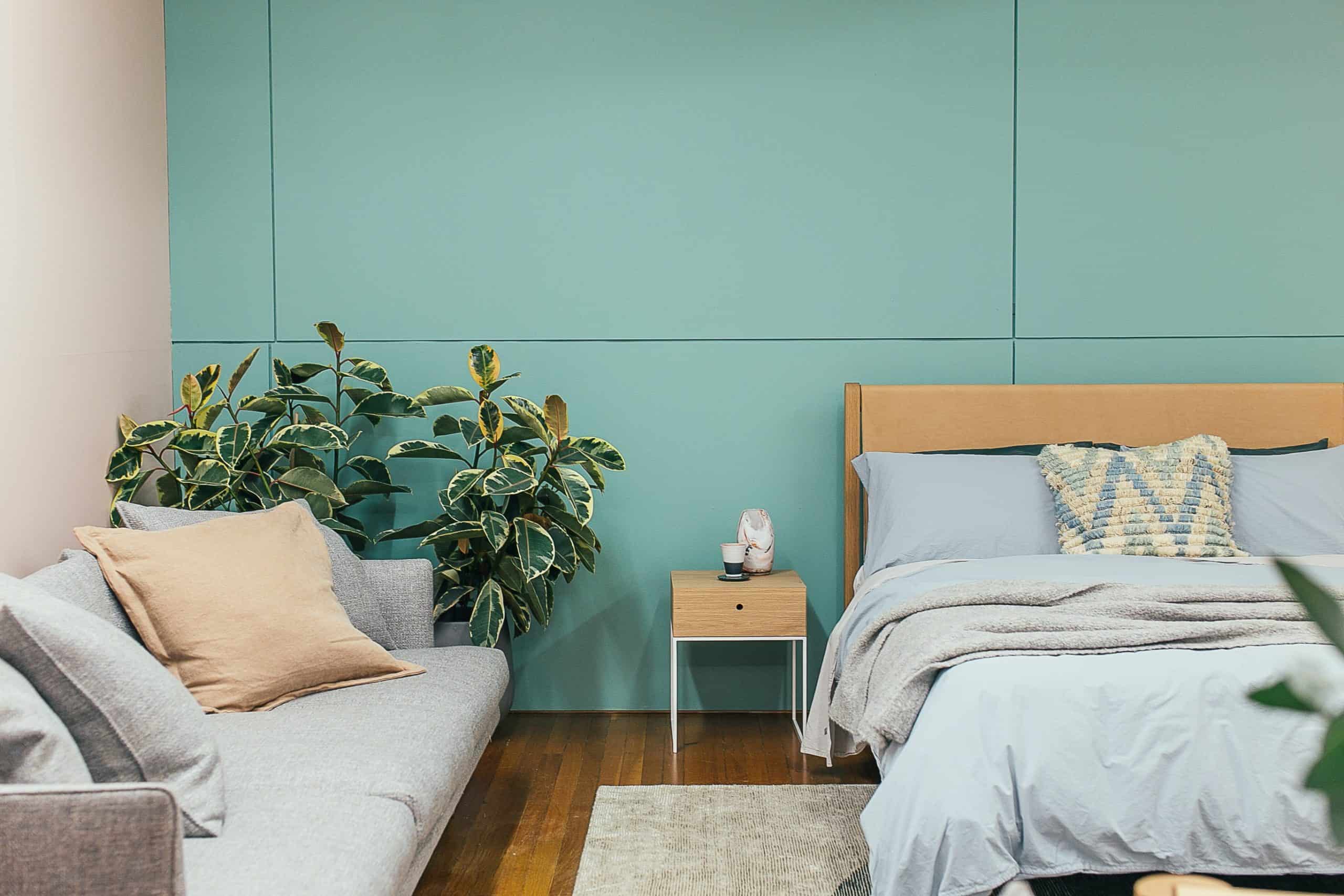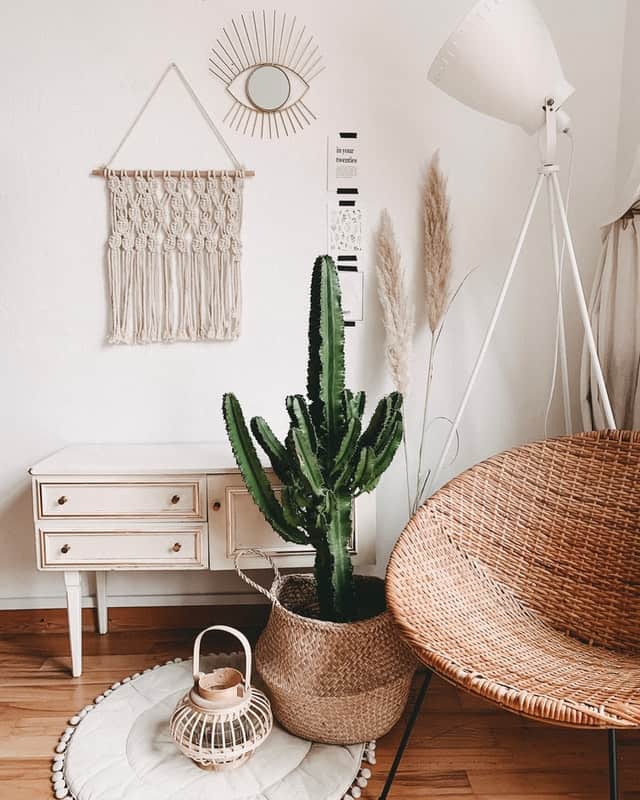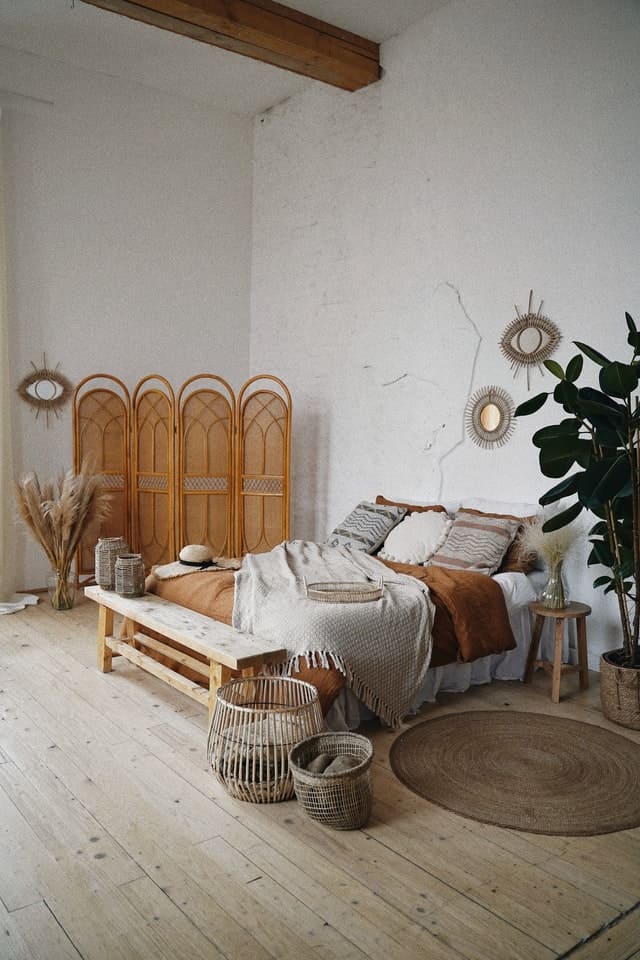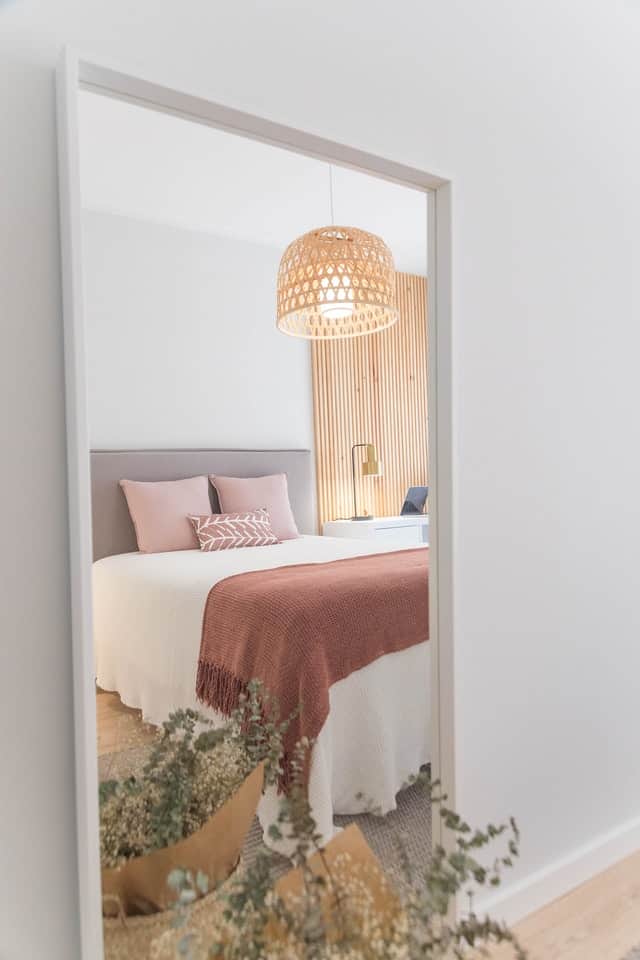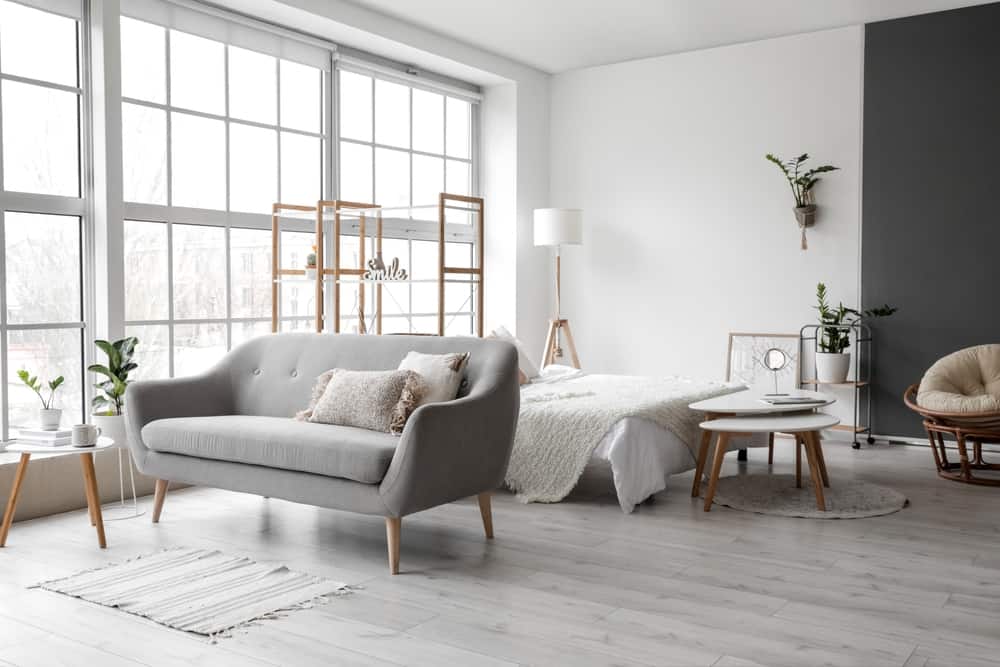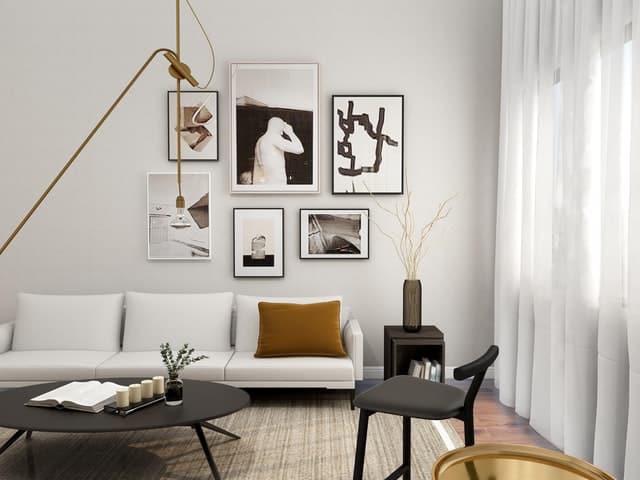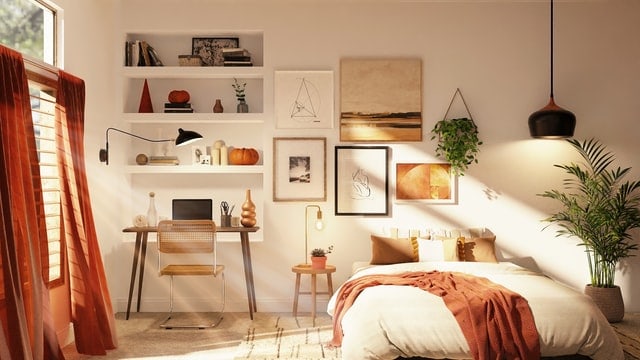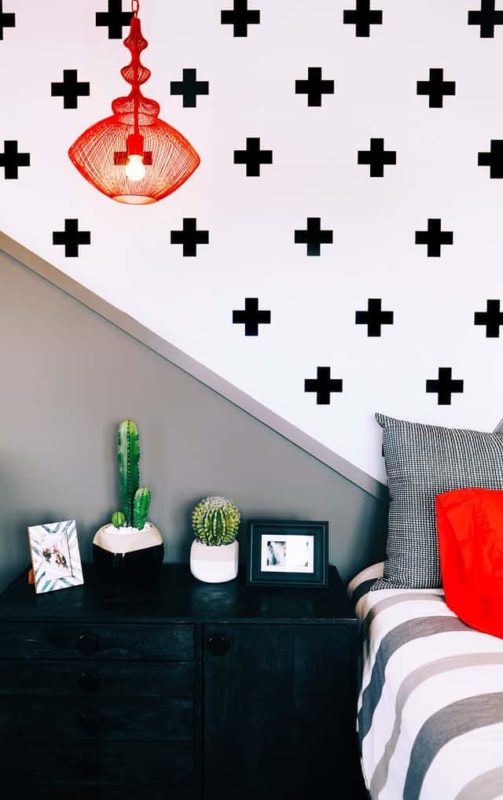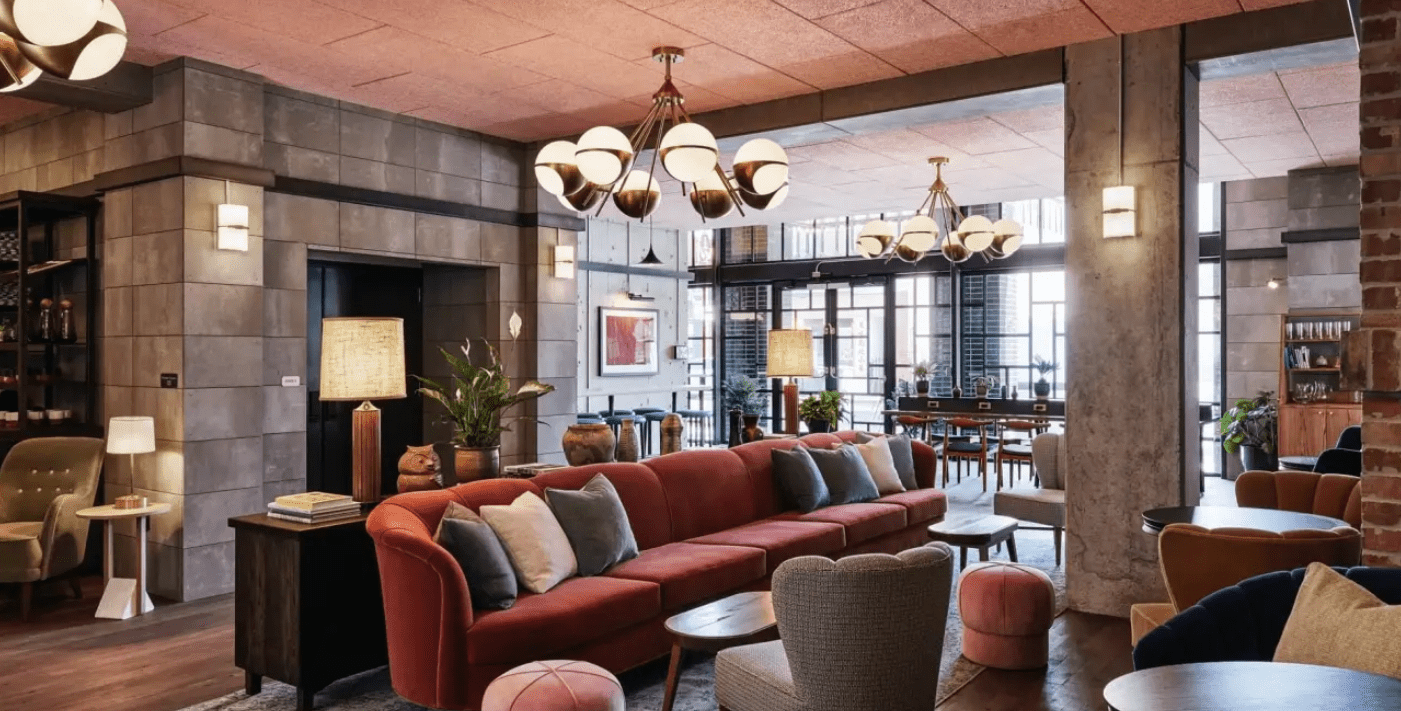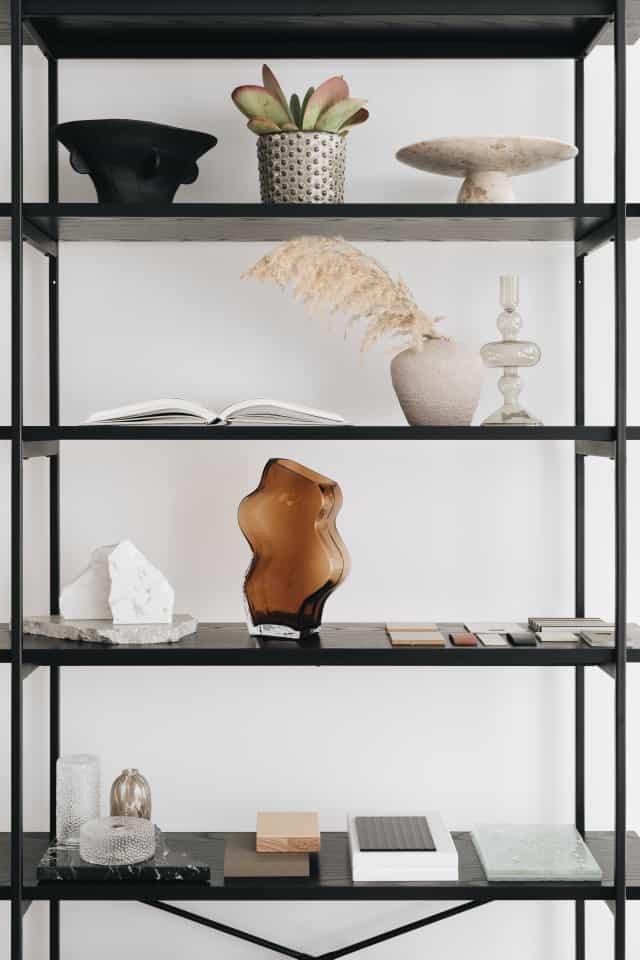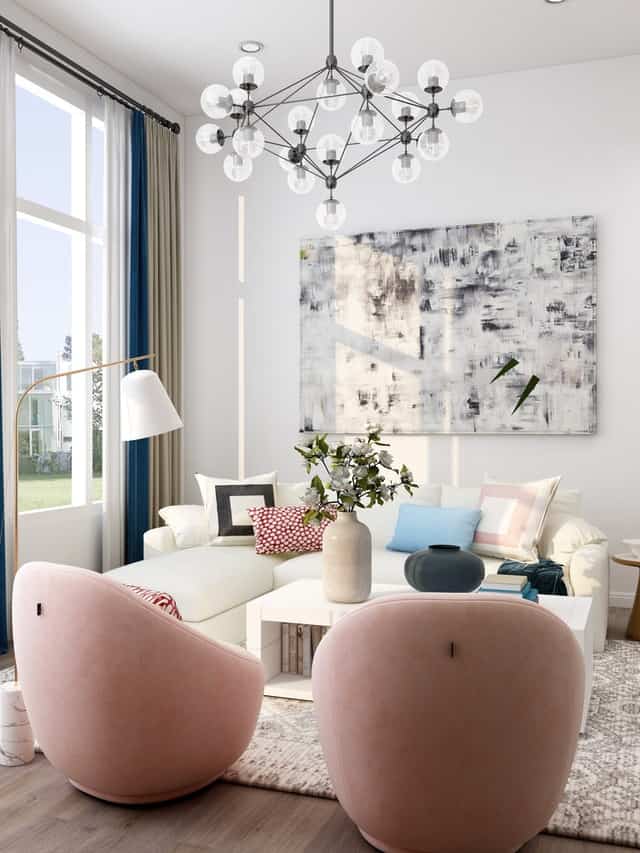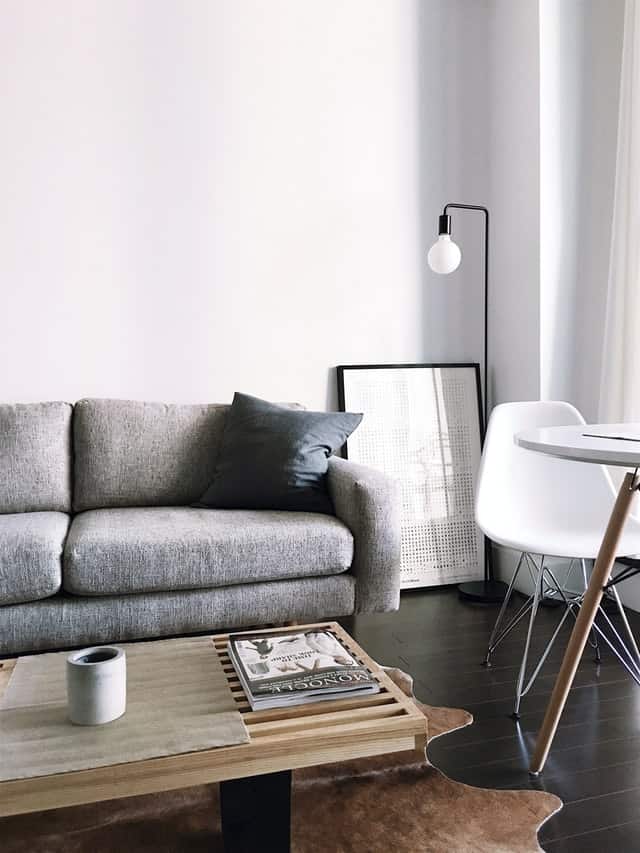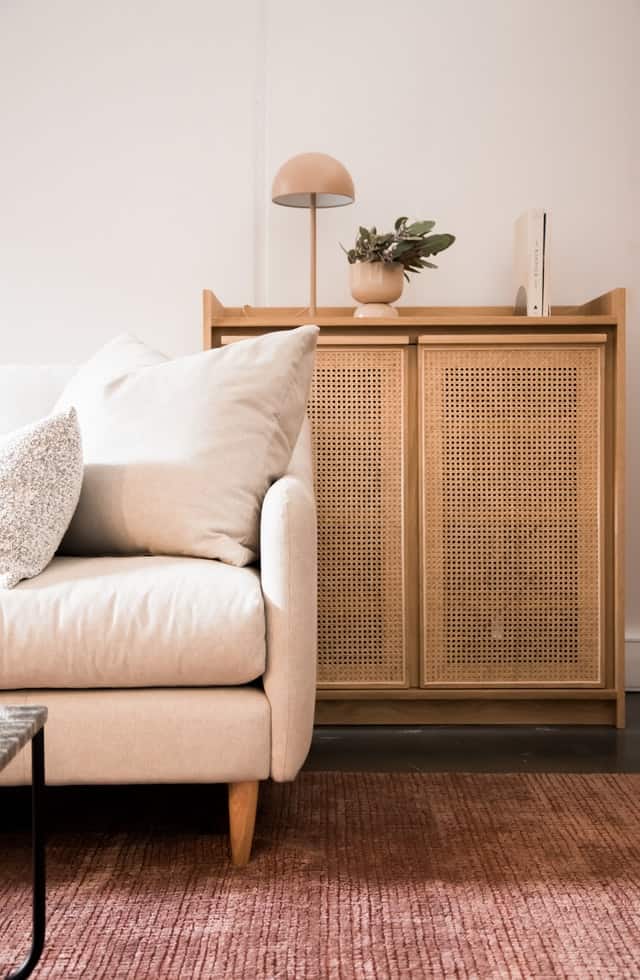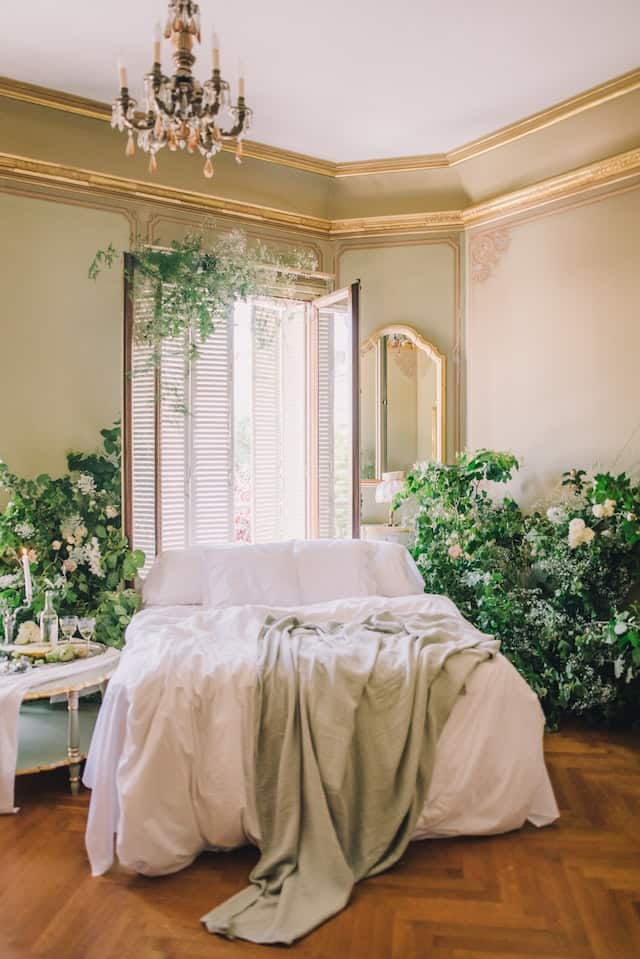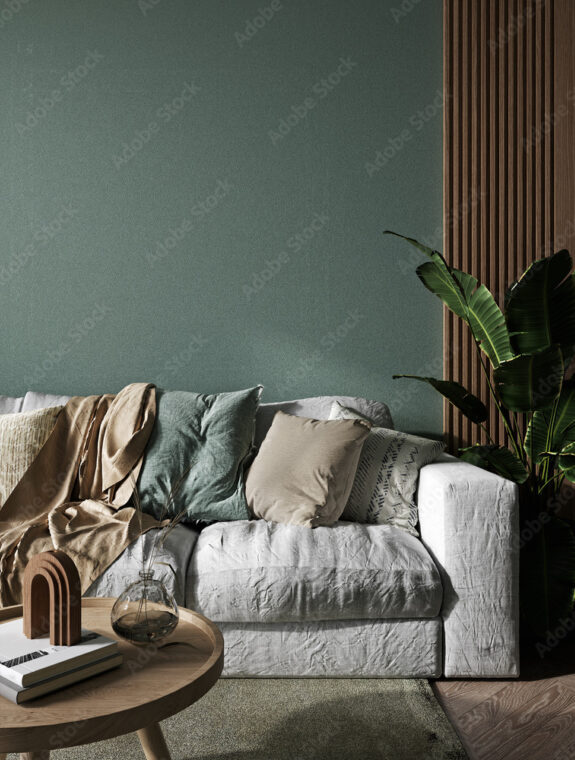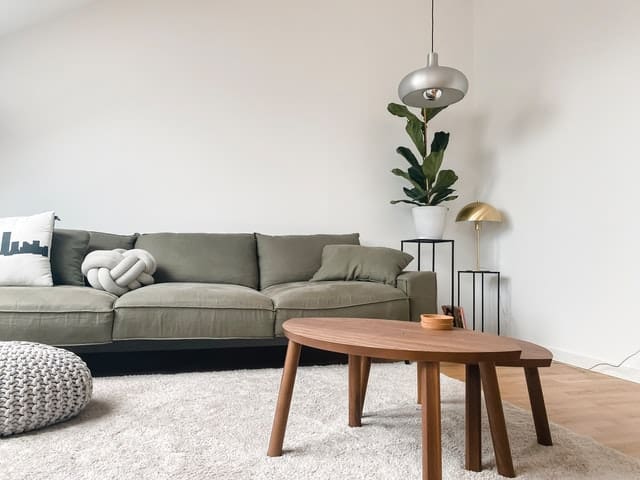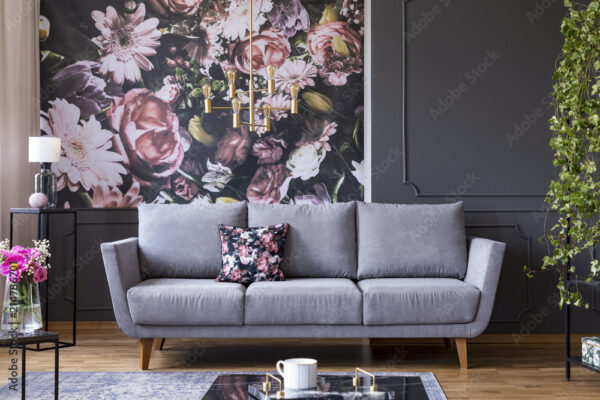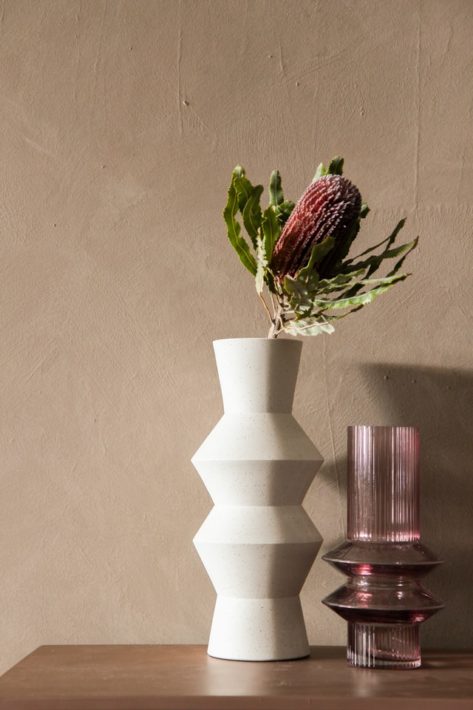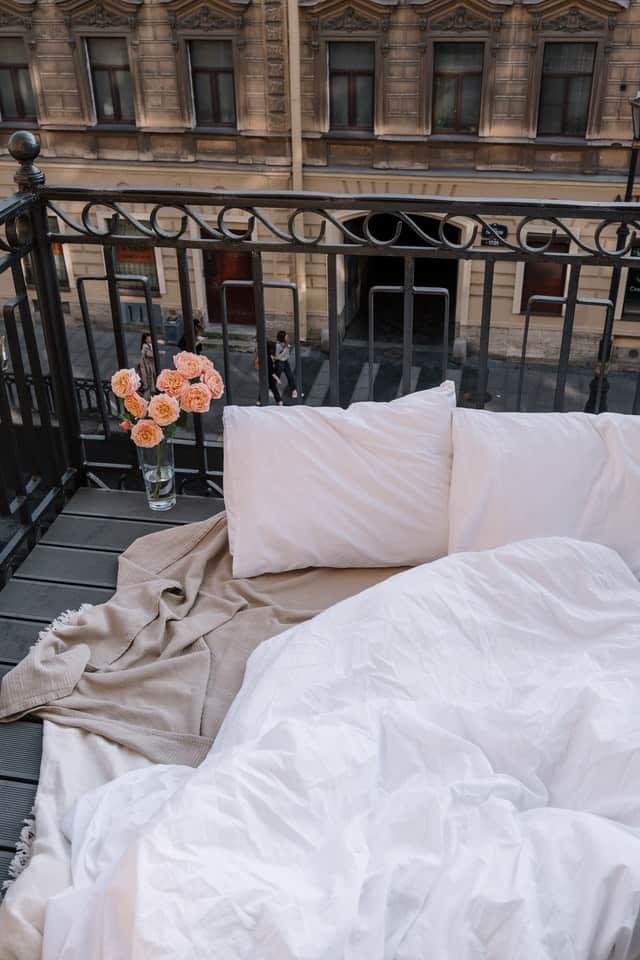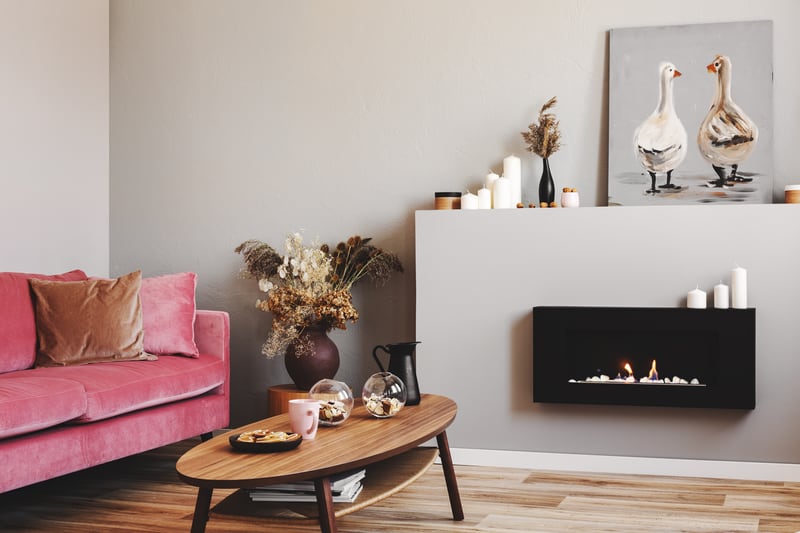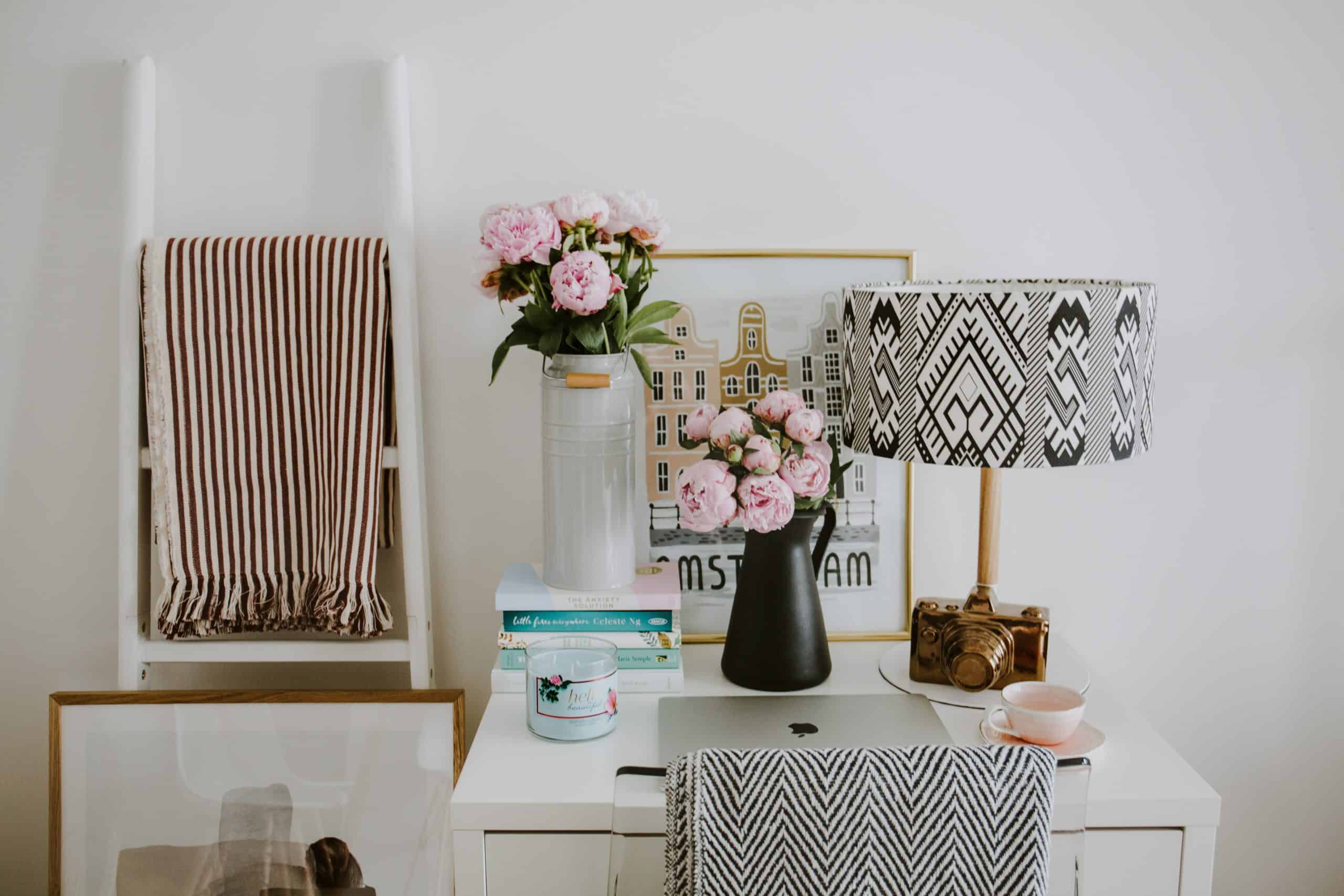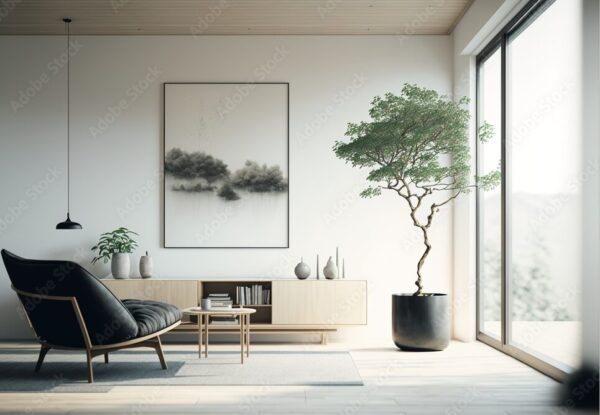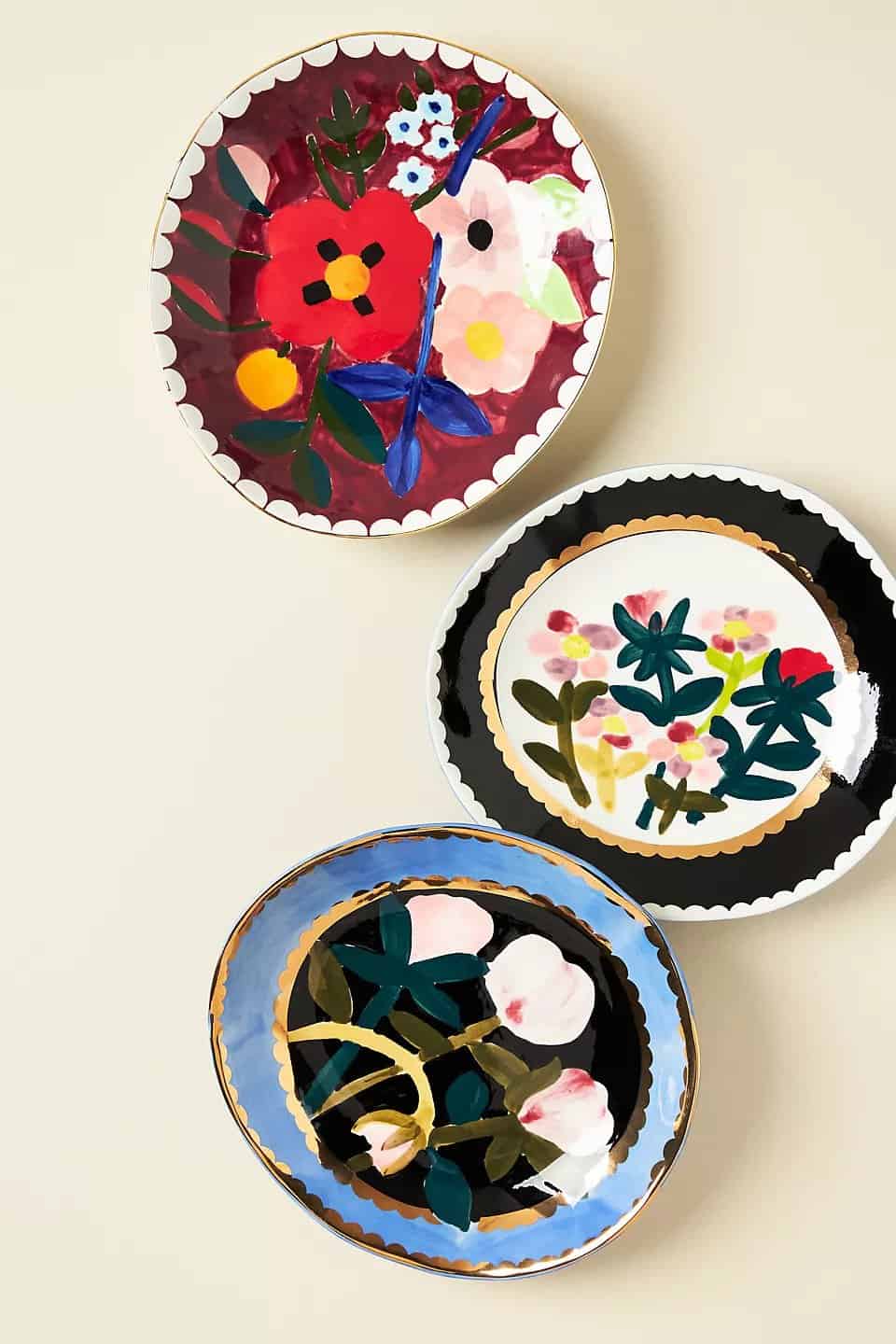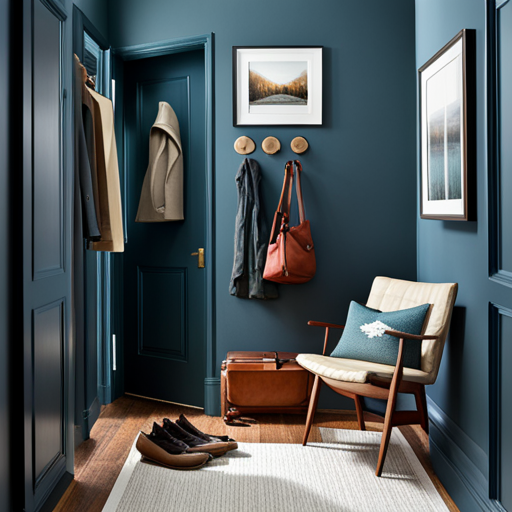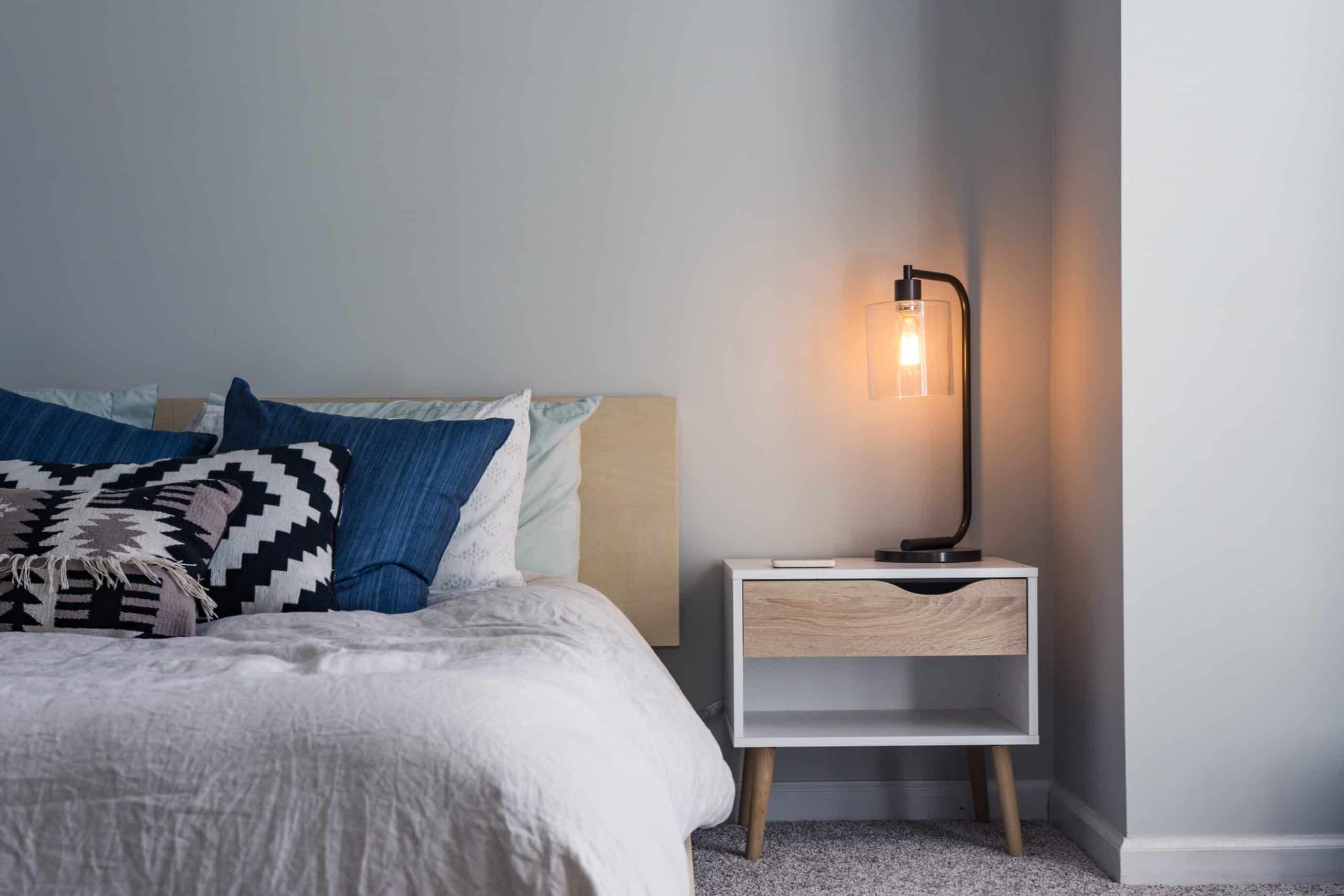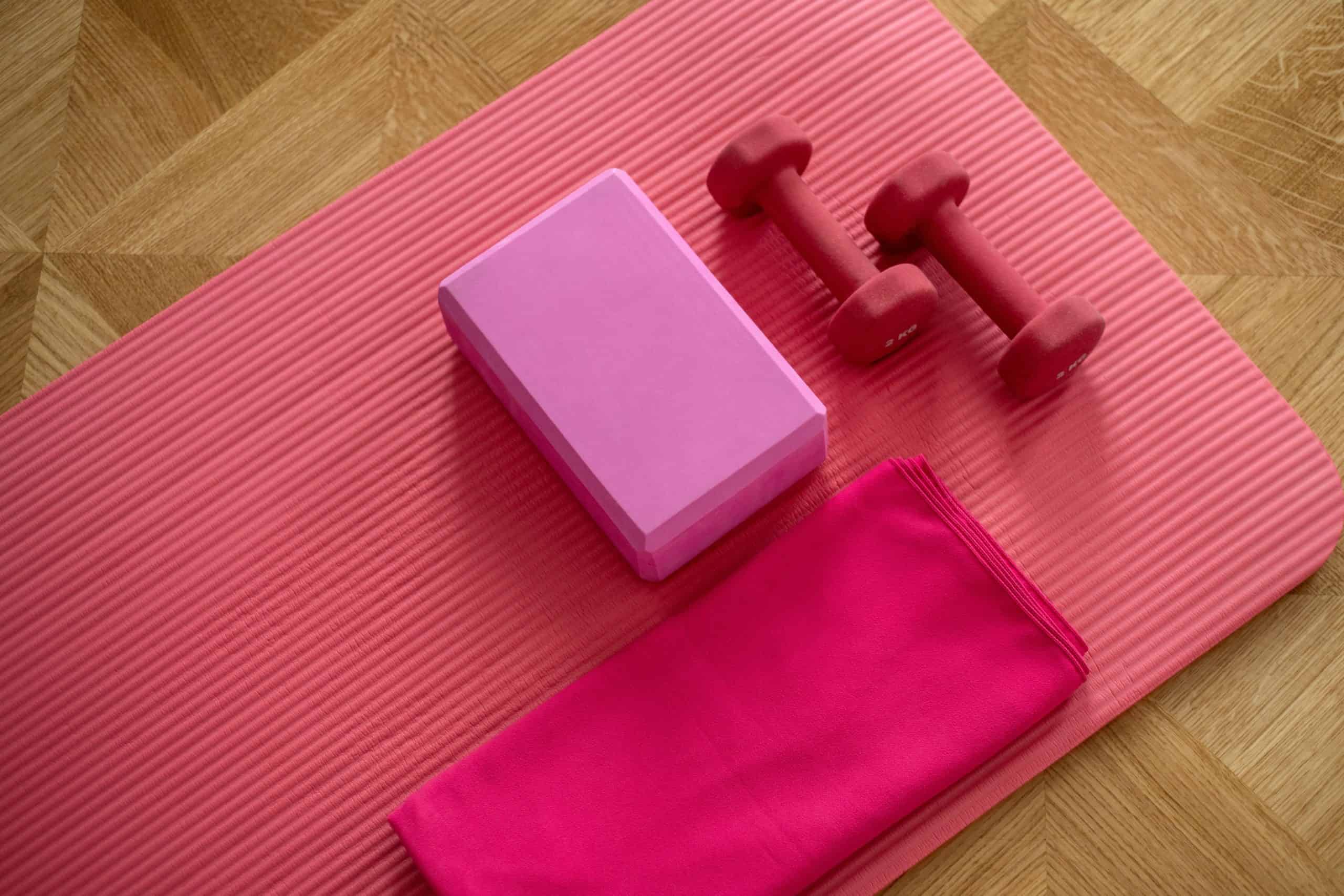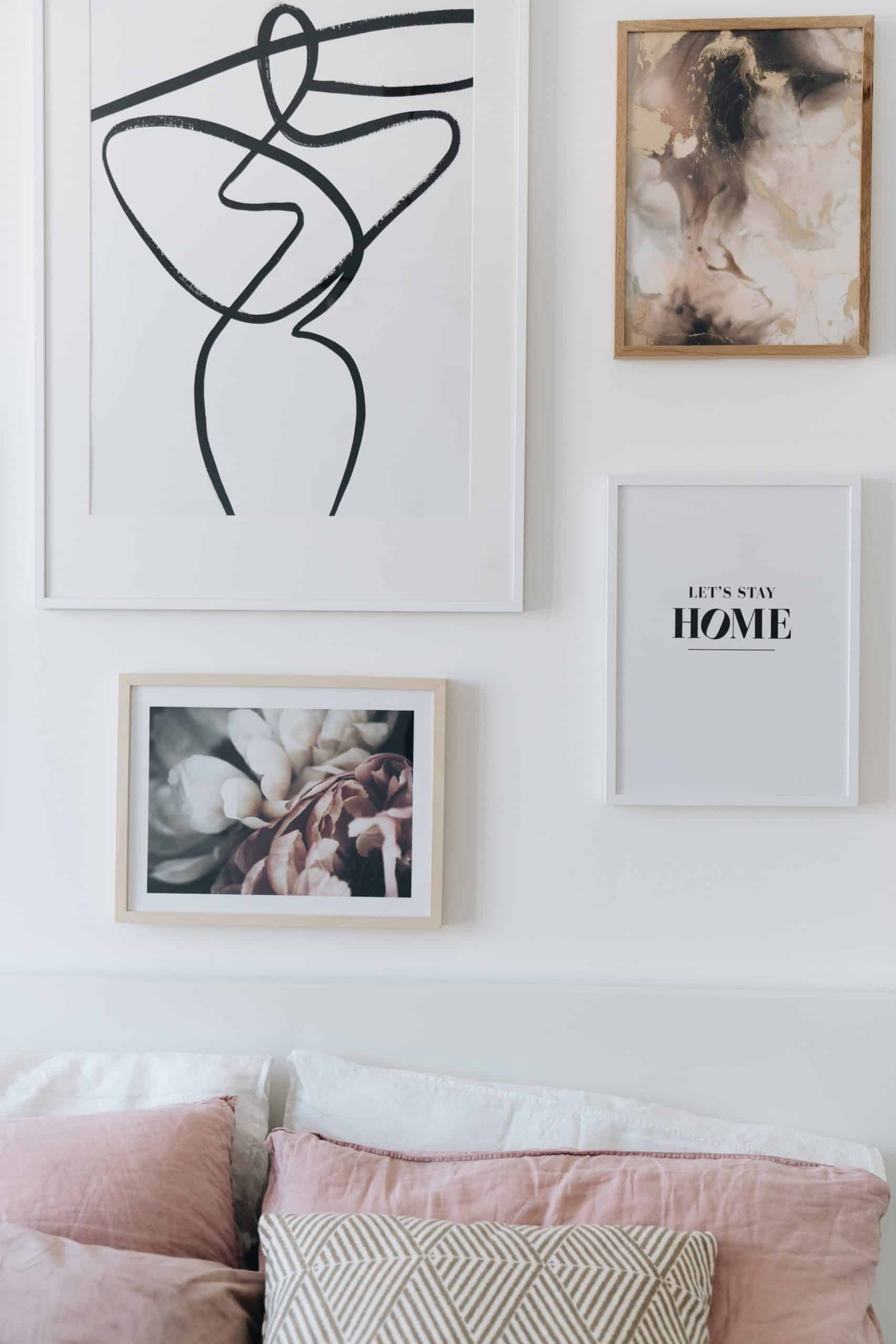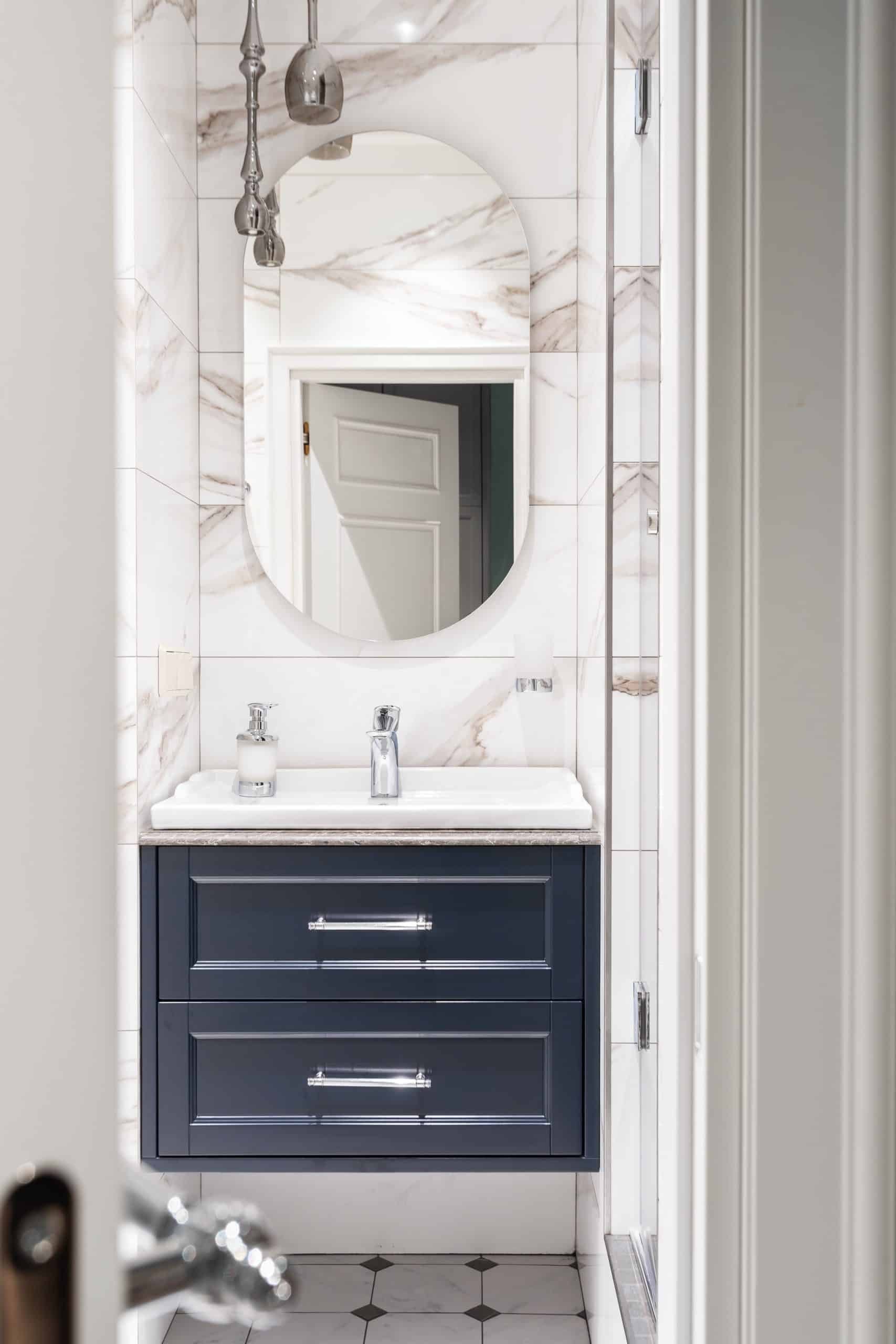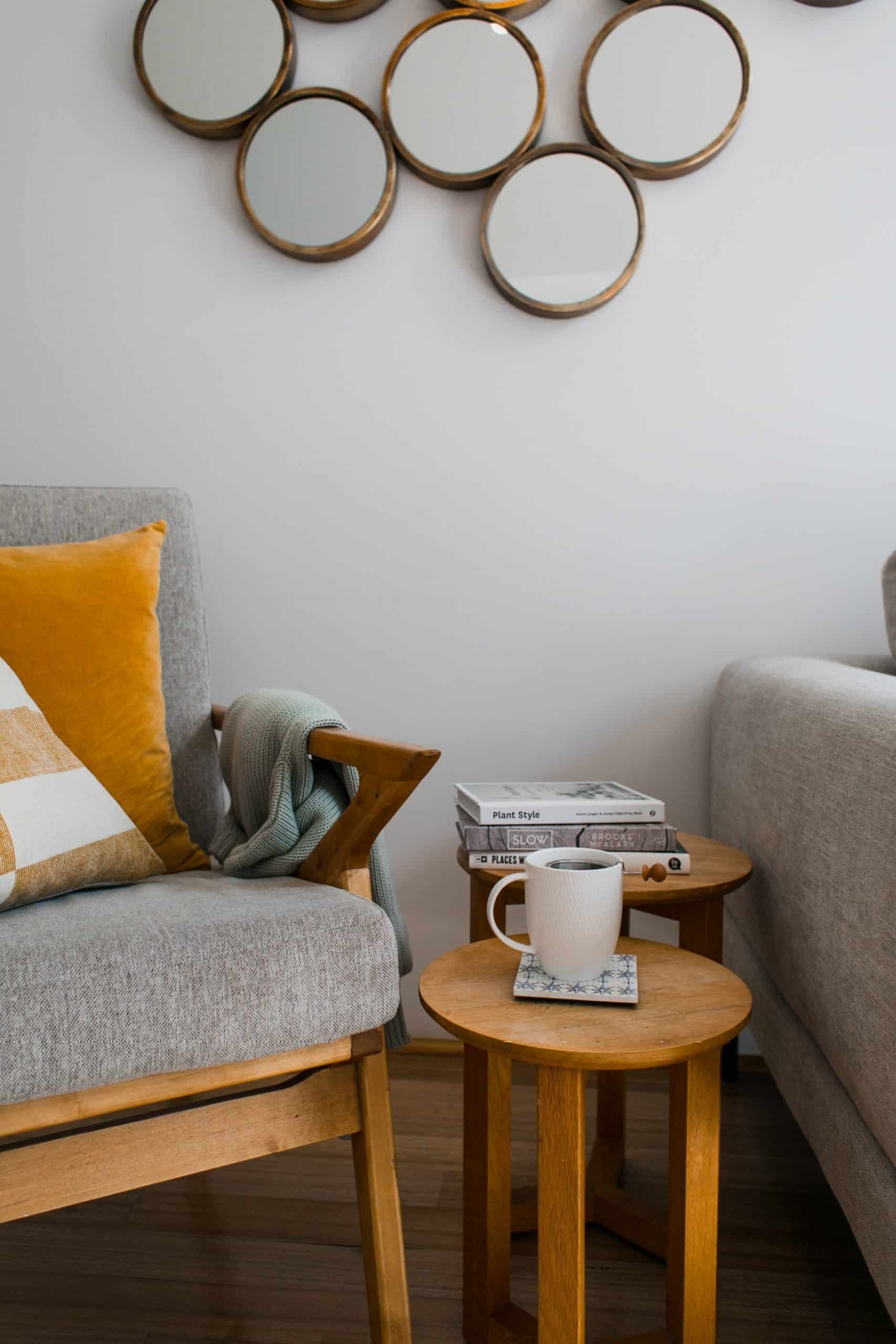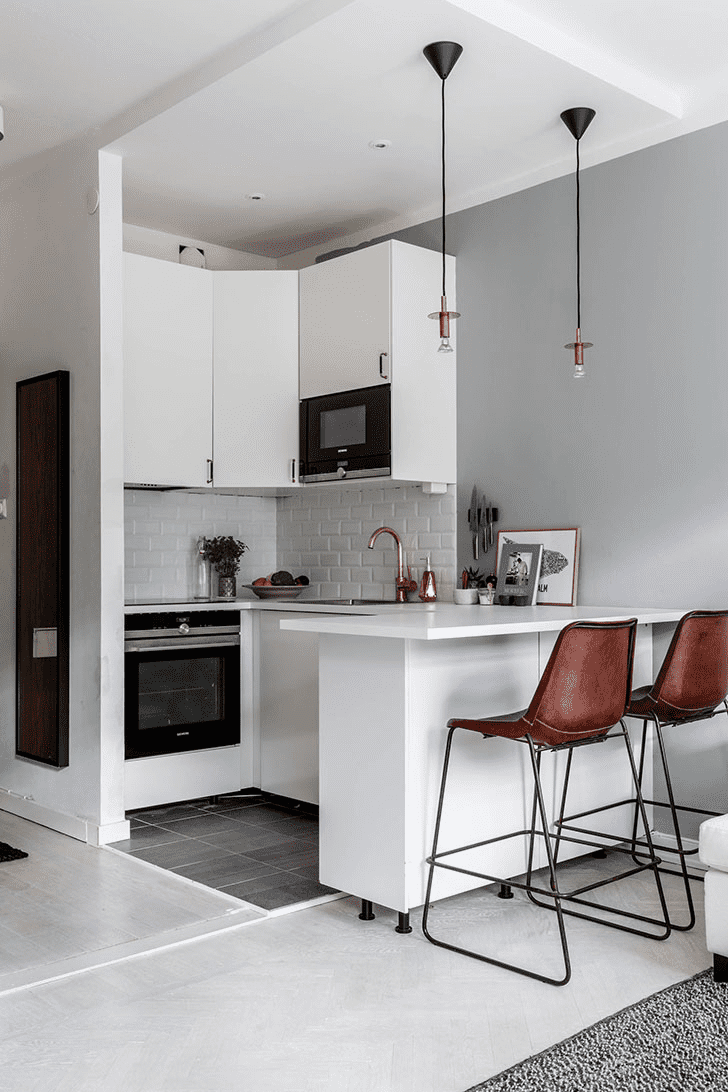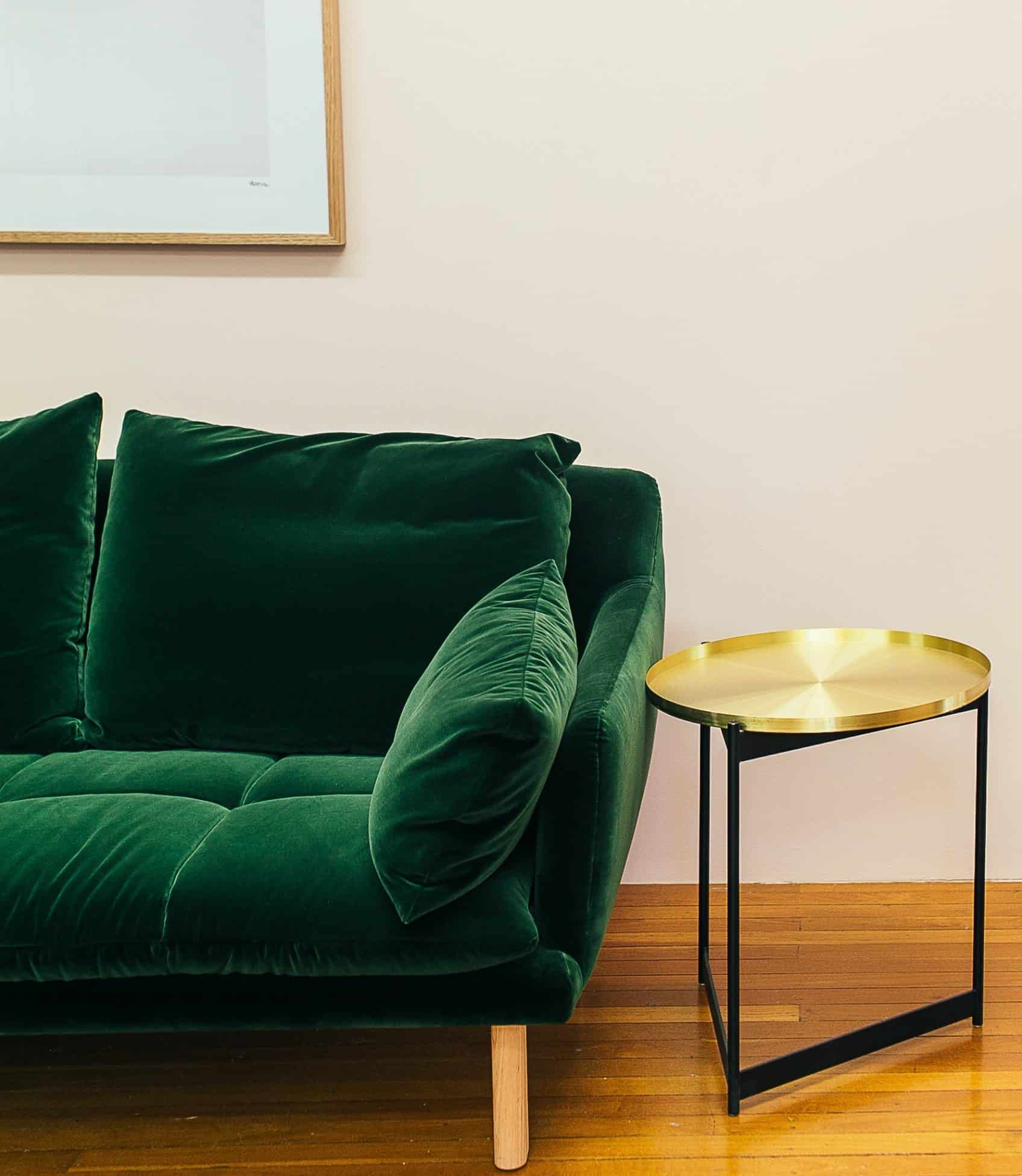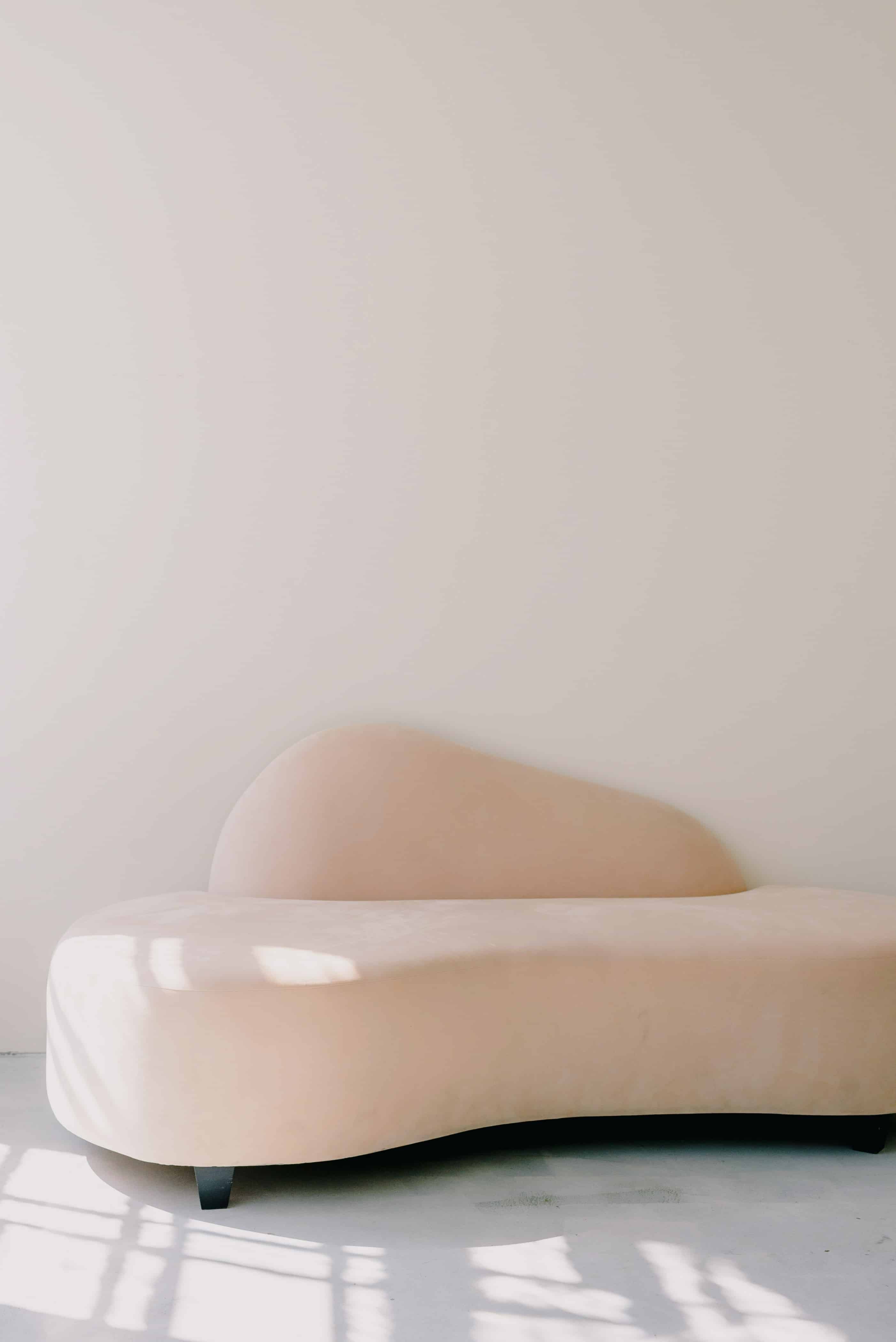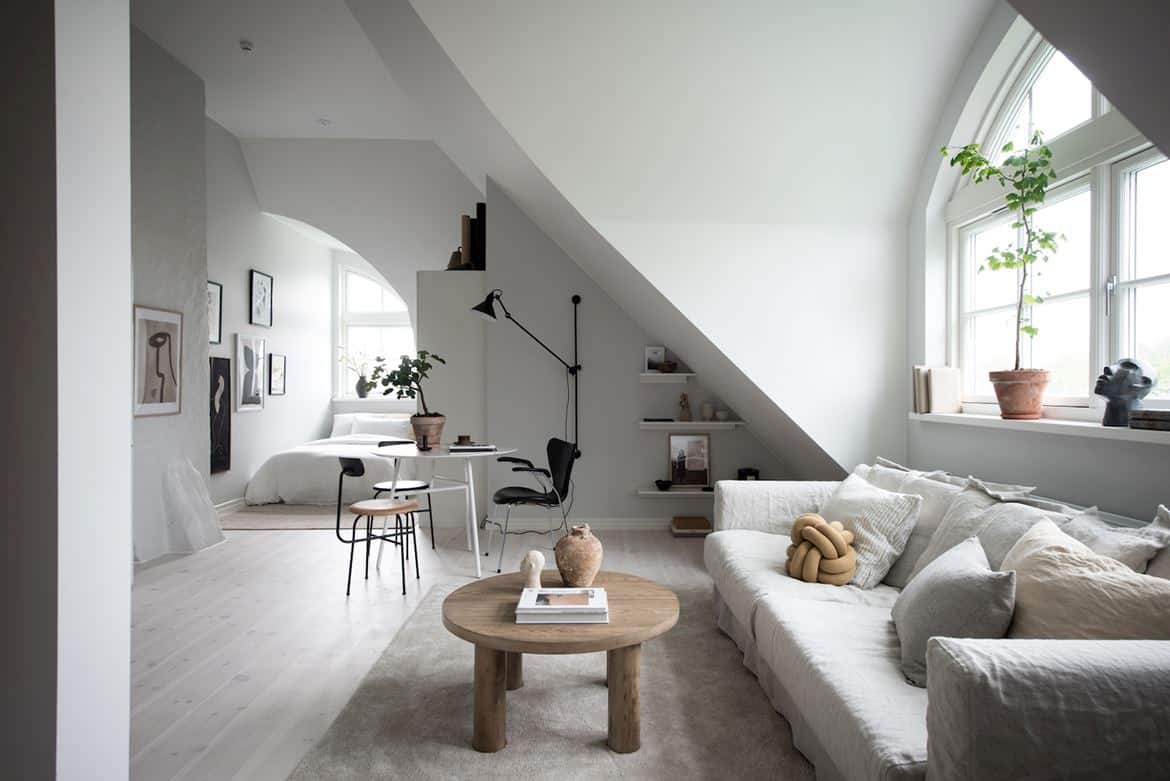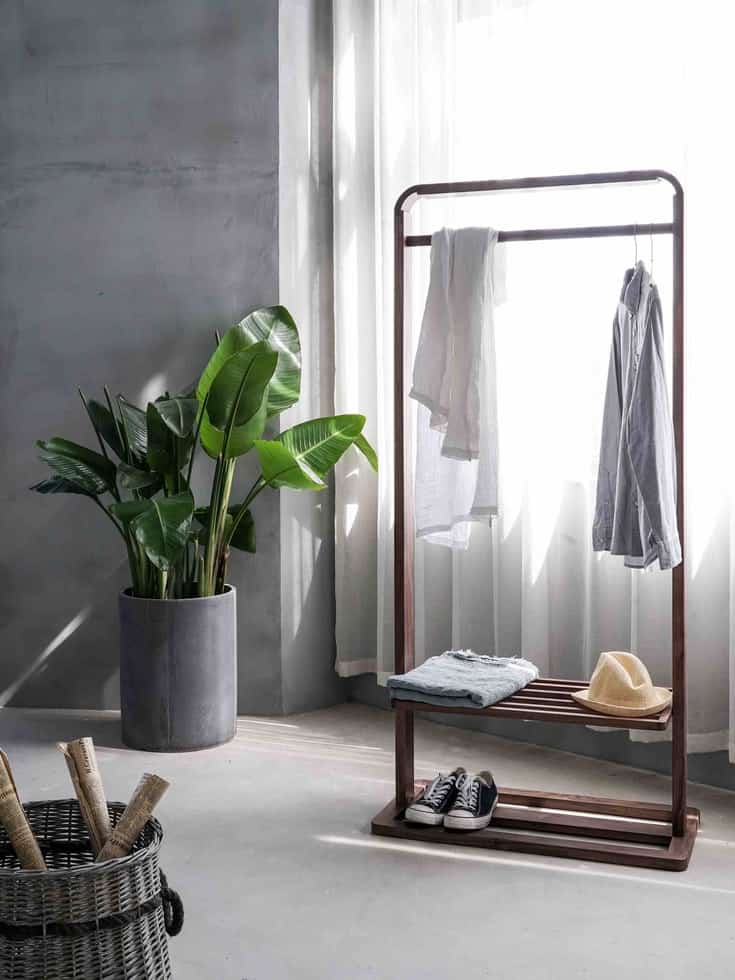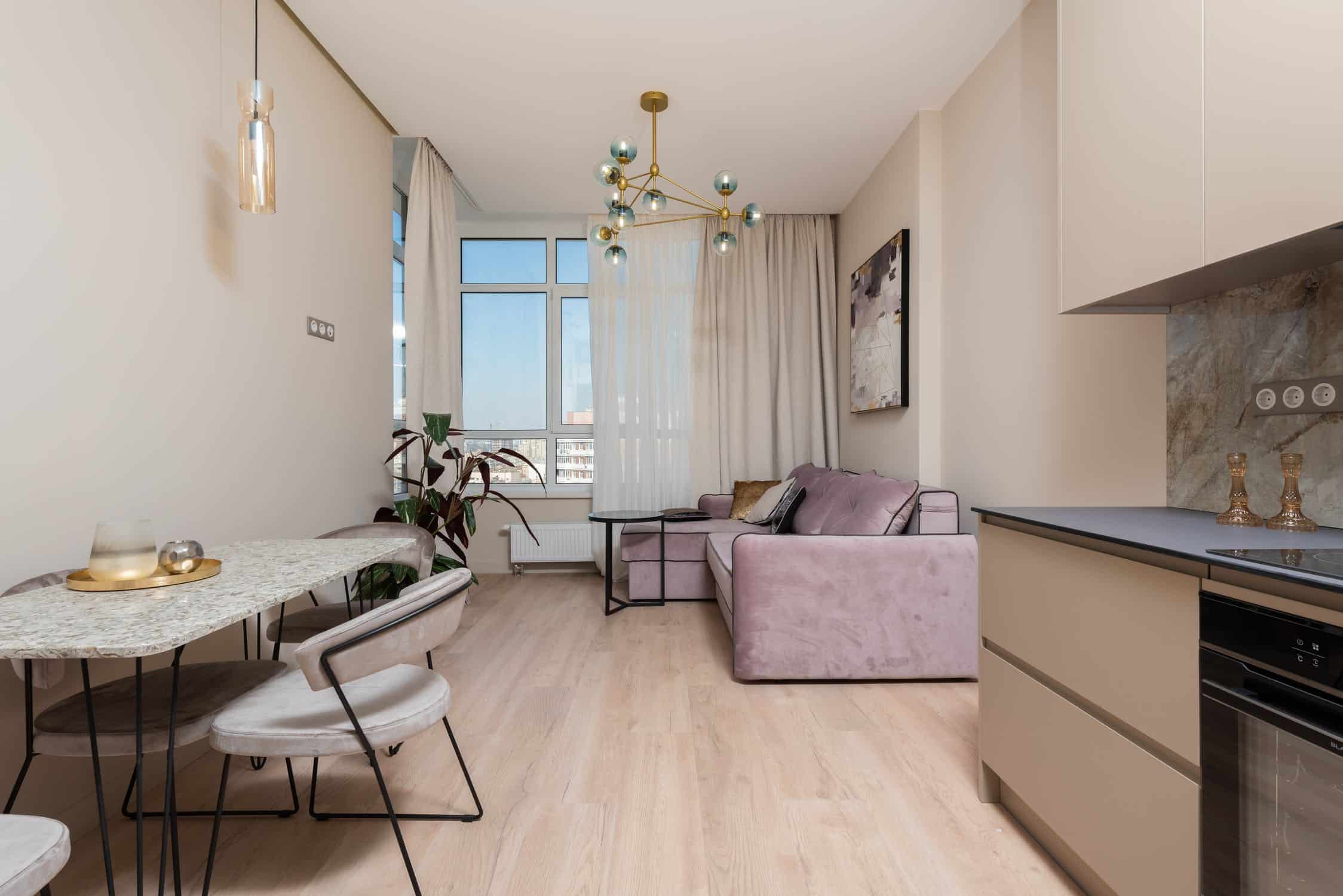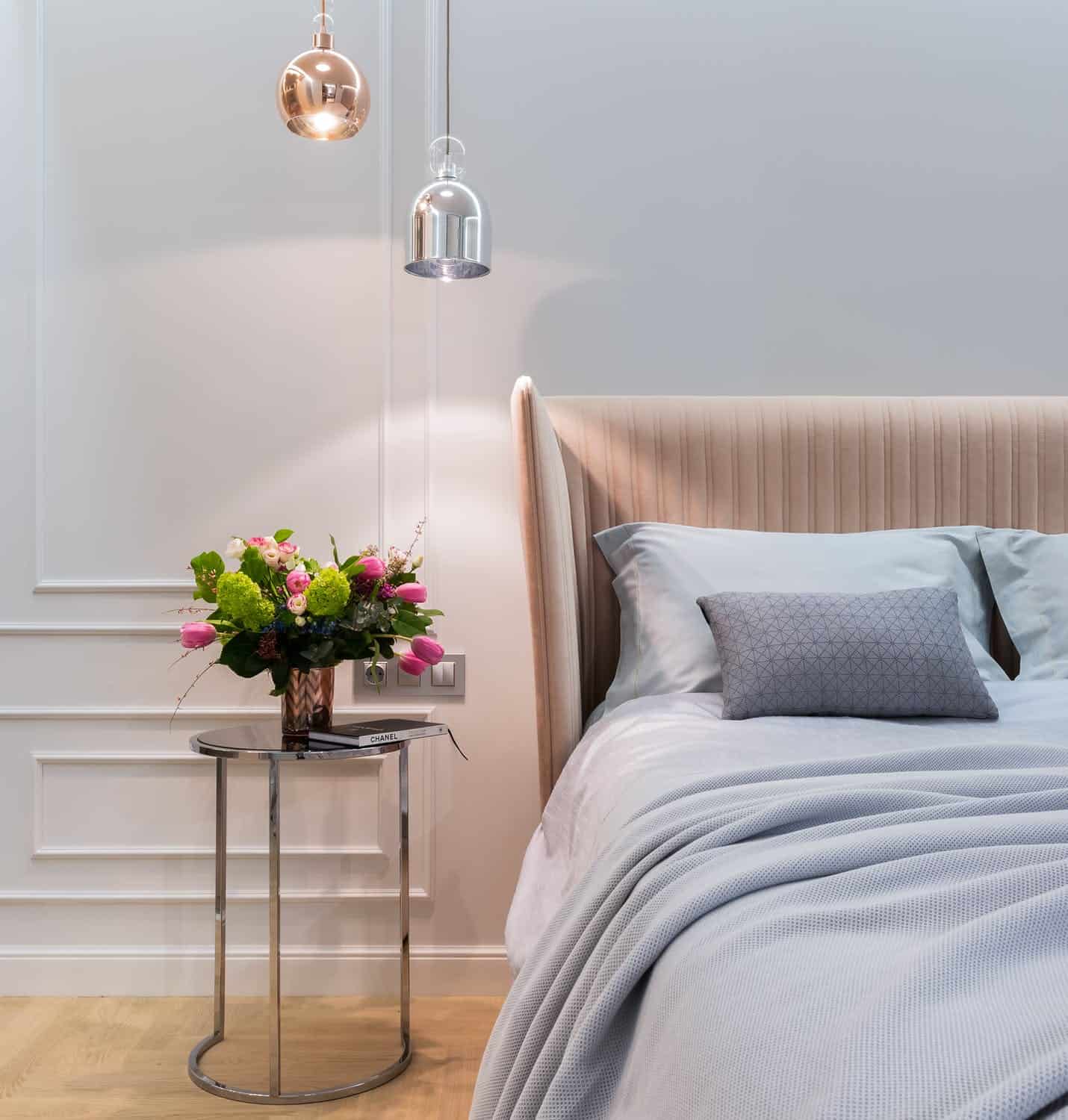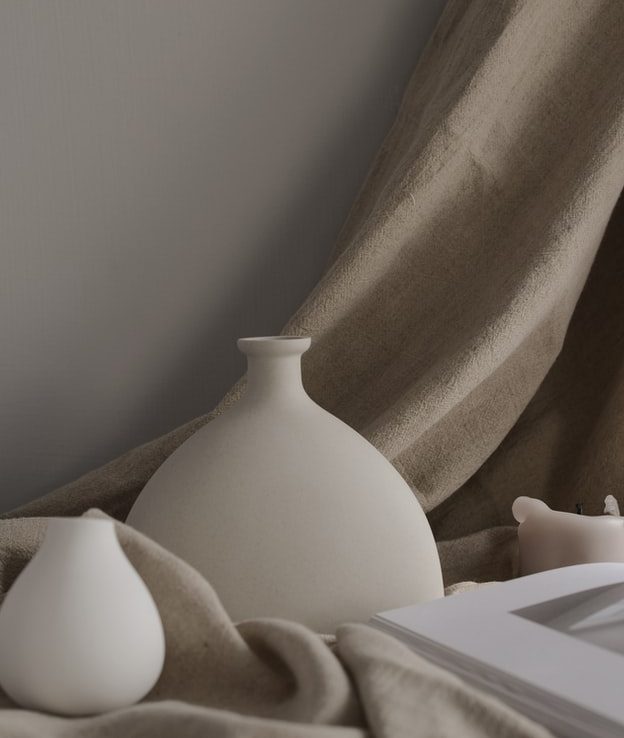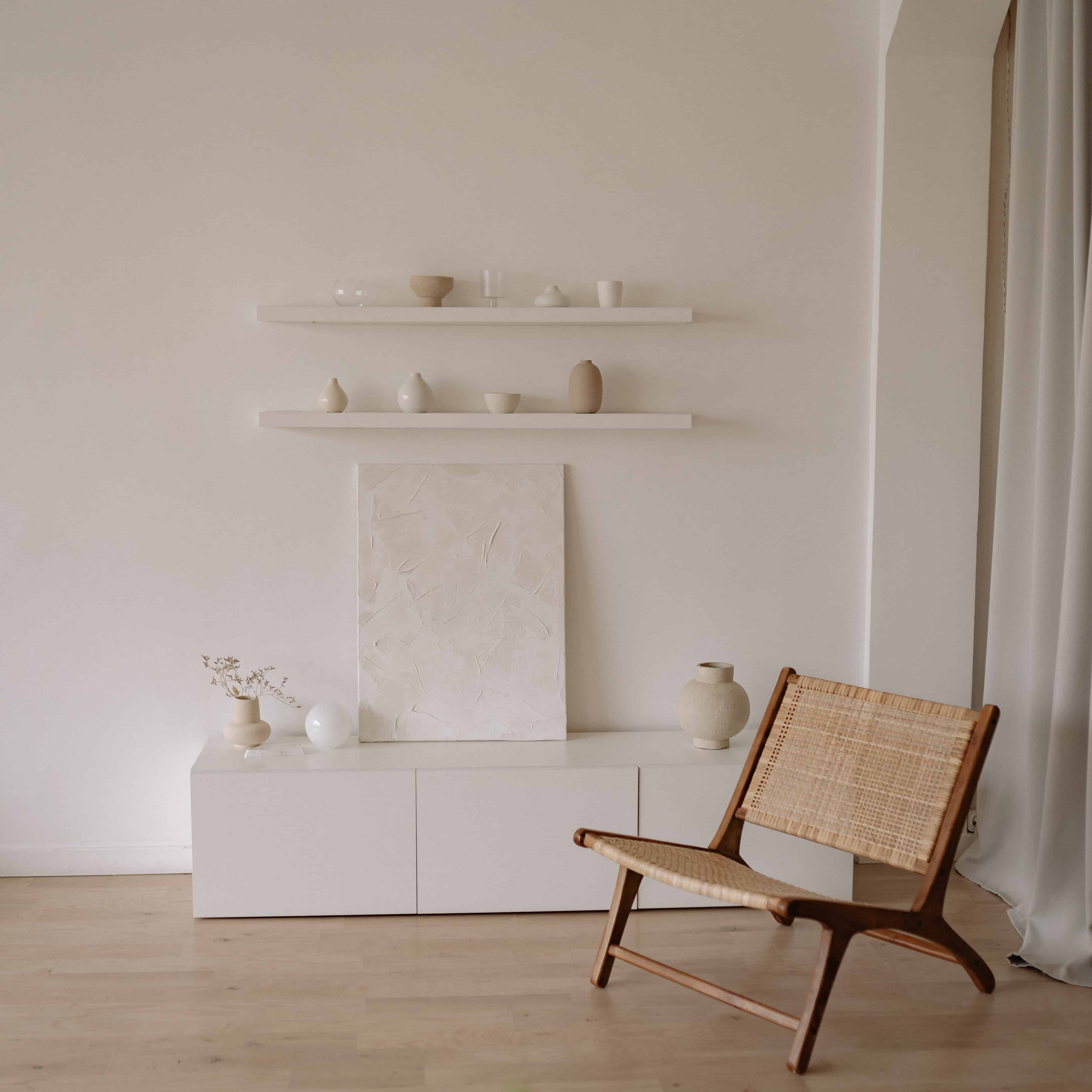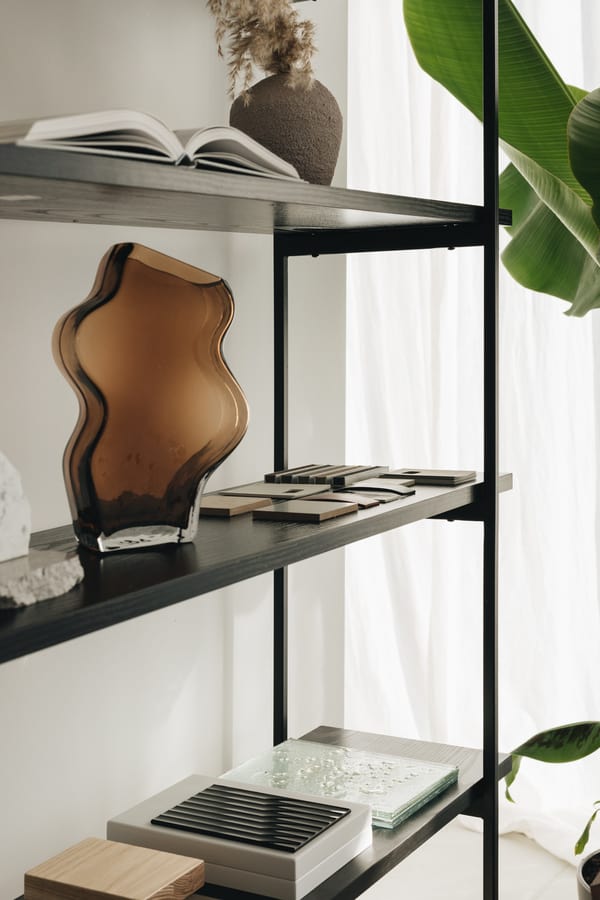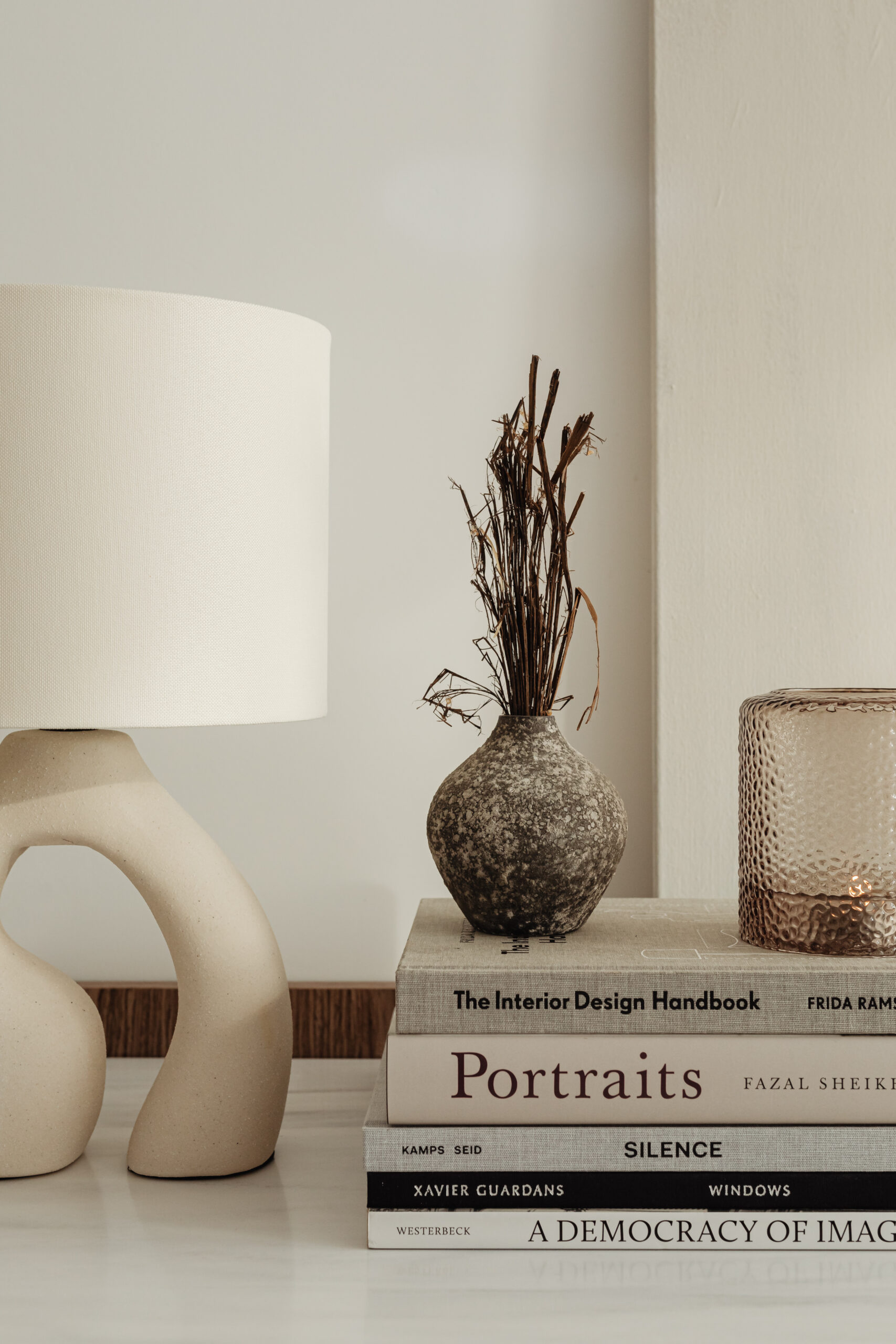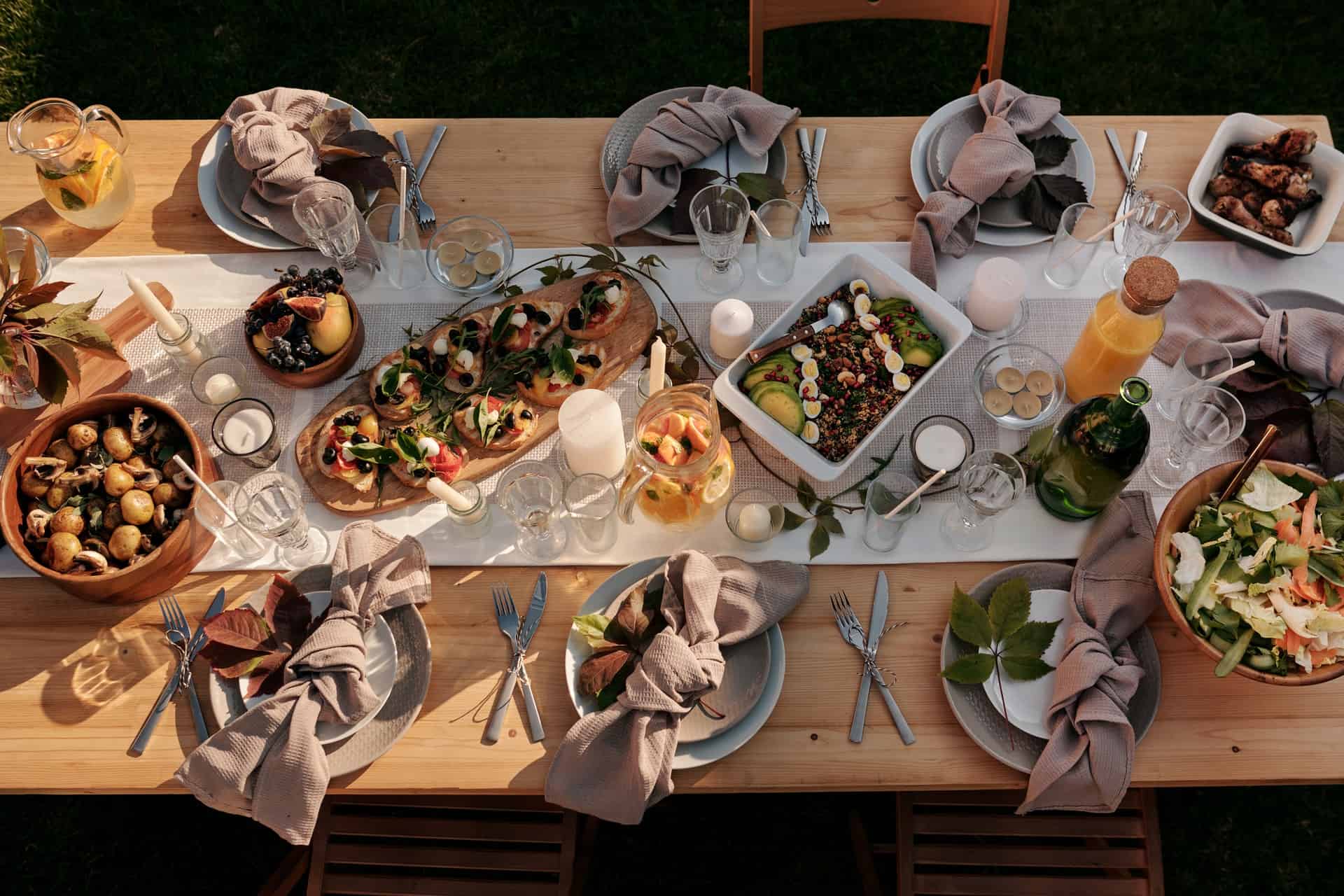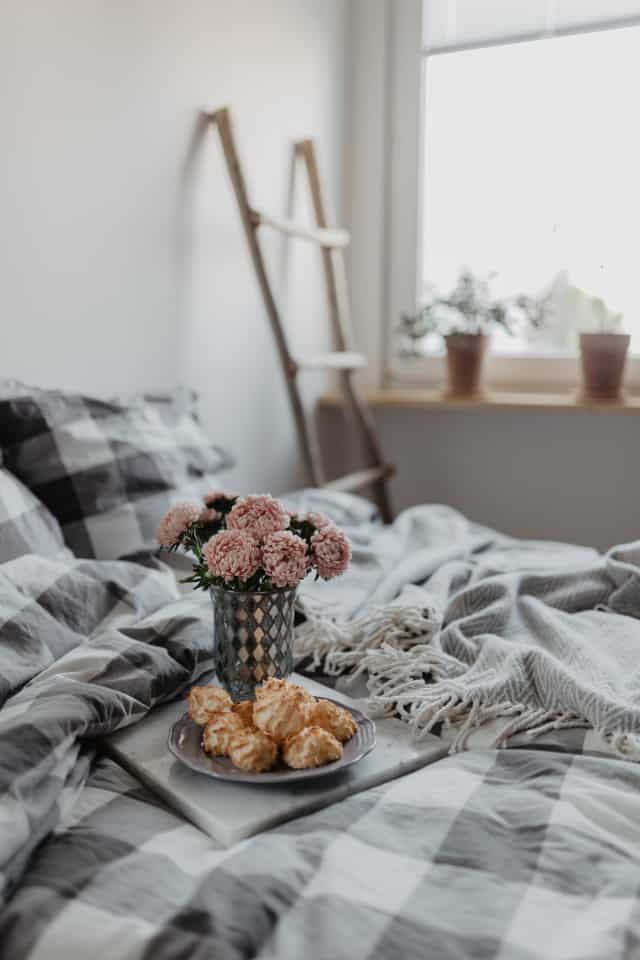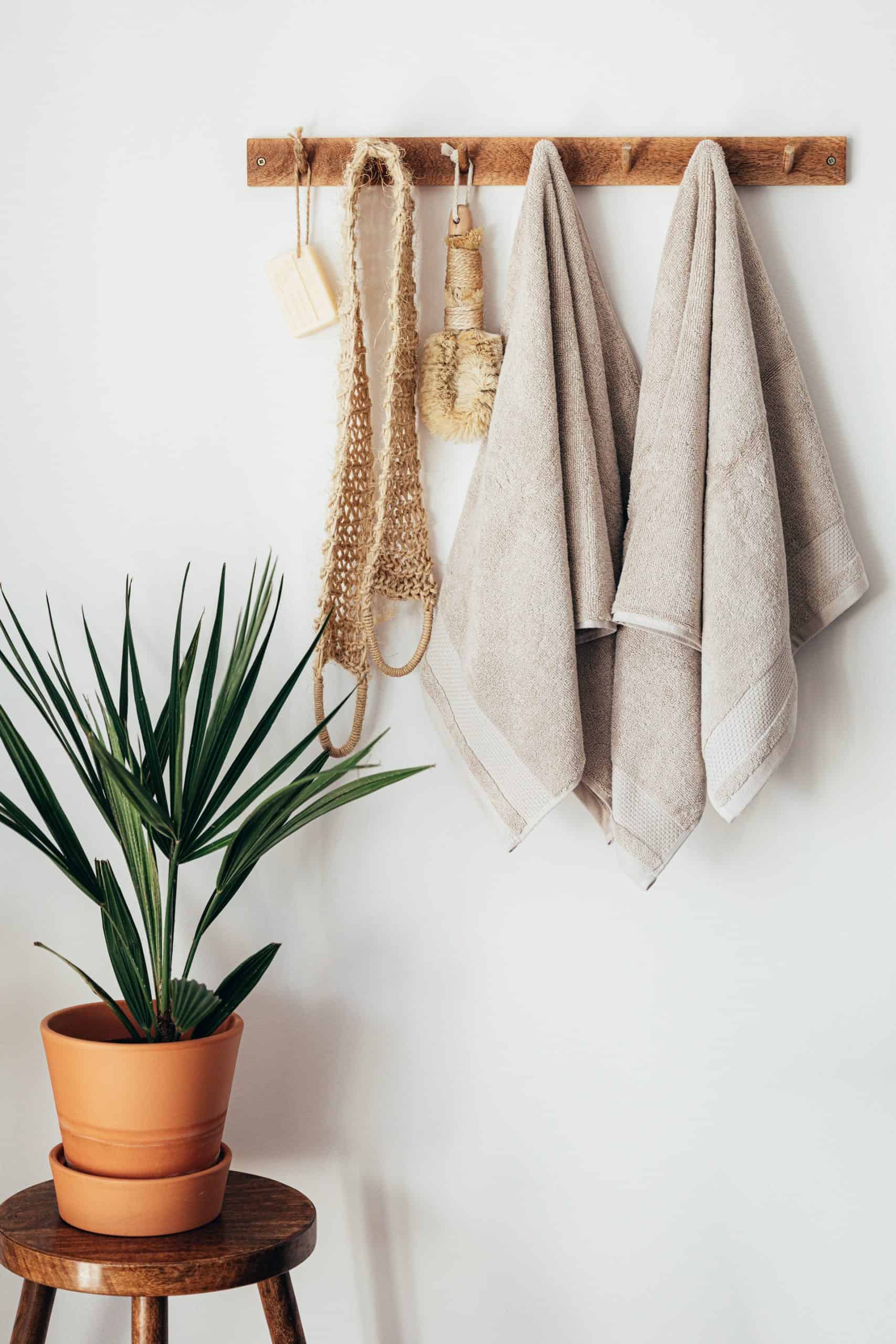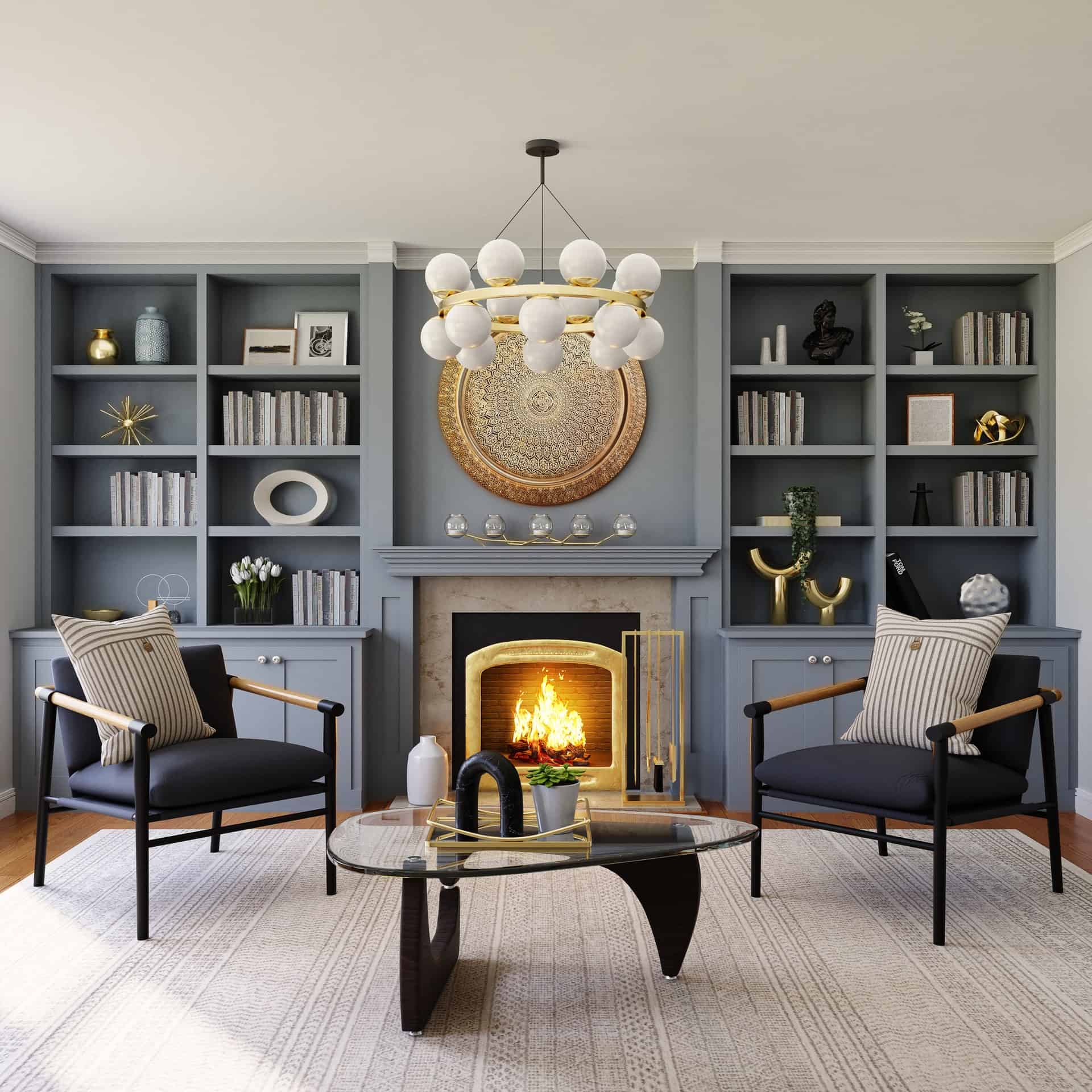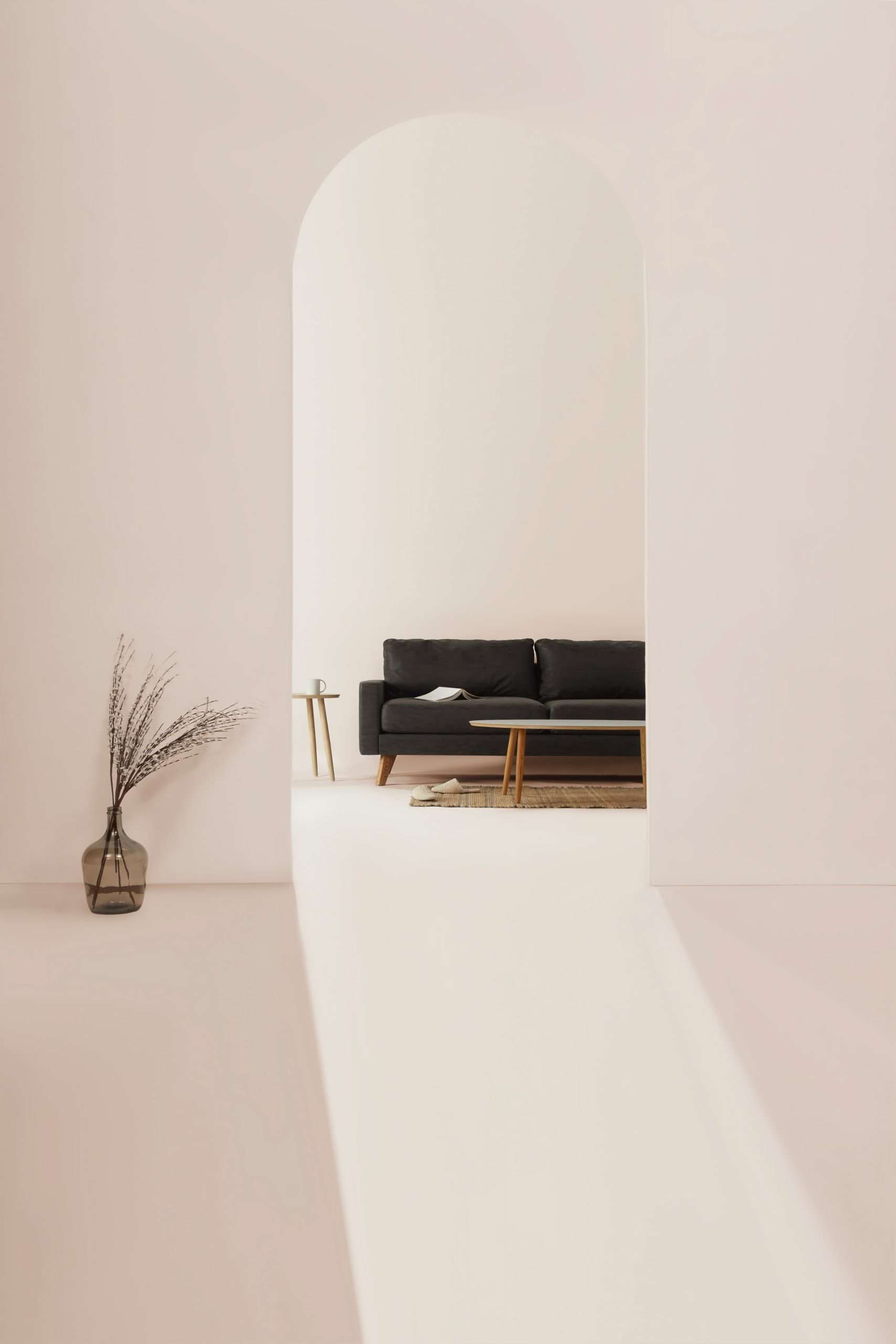Biophilic designs in interior spaces can help create spaces that are calming, soothing environments that promotes relaxation, well-being, and productivity. By bringing elements of nature into interior spaces, biophilic designs can help reduce stress, fatigue, and other health issues associated with modern living.
Biophilic designs are used to enhance interior spaces by incorporating natural elements like plants, natural colors, and materials. This design technique brings a sense of connectedness to nature, allowing for an escape from the hustle and bustle of city life and create a calming environment.
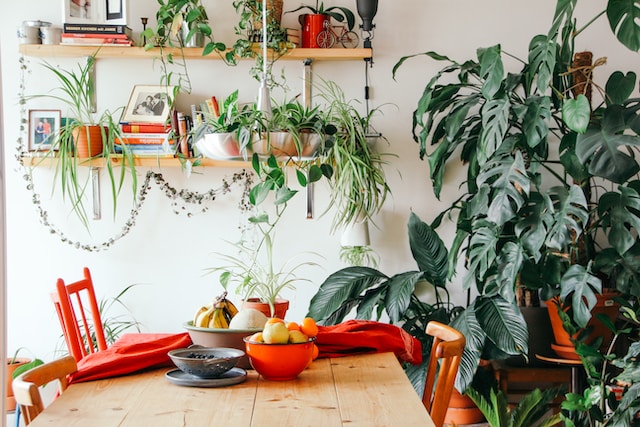
Biophilic designs and the concept of this design style is more than just bringing green spaces inside of the home. It’s an innovative approach of applying biophilic principles to spaces to create healthier, more enjoyable living spaces through the use of natural elements. This design concept includes architecture as well as interior spaces. From bringing in natural light and materials such as wood or stone, to utilizing plants or other artwork inspired by nature, biophilic designs improve the overall experience of being in a space.
Biophilic Design Is Good for Your Health:
According to research, biophilic design can also have positive effects on physical and mental health of modern society. Biophilic design is an innovative approach to creating healthier, more enjoyable living spaces through the use of natural elements. Both inteiror design and architectural design and interior design can be used to create transitional spaces that use biophilic design principles.
Transitional spaces are typically located between the inside and outside of a building, often referred to as an ‘edge space’, and they help connect people with nature. By incorporating elements such as plants, natural materials like wood or stone, and water features into these areas, it helps create an organized complexity.
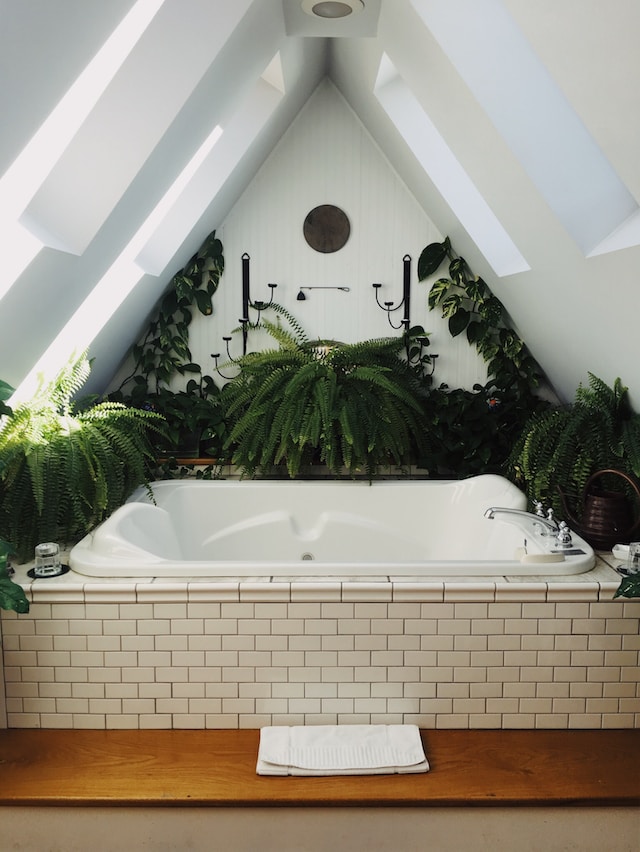
The Human Nature Connection
This type of design provides a visual and tactile experience that can be calming and restorative. In addition, it helps to create a sense of unity between the indoors and outdoors, increasing people’s connection with nature.
Natural elements like plants, natural colors or textures, and natural light can reduce stress levels and improve one’s mood. Additionally, having nature in the home can boost creativity and productivity. Check out the Nature Inside: A biophilic design guide for a better understanding.
Not only does it add an element of beauty, but research suggests that biophilic design can lead to improved productivity, better physical and mental health, and increased overall satisfaction with one’s environment.
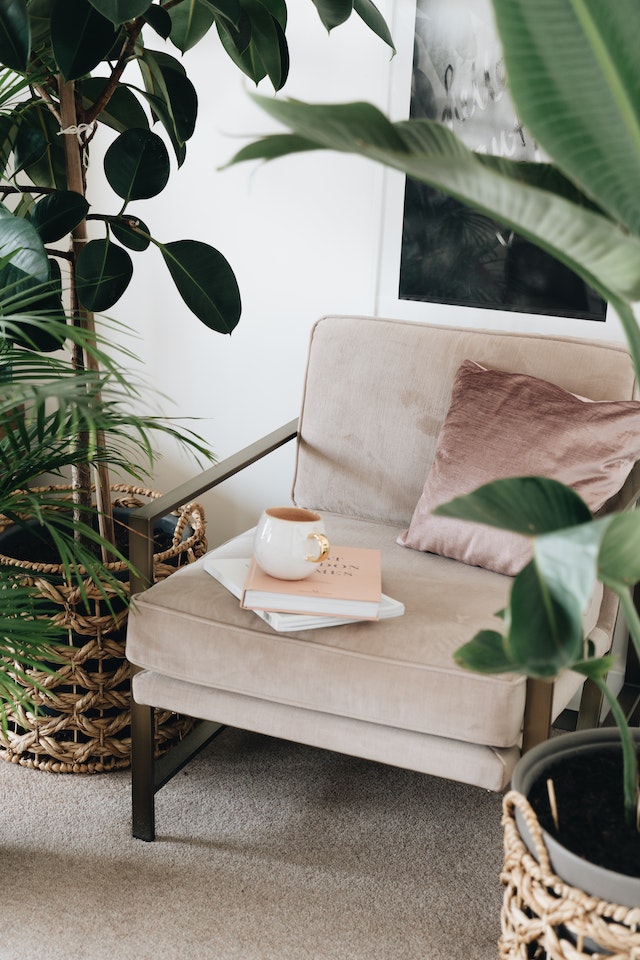
7 Easy Ways to Incorporate Biophilic Design
Biophilic design is a great way to add an element of nature and beauty to any home. It also has research-backed benefits for physical and mental health, as well as improved productivity.
Here are seven easy ways to incorporate biophilic design elements into your space:
1. Bring in natural lighting:
Natural lighting is a great way to bring in the outdoors and create a more calming environment. Try to use natural light whenever possible and opt for larger windows or even skylights if you can. The natural patterns that light is able to create in an interior space is one that is evoking of nature.
The warmth of sunlight also acts as a natural stimuli and a wonderful experience of nature. The psychological benefits of sunlight are copious and include improved energy levels, productivity and mood enhancement.
In a biophilic kitchen or a biophilic bedroom design as well as living room, these spaces can greatly benefit from natural light. Natural light in the bedroom helps promote better sleep. Research has show that allowing the body to wake up and go to sleep with the natural rise and fall of the sun helps regulate hormones, improves melatonin production and creates a more restful sleep.
Allowing for as much light as possible in living spaces also helps reduce stress, improve mood and boosts productivity. Additionally brightening up dark spaces with mirrors and light fixtures can create a cheerful atmosphere. Not to mention if you have a smaller living space, natural light will help the space appear much larger.
2. Incorporate plants:
Plants are a great way to add an element of the natural world into your home. Obviously these are incredibly important aspects of biophilic designs. Choose living plants that are easy to care for, such as succulents or ferns. Additionally someone who loves nature can also consider a vertical garden that utilizes walls or other unused spaces in the home.
Plants help purify the air and reduce stress levels so creating a biophilic wall of plants is a great way to bring in nature while also creating a calming atmosphere. Incorporating plants helps create an overall sense of well-being. This is extremely important as we see biophilic urbanism on the rise. Inner cities grow ever more crowded leaving less room for nature and peace. Therefore it is important to find creative ways to bring elements of nature into our homes.
In cities like New York and Los Angeles, houseplants have become incredibly popular. More and more are dwellers seeking that connectedness to nature. Houseplants offer a great way to bring in a piece of nature they may not have otherwise be getting.
3. Utilize natural materials:
Natural materials such as wood, jute, stone, clay, metal, wool, bamboo, etc. These materials with natural texture can be used to give a space much more dimension. Seek out sustainably-sourced home furnishing and organic materials whenever possible.
Using natural materials gives the space a much more connected feel to nature. Additionally wood is incredibly versatile and can be used for flooring, walls, furniture or accents such as picture frames. Natural stone materials such as travertine tile or limestone countertops are also great options for creating a biophilic kitchen or bath design.
Furthermore, the use of sustainable materials is gaining more significance in present times. This is due to the fact that with human evolution, there has been a decline in the quality of our natural habitat and green areas. These areas have been replaced by urban environments and modern buildings. Thus, our access to fresh air, local ecosystems, nature sounds, and overall connection with nature has been adversely impacted.
4. Introduce biomorphic forms and patterns:
Biomorphic forms are shapes and patterns that mimic those found in nature. Try adding these to fabrics, artwork, and other design elements. In Japandi interior design we also see these biomorphic forms that often see raw and a bit rough around the edges.
Biomorphic forms can be seen in things like abstract artwork, tiles that resemble tree bark or animal fur, and even furniture with curved shapes. Introducing these organic patterns into your home helps create a feeling of connection to nature.
Additionally many people find these sorts of designs calming and relaxing which is incredibly important when it comes to creating a biophilic home.
Straight lines and geometric forms can be incorporated in conjunction with more naturalistic shapes and natural forms for a balanced look.
Try adding a beautiful wicker chair, or an abstract wall painting that feature these Japandi inspired biomorphic patterns.
5. Utilize natural colors:
Natural color palettes such as muted greens, blues, and neutrals are great for bringing in the outdoors while still keeping things light and airy. Colors like these are often found in nature such as in grasses, ocean waves, or sky. Incorporating these colors into your home will help evoke a sense of calm and connection to nature.
These sort of nature inspired colors also helps keep the space from being too overwhelming or busy. Too much color can be distracting and take away from the calming atmosphere a biophilic interior should have. Look for items with earthy, neutral tones and textures that evoke feelings of nature. Incorporating these into your interior decor can create a beautiful, relaxing atmosphere.
6.Allow for natural ventilation:
Take advantage of it opening your doors or windows to allow for natural ventilation and air flow through your home. This will help create a connection to the outside. In addition, use fans or ceiling fans where possible to keep air circulated throughout the room allowing you to enjoy fresh air similar to what you would find outside.
If you have a smaller living space, but have access to an apartment balcony or outdoor space, open the doors and windows to allow for air circulation. This will help keep your home cool and fresh while also enabling you to connect with nature. Balcony spaces are great for even more of a green space to experience.
7.Add some water features:
Water features such as fountains or aquariums can bring a sense of tranquility to your living space. Not only will these elements help make your home more aesthetically pleasing, but the sound of running water is known to be incredibly calming and soothing.
Having a small water feature in your home can also help you relax after a long day. Fountains, waterfalls, humidifiers, etc. Even aquariums can also be filled with colorful, exotic fish that add a bit of life to your living space. Additionally water features help create a feeling of ecological attachment and connectedness to nature in the home.
Including water elements in your living spaces can help create a natural, calming environment which is synonymous with biophilic spaces. It is natural for humans to seek out spaces that feel relaxing and natural, and water can help achieve this.
Biophilic interior designers work to create spaces that mimic both natural environments and natural landscapes inside of interior spaces. The human connection to nature is more than just about design, but it’s also a movement and will always be a strong one. Additionally the direct and indirect experiences that humans have with the natural one is on that will continue to make biophilic built environments an important one.
-
The Rise of Rich Browns in 2024 Interior Design Trends
In the realm of interior design, the pendulum of color trends is always swinging. For 2024, it firmly lands in the warm and inviting sphere…
-
Entering the Cozy Era: Moody Colors for Small Spaces
Are you someone who loves to stay ahead of the curve in home décor trends? If so, this is the moment you’ve been waiting for…
-
9 Design Trends That You’ll Love In 2024: A Closer Look
The world of design is an ever-evolving landscape, with new trends constantly emerging. As we approach the year 2024, it’s important to take a closer…
-
Cozy Dinner Ideas For Holiday Gatherings
Forget about having to limit your social life this season just because you have a small home! Today I’m sharing some cozy dinner ideas and…
-
7 Midcentury Modern Chairs from Amazon
One of the key characteristics of mid-century modern design is its versatility. Its clean, simple lines and functional approach can elevate any space. Whether it’s…
-
Warm Autumn Colors To Cozy Up Your Home This Fall!
So autumn is officially here and it’s time to cozy up your home for the fall with some warm autumn colors! And while there are…
-
The Power of Functional Interior Design
Functional interior design is incredibly important in smaller living spaces as it can help to maximize the use of limited square footage. Designing with a…
-
Embracing Fall Home Decor Trends for 2023
Fall is arguably the most beautiful season, with leaves changing color, crisp air, and a cozy feeling that’s hard to resist. It’s also a great…
-
Effortlessly Chic: Mastering Parisian Modern Style In Your Home
If you’re looking to add a touch of Parisian modern chic to your home, look no further! Uncover the art of effortlessly embodying the chic…
-
16 TIPS TO REDUCE ANXIETY IN SMALL LIVING SPACES
Living in small living spaces can be cozy and convenient, but it can also present challenges that take a toll on your mental health. Whether…
-
Elevate Your Home Decor with the Best of Zara Furniture Summer 2023
As far as home furnishing shops online, Zara furniture can be described as stylish, contemporary, and of high quality. The brand offers a wide range…
-
Dark Accent Wall: Create Depth and Drama To Small Spaces
Looking to transform your small home into a cozy sanctuary with a touch of drama? Consider the power of a dark accent wall. While light…
-
Small Kitchen Ideas on a Budget:
If you’re working with a limited budget, there’s no need to compromise on style and functionality when it comes to your small kitchen. With some…
-
Your Guide To Coastal Interiors
When it comes to creating a serene and inviting space, beachy aesthetics and coastal interiors are all the rage this summer in interior design. Coastal…
-
Embracing Minimalist Furniture:
In the fast-paced world we live in, there’s a growing appreciation for simplicity and minimalism in interior design. Minimalist furniture continues to play a crucial…
-
Creating a Minimalist Aesthetic in Your Home
Are you looking to decorate your home with a minimalist aesthetic? Minimalism is an increasingly popular interior style that focuses on simplicity and functionality in…
-
Bring Your Small Space Dreams to Life with 3D Room Design!
Want to elevate your small living space, but don’t know where to start? Let’s do it together! I’m now offering small space dwellers the ability…
-
8 Space Planning Tips for Moving into a Smaller Living Space
Moving into an apartment and smaller living space can be a daunting task. But with the right space planning tips it doesn’t have to be!
-
6 Functional Ways To Divide A Room Or Studio Apartment
There are a lot of ways to divide a room or a living space in a studio apartment, more functional ways in fact! Outside permanent…
-
9 Types Of Candles That Double As Decor
When it comes to candles, there are numerous types of candles available on the market. So I’m going to share the different types that double…
-
7 Ways To Utilize Biophilic Designs In Interior Spaces
Biophilic design is an innovative approach to creating healthier, more enjoyable living spaces through the use of natural elements.
-
Colorful Minimalism Is Trending And Here’s Why
We’ve all seen the various types minimalism that exist in interior design. From the stark white walls and modern lines of Scandinavian minimalism, to the…
-
Why We’re Saying Bye To Beige And Hello To Colorful Home Decor
This Spring, we’re obsessing over colorful interiors and the best color trends 2023 has to offer. And the latest colorful home decor trends are all about…
-
8 Ways Scandi Design Masters The Use of Color In The Home
Looking to add more personality and color to your home? Consider Scandinavian interior design as a guide to color. With well-placed accents and pops of…
-
24 Functional Storage Ideas For Small Bedrooms On A Budget
If you’re a young home decorator in search of small bedroom storage ideas on a budget- then you’ve come to the right place! Read on…
-
15 Top Names of Interior Design Styles
You want to start thinking about your home’s interior design style more seriously but you’re not a designer and don’t know what style you like.…
-
5 Amazing Small Space Accent Wall Ideas
There are plenty of ways to make a statement in even the smallest of spaces. Creating an accent wall in a small room or space…
-
How To Create Separation In A Studio Apartment
If you’ve opted to live in a studio apartment, then you may be interested in some ideas on how to separate living spaces. Or it might…
-
10 Dreamy Apartment Balcony Garden Ideas
If you’re an urban dweller with limited outdoor space, you don’t have to miss out on the joys of nature. With a little creativity and…
-
10 Ideas For A Small Home Library
Small home libraries are some of my favorite spaces to see designed by any interior designer and home decorators. Book display design can add so…
-
Perfect Your Balcony Garden This Spring
It’s that time of the year when the birds are singing and the flowers are blooming. What better time to add some life to your…
-
10 Best Seats for Small Spaces
When it comes to finding interior worthy seats for small spaces, there are plenty of options to choose from.
-
Make Your Own Chic DIY Bedside Table
Looking to add a touch of style and sophistication to your bedroom while also saving some money? Look no further than making your own chic…
-
Luxury Home Items That Are Actually Affordable
Do you ever wonder how you can make your home look more expensive than it is? Well today I’m sharing some home items and home…
-
Design a Luxurious Small Bedroom
Designing a luxurious small bedroom can seem like a real challenging and expensive task. But, it’s not impossible! In fact, there are many ways you…
-
ELEVATE YOUR SPACE: My Guide + Workbook Available Now
If you’re like most people, you probably dream of having a spacious home with plenty of room to grow. But the reality is that many…
-
13 Room Divider Ideas For Studio Apartments
When you live in a studio apartment the lack of square footage can be challenging. Between trying to figure out how to make it look…
-
The Bold But Timeless Squiggle Lamp
Designer Oscar Piccolo is bringing bold aesthetics and timeless design sensibilities to modern interior enthusiasts with his awe-inspiring squiggle lamp.
-
16 Stylish Small Table Lamps
When it comes to small table lamps, there are a lot of different options to choose from. You can go with something classic and traditional,…
-
22 Ways To Make Your Home Smell Amazing
There are a myriad of ways to make your home smell amazing. From your choice of home fragrance to creating your own fragrances, your house…
-
The Candle Warmer Lamp Trend Is Putting A Spark In Home Decor
If you’re like many people, you may have noticed the candle warmer lamp trend popping up all over social media lately. And you may be…
-
From Self Care At Home Rituals To A Home Fragrance Business
For many, home is a refuge away from the pressures of everyday life, a place to relax and unwind. However, taking genuine time to ourselves…
-
14 Genius Tips For Small Spaces
Today we’re looking at all of our best decorating tips and tricks to help elevate small spaces in your home. Here at Jipsē Co Studio, we’re big believers in small space,…
-
60 Ways To Declutter Your Home
Do you feel like your home is cluttered and crammed? You’re not alone! Many of us struggle to keep our homes tidy and organized, especially…
-
New Luxe Homewares At Zara Home
If you’re looking for some luxe homewares to take your home to another level, then you’ll definitely want to check out Zara Home right now.…
-
Brilliant DIY Projects and Hacks For The Home
If there’s one thing the home decor community loves the most, it’s DIY home hacks. Projects for home decor and home improvement are trending and…
-
10 Elements of Interior Design That Go Against The Norm
In design, like in life, expression can be a form of rebellion. And in interior design, rebellion may be design and home furnishing choices that…
-
Minimalist Room Dividers That Are Super Chic
When you live in a small home like a studio apartment, it can be hard to distinguish areas for work, sleep, and unwinding. So installing…
-
Elevated Homewares To Keep Your Eye On
Are you looking to evolve your home decor situation in the new year? Well if that’s your goal then lucky for you today I’m sharing…
-
Transform Your Small Kitchen into Something Extra Special
Do you need some inspiration to transform your small kitchen from drab to fab? Look no further-we have four clever tips to help freshen up…
-
The Chrome Finish Is Back And It’s Sleeker Than Ever
Do you feel like your home is starting to look a bit stale and uninspiring? Well, it’s time to give it some extra flair! By…
-
8 New Year’s Resolutions That Will Keep You Loving Your Home
The New Year is a time for reflection, new beginnings, but also a time for elevating our current situations to another tier. This includes our…
-
3 Stunning Interior Design Trends Here To Stay in 2023
I always love to see just what interior design trends are on the rise for the new year! Today I want to share a few…
-
12 Small Space Decorating Mistakes To Leave In 2022
We’re halfway through December and I thought I’d share some common small space decorating mistakes and design dilemmas that you definitely don’t want to take…
-
Amazing Home Decor Gift Items Under $50
Last week I shared some of my favorite home decor gift items under $25 from a popular online retailer. This week I’m sharing some more…
-
Chic Home Decor Gift Ideas Under $25!
Shop our favorite decor gift items for any occasion! Whether you’re looking for Christmas home decor or general home decor gifts for the holiday season,…
-
13 Best Tips For Small Living Room Layouts
If there’s one thing that I’ve learned about living in small spaces over the years, it’s that there’s got to be any easy flow happening…
-
9 Amazon Home Finds That Will Elevate Your Space
If you’re looking for an affordable way to elevate your home, then don’t sleep on today’s Amazon home finds! Amazon is a treasure trove for…
-
The 10 Most Iconic Chair Designs of Danish Furniture
If you read my previous post, then you know I recently took a trip to Copenhagen. That got me thinking about some of the most…
-
A Week Exploring Danish Design In Copenhagen
A couple of weeks ago I was lucky enough to return to both Sweden and Denmark to simply really just over indulge in coffee, pastries…
-
Curved Furniture Design: Do’s and Don’ts
You don’t have to walk into a furniture shop to notice that curved furniture design is the latest furniture trend to hit the market. Today…
-
The 10 Best Tips For Living A Clutter Free Life
If you’re like most people, your house is full of clutter and stuff. You might not even realize it, but every time you walk into…
-
The 5 Best Home Furnishings to Invest In
This post may contain affiliate links Investing in interior design can be costly. But today we’re sharing some of the best home furnishings we think…
-
Hot Luxury Home Trends In 2022
If you want to stay ahead of the curve, then you might be curious about which luxury home trends have been at the top of…
-
3 Wonderful Reasons To Thrift Home Decor
Curating unique and beautiful homewares with a story is easy if you thrift home decor from your local store the next time you’re looking for…
-
Great Room Divider Ideas To Create Privacy In Small Spaces
With the rise of urban living and smaller dwelling units, the need for both multifunctional spaces and intimate spaces at home are great. Today we’re…
-
Homewares That NEVER Go Out Of Trend!
There’s something about certain types of homewares that make them timeless. They always look chic, they never go out of style and are always an…
-
Multipurpose Furniture: Versatile Pieces for Every Room
Do you ever feel like your home is cluttered and cramped, even though you don’t have a lot of furniture? This is a common problem…
-
10 Functional Interior Design Ideas for Small Spaces
When it comes to creating a stylish but functional interior design, every inch of space counts. And while small spaces can be so challenging –…
-
6 Aesthetic Dorm Room Must-Have Items
So the summer’s half way through and you want to start planning for your new dorm room experience. You’ve seen all the pictures of aesthetic…
-
16 Best Books To Learn Interior Design
Today we’re sharing some of the best books to learn interior design. Are you looking for some inspiration to help you design a room or…
-
27 Best Coffee Table Books To Add To Your Space In 2022
Coffee table books are a great way to elevate your space in your home. Not only do they double as book decor, but they can…
-
Choosing The Right Studio Apartment Floor Layout
Choosing the right studio apartment floor layout is important when moving into a smaller space. Decorating and living in a studio apartment is no challenge…
-
Where To Shop For Amazing Boho Homewares
Last week we shared some of our favorite bohemian characteristics, home trends and design elements to add to your home. This week we’re diving into…
-
10 Boho Trends For A Chic Laid Back Home this Summer
Looking to add a touch of chic boho style to your home? Check out these fun and stylish boho trends you can follow for a…
-
5 Ways Mirrors Can Maximize A Space
Mirrors are hands down one of the best ways to elevate your small living space. Not only do they give the optical illusion that a space is larger than it is, but it also can create a more open and airy atmosphere. In todays post we will explore four ways that you can best utilize…
-
The Best Studio Apartment Layouts
The best way to find the best studio apartment layout or any small living space for that matter is to visualize your day-to-day life…
-
Mid Mod Decor Items That Will Add Some Retro Flair
Last week we gave you some mid mod decor and interior inspiration, this week we’re showing you how to to add some midcentury modern features…
-
Elevate Your Apartment With Self Adhesive Products
When you live in an apartment it can be hard trying to elevate your interior style when the space is outdated. In today’s article we’re…
-
A Weekend of Chic Interiors At The Hoxton Boutique Hotel
With rooms and public spaces inspired by a modernist interior design aesthetic that peaked in the 1960s, The Hoxton boutique hotel in Portland Oregon is…
-
Declutter Your Home Fast With These Tips
It’s easy to get overwhelmed by clutter, especially when you live in a compact home. But don’t despair! There are easy steps to organizing your…
-
12 Fantastic Tips To Furnish Your Home On A Budget
Decorating your home when money is tight can be challenging. However, here at Jipsē Co Studio, we’re big believers in creating your dream home in…
-
Tips For Decorating With Sustainable Home Furnishings
Are you looking for ways to style your home in a more sustainable way? If so, you’re in luck! In this blog post, we will…
-
Breathe Life Into Your Space With Biophilic Interior Design
One of the most exciting interior design trends in recent years is biophilic interior design, and it’s trending green for a whole other reason! This…
-
12 Chic Ways To Add Storage At Home With H&M Home Decor
If you live in a small apartment, then you know that maximizing space with storage at home is key. That’s why we think these storage…
-
Best Ikea Finds For Small Apartments 2022
IKEA is a great place to shop for all of your small apartment necessities at a reasonable price. However, with so many products on offer…
-
Best Homeware Products To Shop This Spring!
Ready to give your home a fresh update for the Spring season? Check out these must-have homeware products that are perfect for sprucing up any…
-
Easy Ways Spruce Up Your Small Balcony
This time of year, everyone deserves to enjoy the sunshine and flowers, even if it’s just from the small balcony apartment garden. We’ll give you…
-
Easy Ways To Add Spring Home Decor
It’s that time of year again, when the weather begins to warm up and we all become inspired to spruce up our homes with some…
-
5 Lessons Japandi Style Teaches Us
Japandi style interior design is a perfect combination of Japanese minimalism and Scandinavian simplicity. Japandi encourages us to reduce clutter in our homes and create spaces that are functional yet serene. Keep reading to learn more!
-
15 Beautiful Kitchen Must Haves From Anthropologie
If you’re wondering where to look for those small kitchen must haves, then today we’re sharing our top picks from Anthropologie Home. You can elevate…
-
12 Genius Ideas To Maximize Your Small Entryway
If you’re looking for some small entryway ideas to elevate your small living space upon entry, then keep reading! An entryway or a foyer as…
-
How To Use Light In Small Spaces
Making impactful moves when it comes to small spaces and your interior decor is possible and can be done. Using lighting techniques in your small…
-
13 Chic And Compact Home Gym Equipment
It can be an adjustment maintaining your routine or lifestyle when you have less space to work with. Working out is one of these things…
-
4 Great Ways Art Can Transform Small Living Spaces
When you live in small living spaces, you’re always looking to make an impact with minimal effort. Incorporating art decor into your interior style can…
-
18 Ways To Make Your Small Bathroom Feel Luxurious
When it comes to making your small bathroom feel luxurious there are a few things that you can do to elevate the space. Small spaces…
-
7 Ways To Create A Stylish Cozy Corner In Small Spaces
Having a small cozy corner somewhere in your home is nothing short of a little godsend in this day and age. It’s where we find…
-
10 Easy Upgrades For Your Small Apartment
So you want to make your apartment look more up-to-date, contemporary and refreshed, but don’t know where to start? Today we’re sharing ten easy upgrades…
-
20 Best Sofas For Compact Living
It can be daunting trying to pick the best sofa for small living spaces and also trying to add to your interior decor as a…
-
2022 Interior Design Trends We’re Loving
As we’ve spent the last year and a half confined to our homes, a growing desire to elevate our living spaces is evident in interior…
-
4 Inspiring Scandi Styled Studio Apartments
As more and more individuals opt for studio apartments or smaller living spaces, the question of decorating becomes a lot more common. How do you…
-
30 Brilliant Storage Ideas For Small Apartments
When you live in a small apartment the lack of space can make it hard to know where to put all of your things. But…
-
8 Hacks To Fake High Ceilings And Elevate Your Space
If you’re living in a small apartment chances are your ceiling is anywhere from 8-9 ft high. So how do you fake high ceilings when…
-
10 Ways To Decorate A Small Space Like A Boutique Hotel
If you’re stumped when it comes to decorating your small apartment, you might want to take some inspiration from a boutique hotel room or suite.…
-
14 Affordable Home Decor Places To Shop
So you want to elevate your home decor, but trends aren’t exactly showing you any affordable home decor options. So where exactly do you look…
-
10 Ways To Organize A Studio Apartment To Maximize Space
There are many challenges to living in a studio apartment. But there are equally many ways to organize a studio apartment to maximize the square…
-
10 Small Apartment Accessories You Didn’t Know You Needed
Just because you opted for a small apartment, doesn’t mean you should forgo the cool home accessories. There are so many ways to enjoy small…
-
10 Of The Best Home Decor Gift Ideas For Interior Lovers
We’re kicking off the season with some of the best home decor gift ideas for interior lovers! Check out our favorite picks for the interior…
-
Best Interior Amazon Finds With Links
It’s so incredibly exciting to know that some of the best modern interior finds are not only affordable but easily accessible on Amazon. Today we’re sharing some of the best interior Amazon finds with links so stay posted!
-
Our Black Friday Homeware Deals Roundup
Today we’re sharing some of the hottest Black Friday homeware deals from some of our favorite interior and homeware retailers. If you’re looking to spruce…
-
Tips For Throwing A Dinner Party In A Small Apartment
If you read our previous post you’re probably in need of some tips for throwing a dinner party in a small apartment. Today we’re sharing some of our best tips so you can throw a hassle-free, stress-free dinner party this holiday season.
-
The Best Dining Tables For Small Spaces
If you love to host dinner parties during the holiday season then you’ll want to look at today’s roundup! Today we’re sharing some of the best dining tables for small apartments.
-
Create A Spa Bathroom With Zara’s New Spa Collection
If you’re looking to create a spa bathroom, then Zara’s New Spa Collection at Zara Home is an absolute must! Zara Home has recently launched…
-
Best 6 Principles of Interior Design For Small Spaces
The fundamental principles of interior design are key to designing any space big or small. So today we’re showing you why these 5 principles of interior design to help you get started today!
-
6 Reasons To Pick Neutral Colors For Your Small Apartment
Neutral paint colors go with everything making them the hottest color family in 2021. Today we’ll give you five examples of why and how neutral paint colors can work in your interior in every way.
-
4 BIG Ways To Elevate Your Space With Renter-Friendly Upgrades
Today we’re giving you easy renter-friendly upgrades tips to help you elevate your space right from the start! So it’s your first apartment and you don’t know where to start first. Well before we even think about furniture and figuring out what’s your interior design style, let’s start with the foundation. By working on the…
-
The Best Coffee Table Styles For Your Small Living Space
There are many coffee table options for your small living space. I’m a true believer that you don’t have to swap out style for functionality when it comes to furniture. There are plenty of ways to get what you need out of a piece of furniture without having to go the boring bland route. Living…


